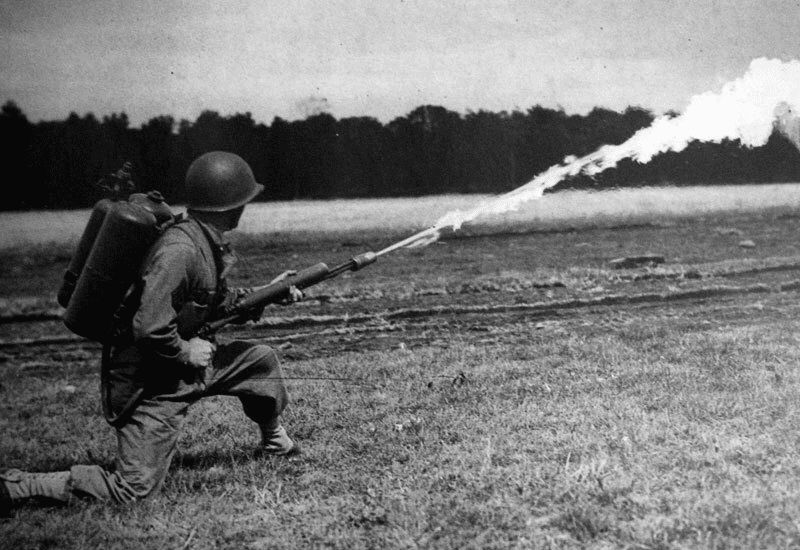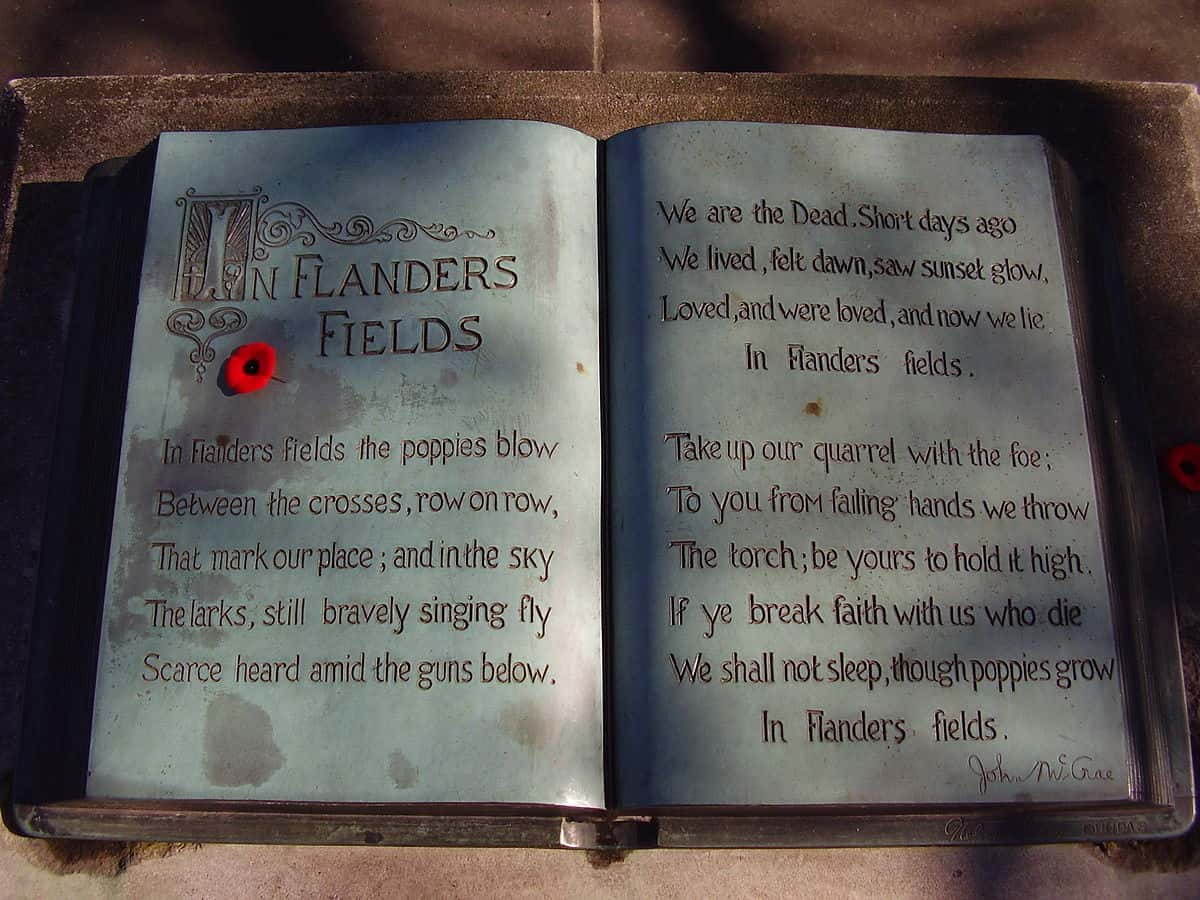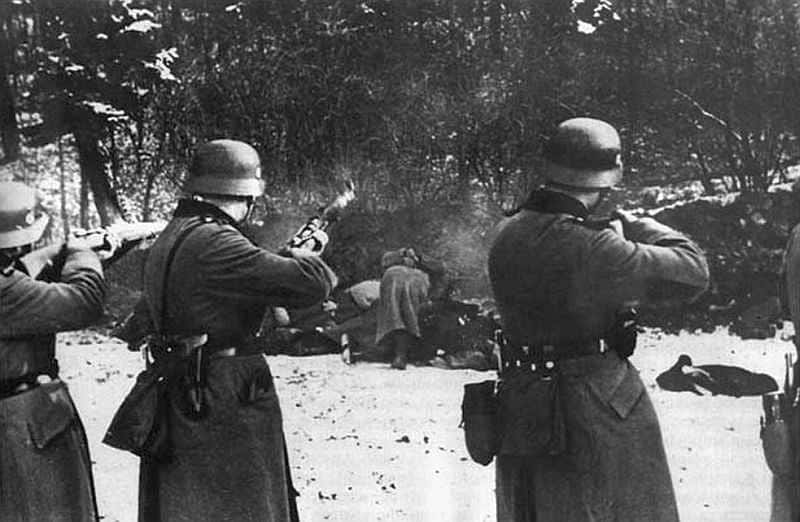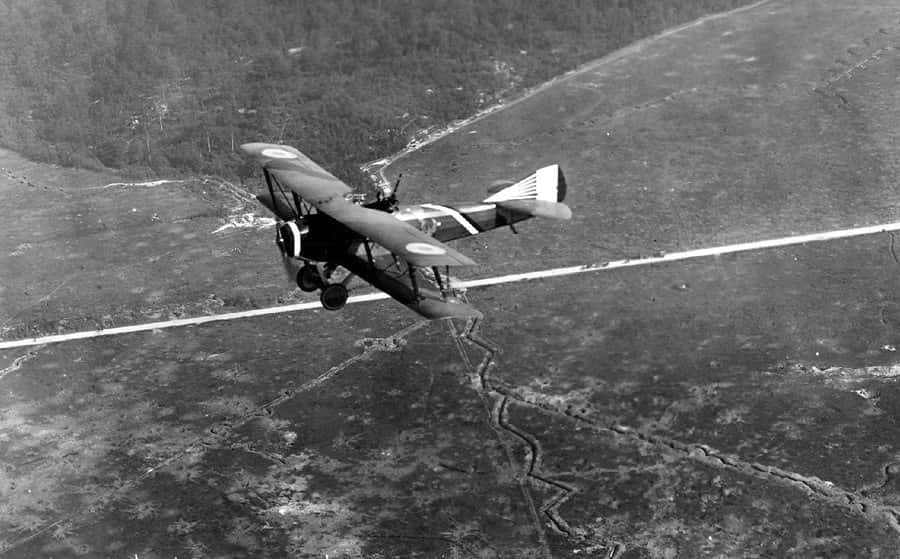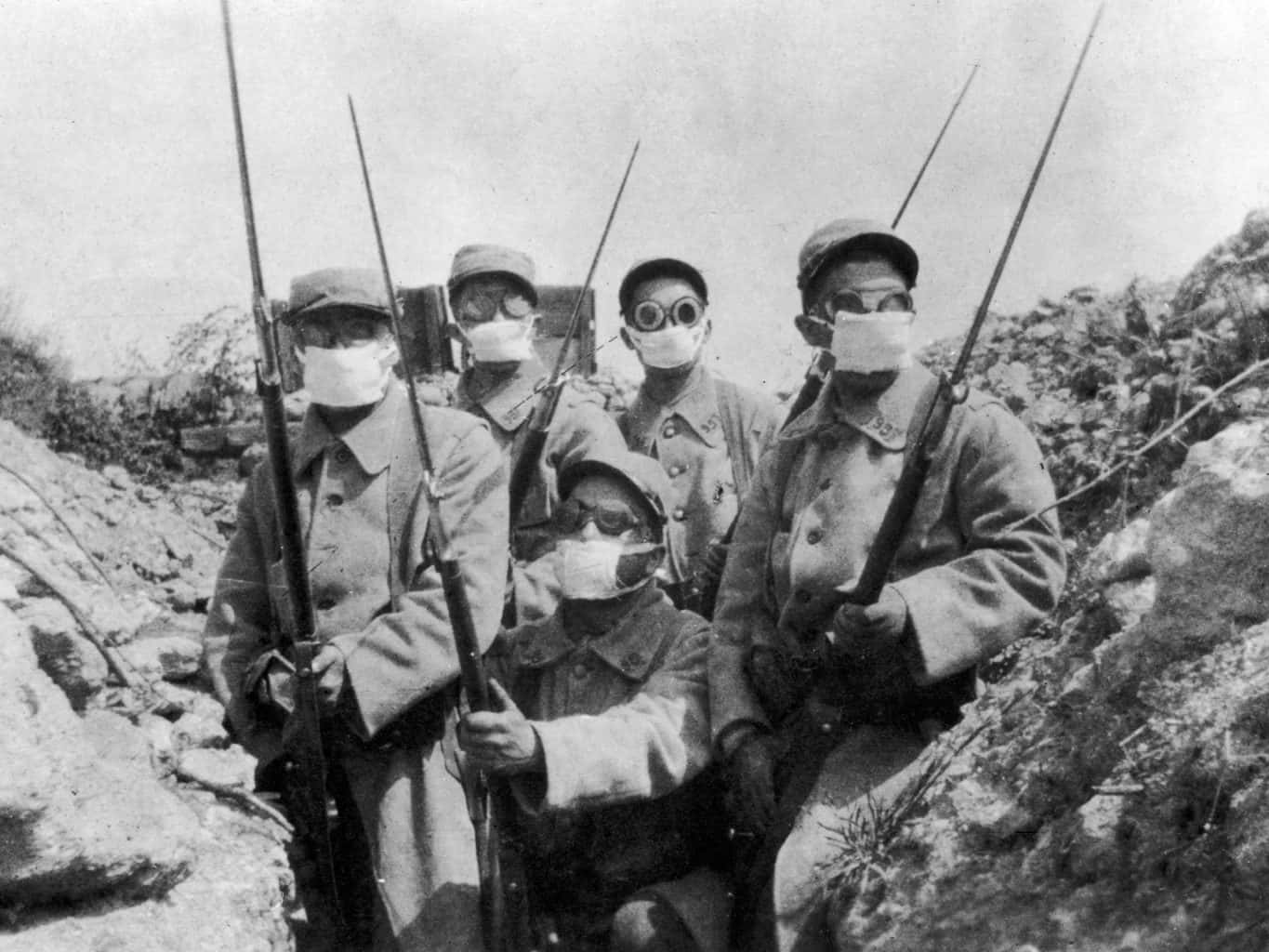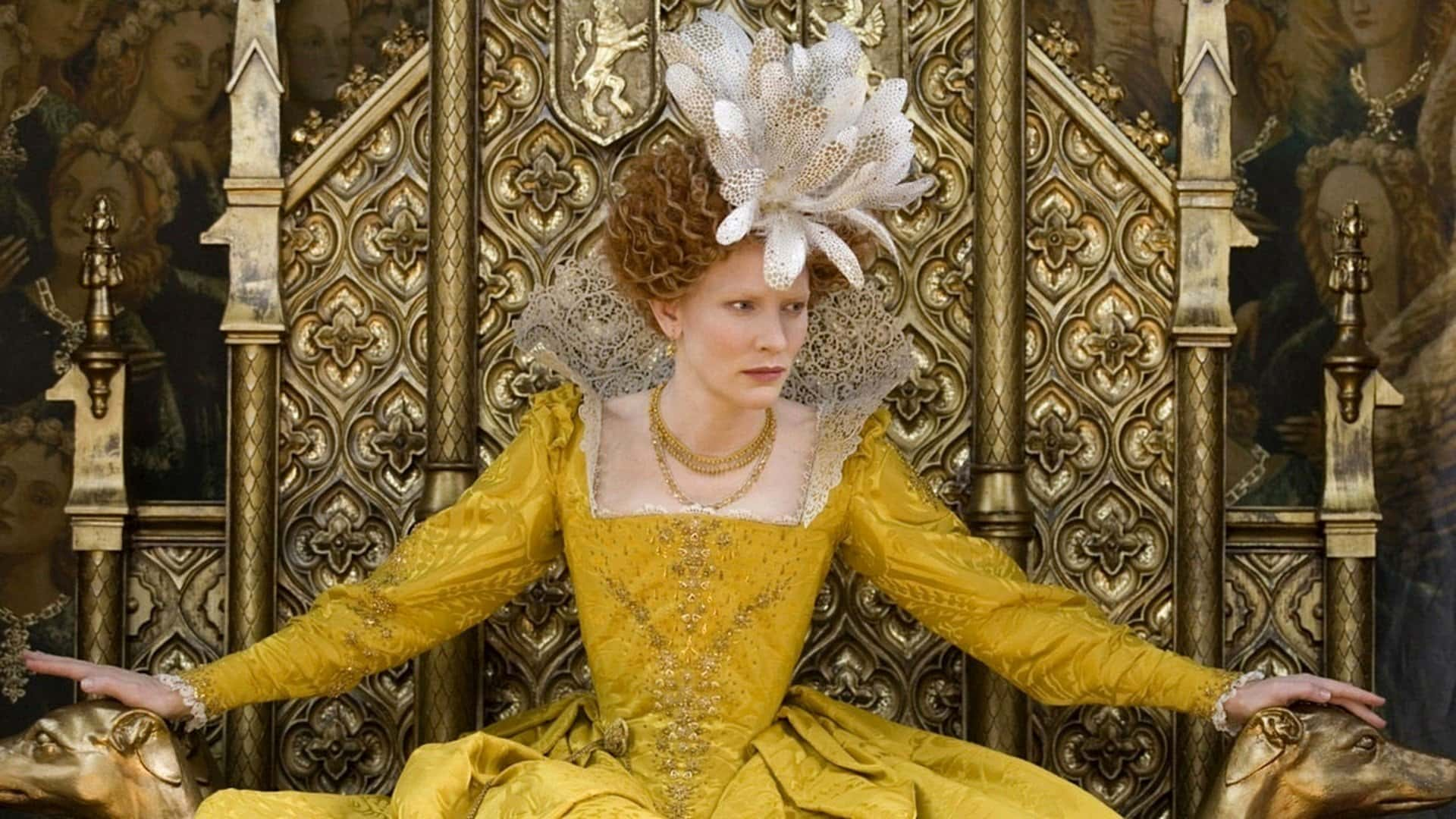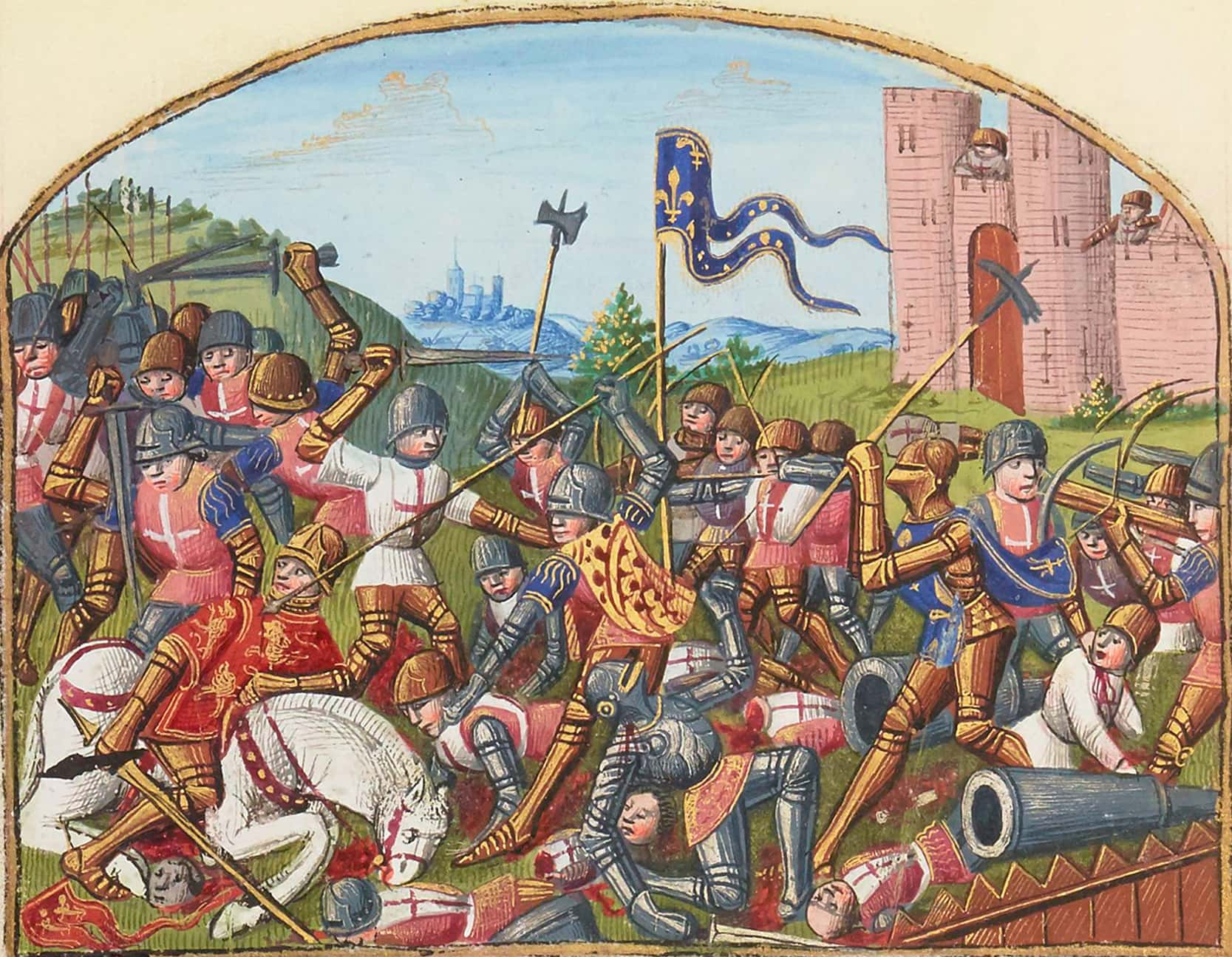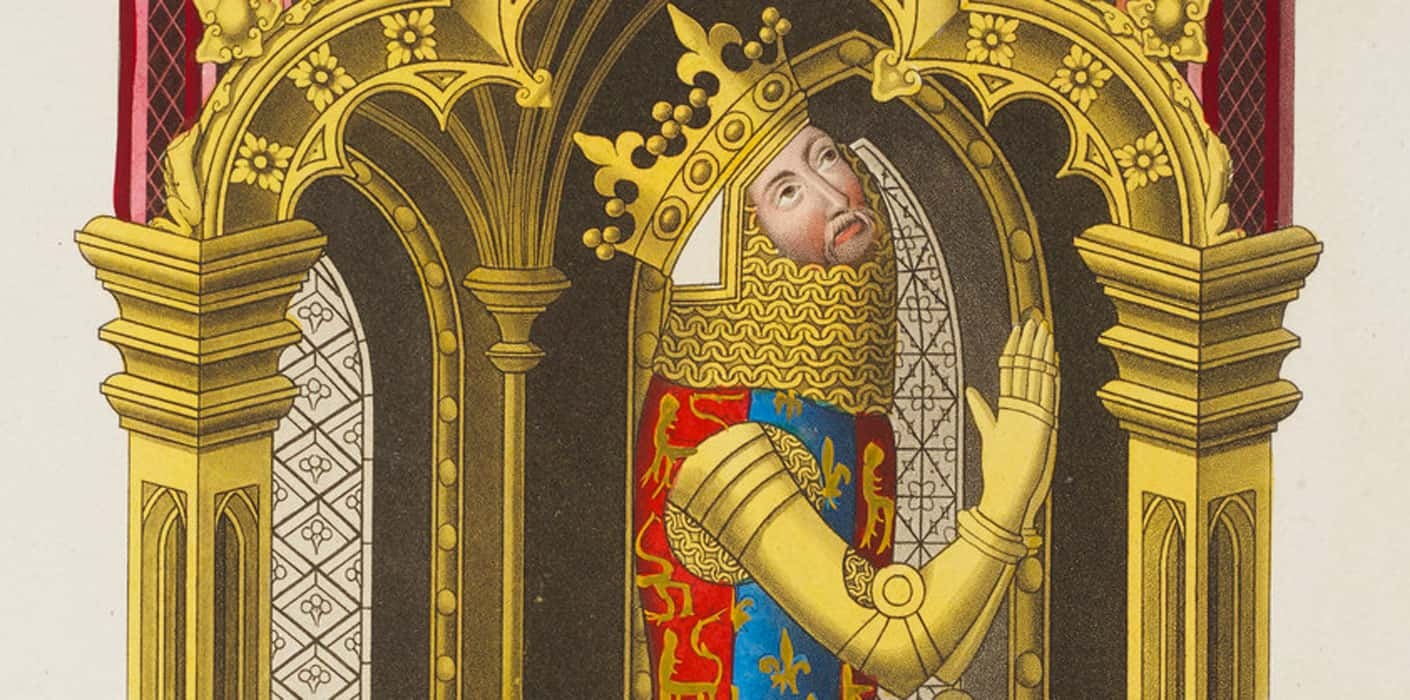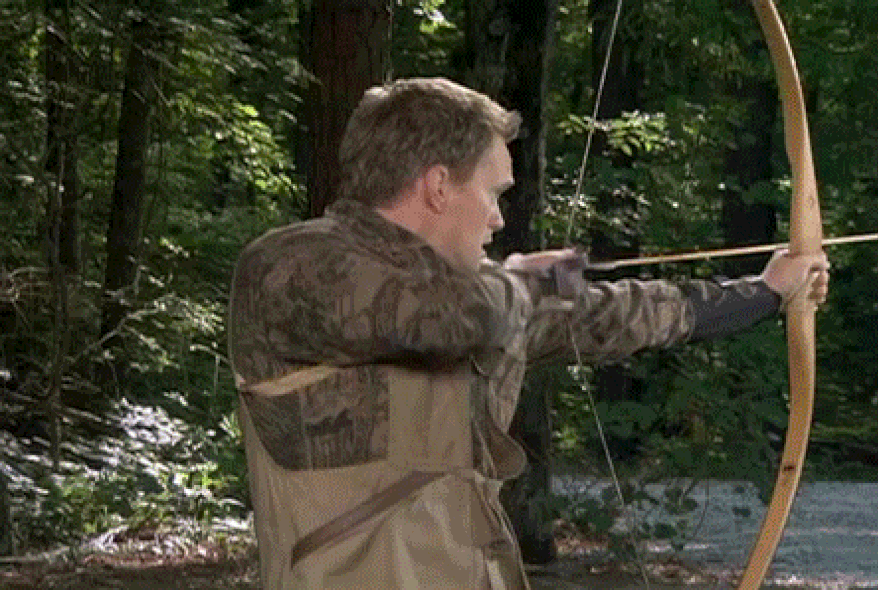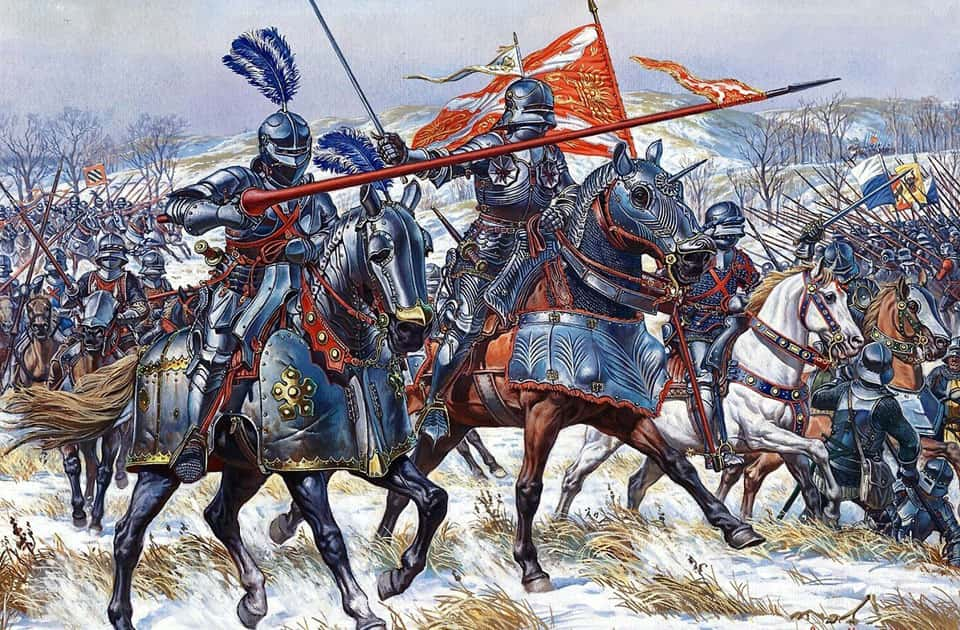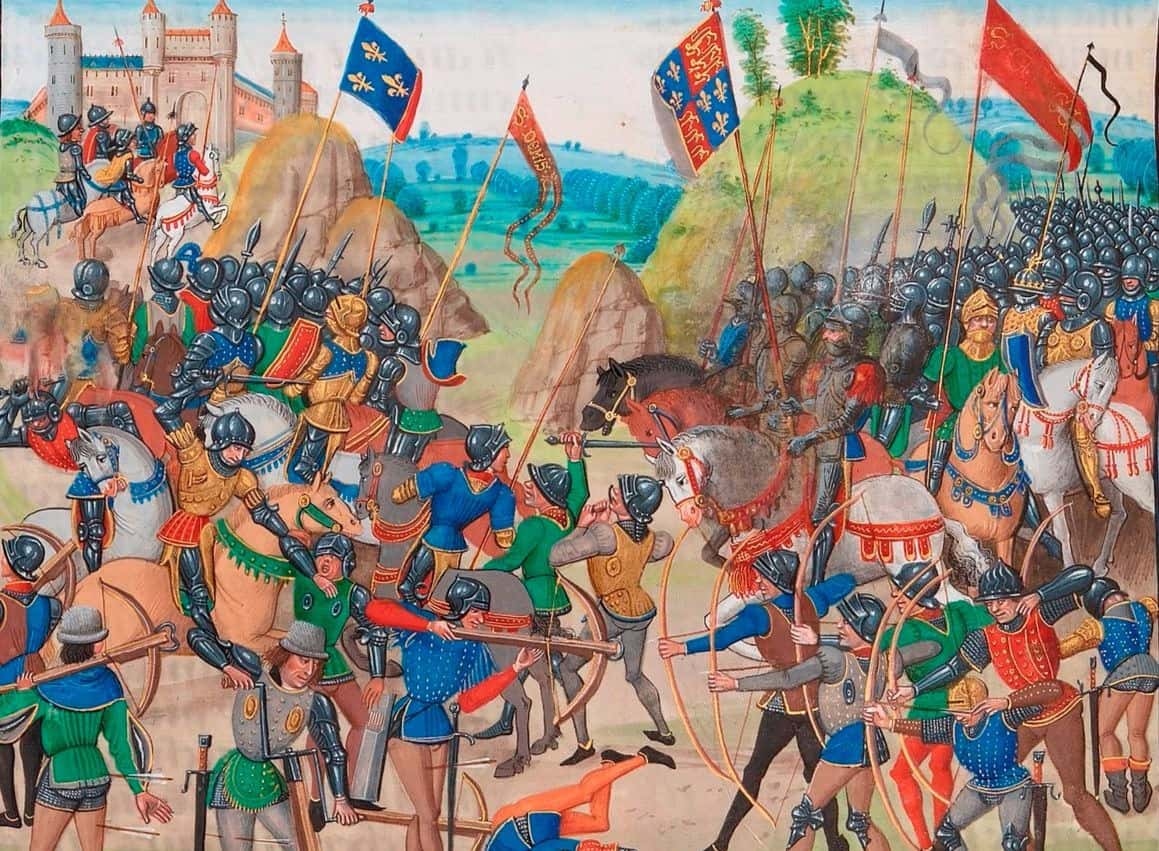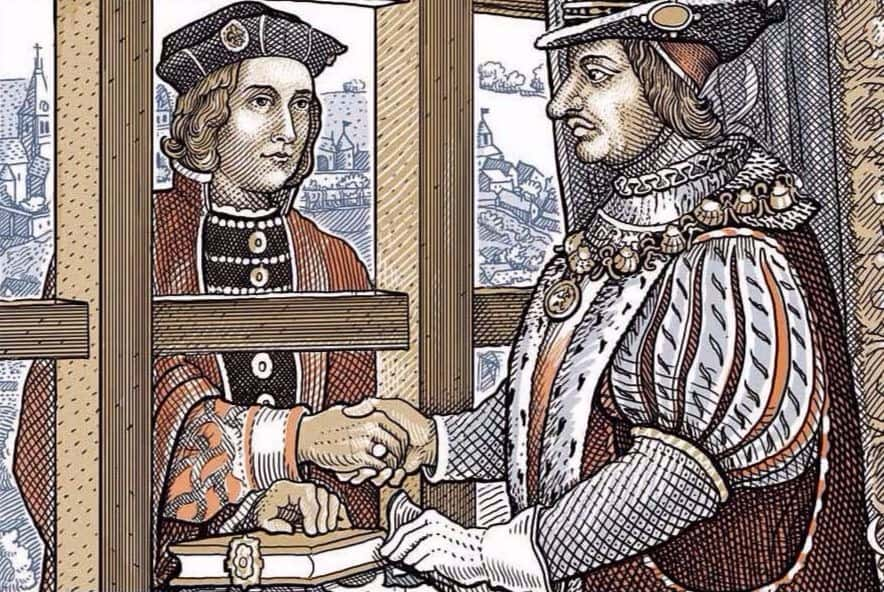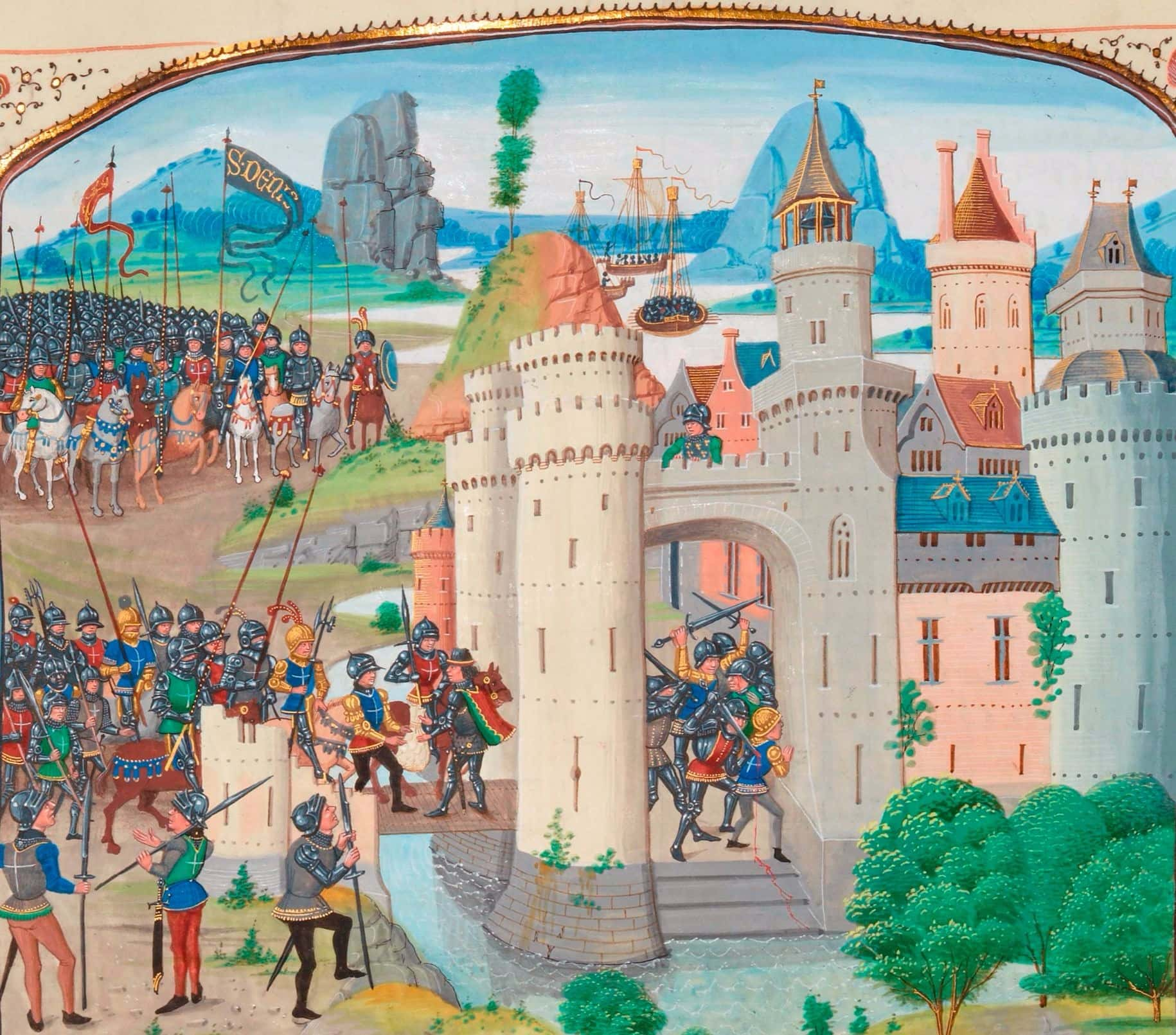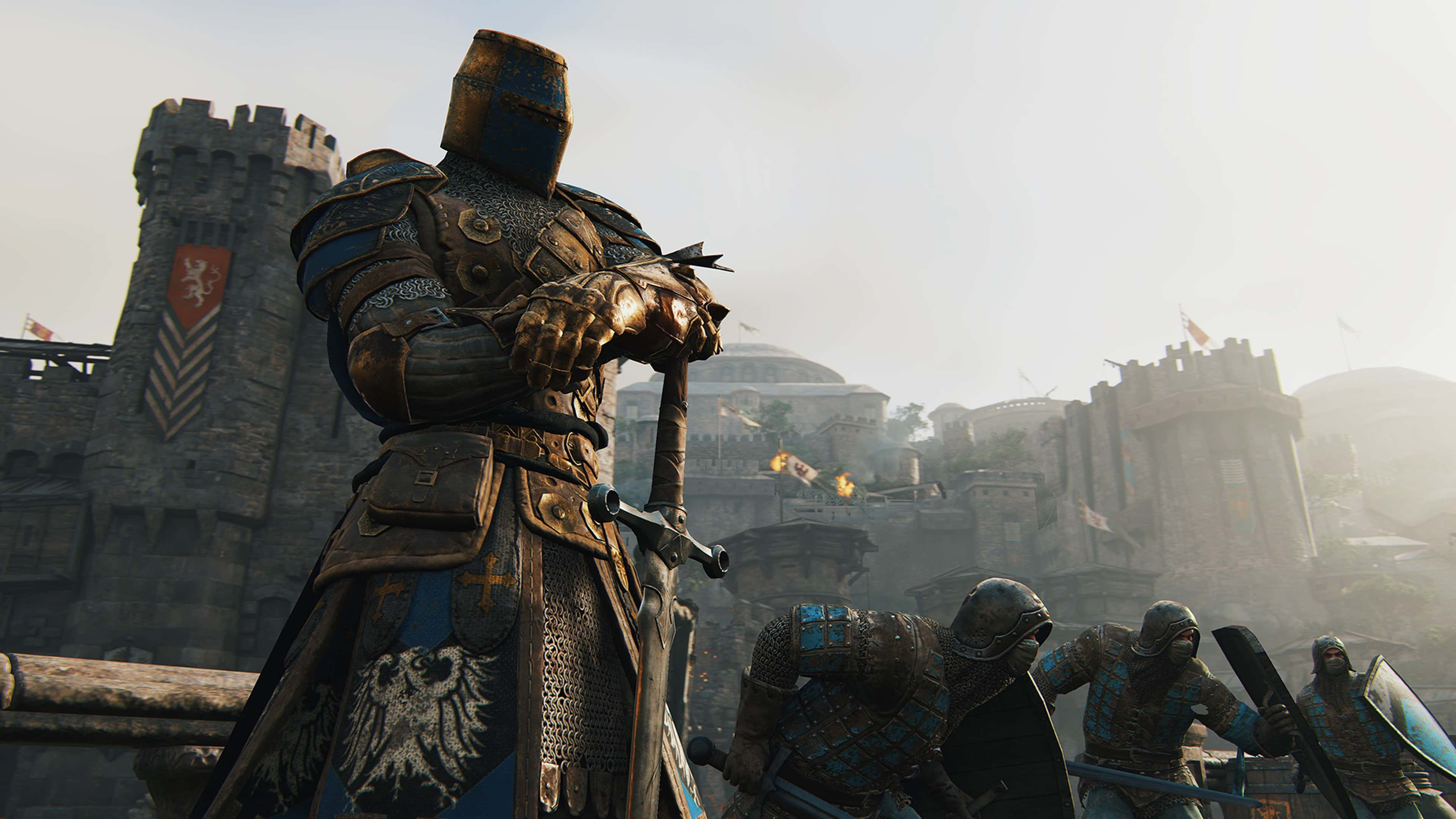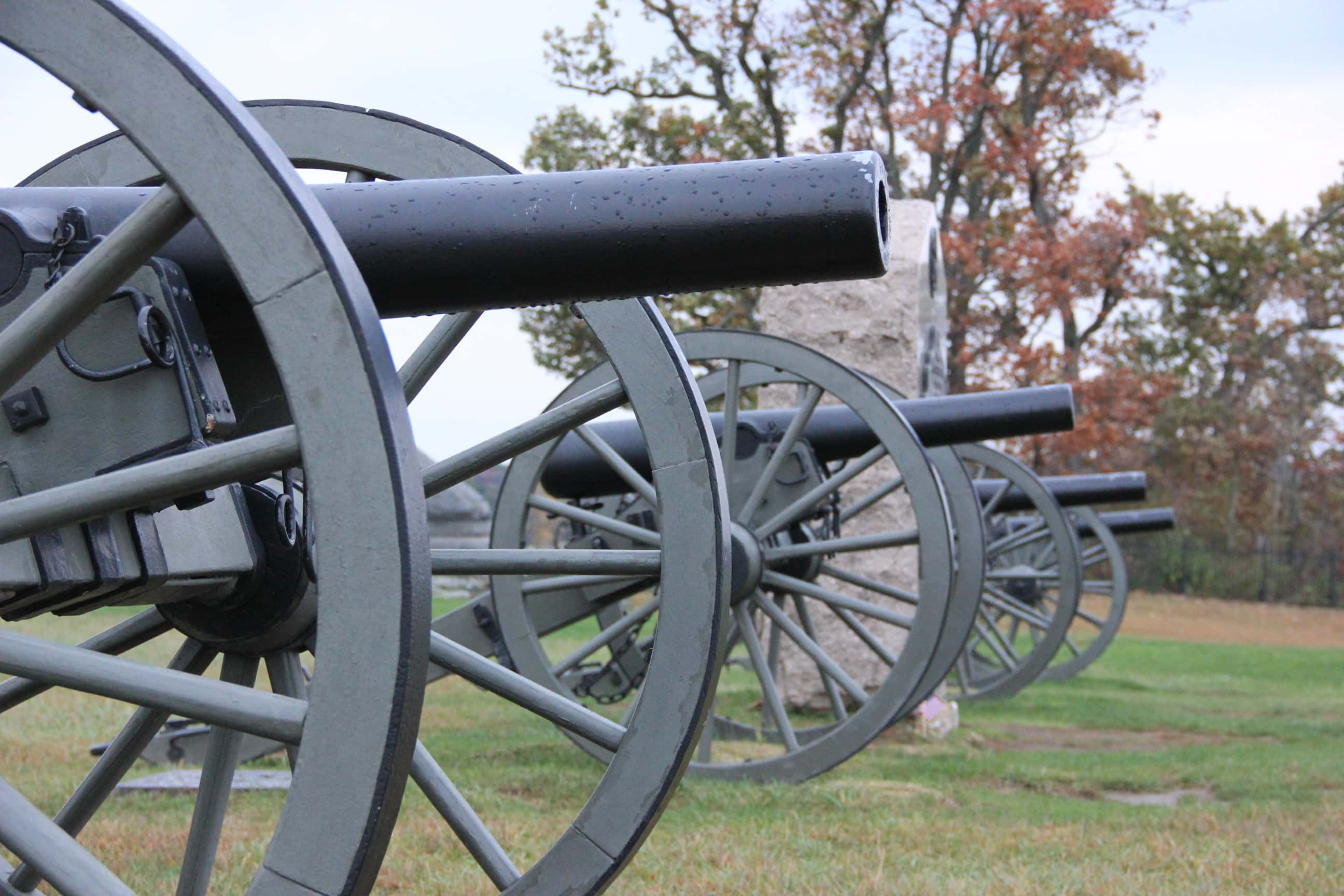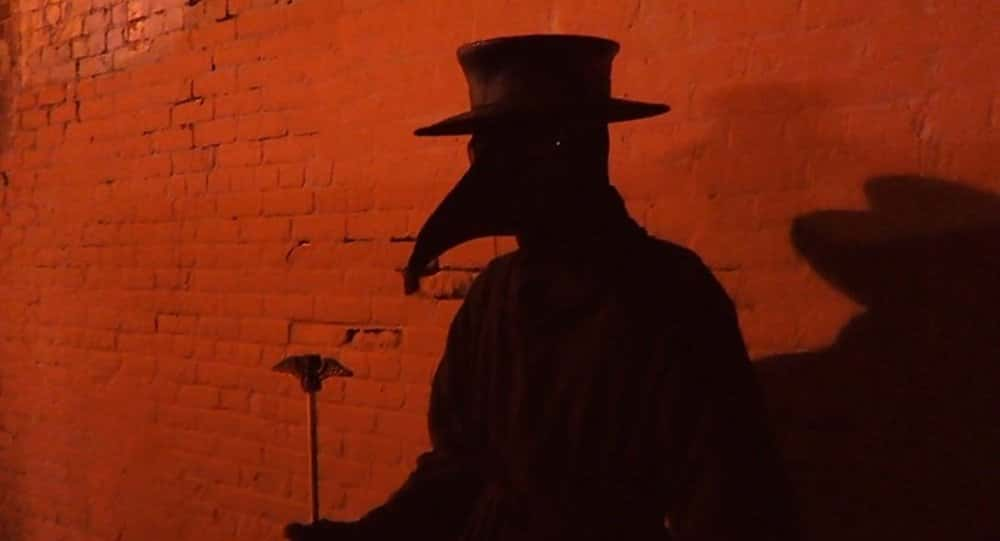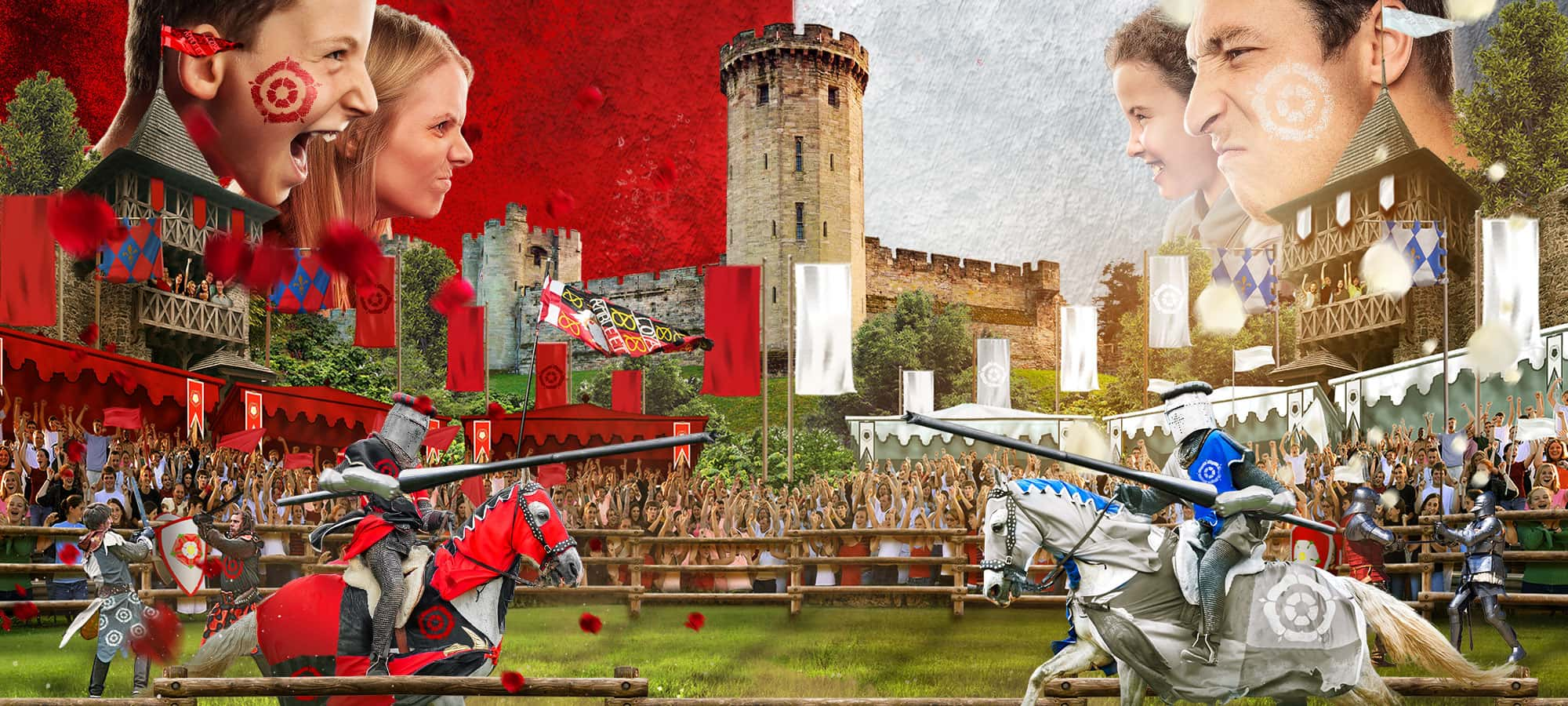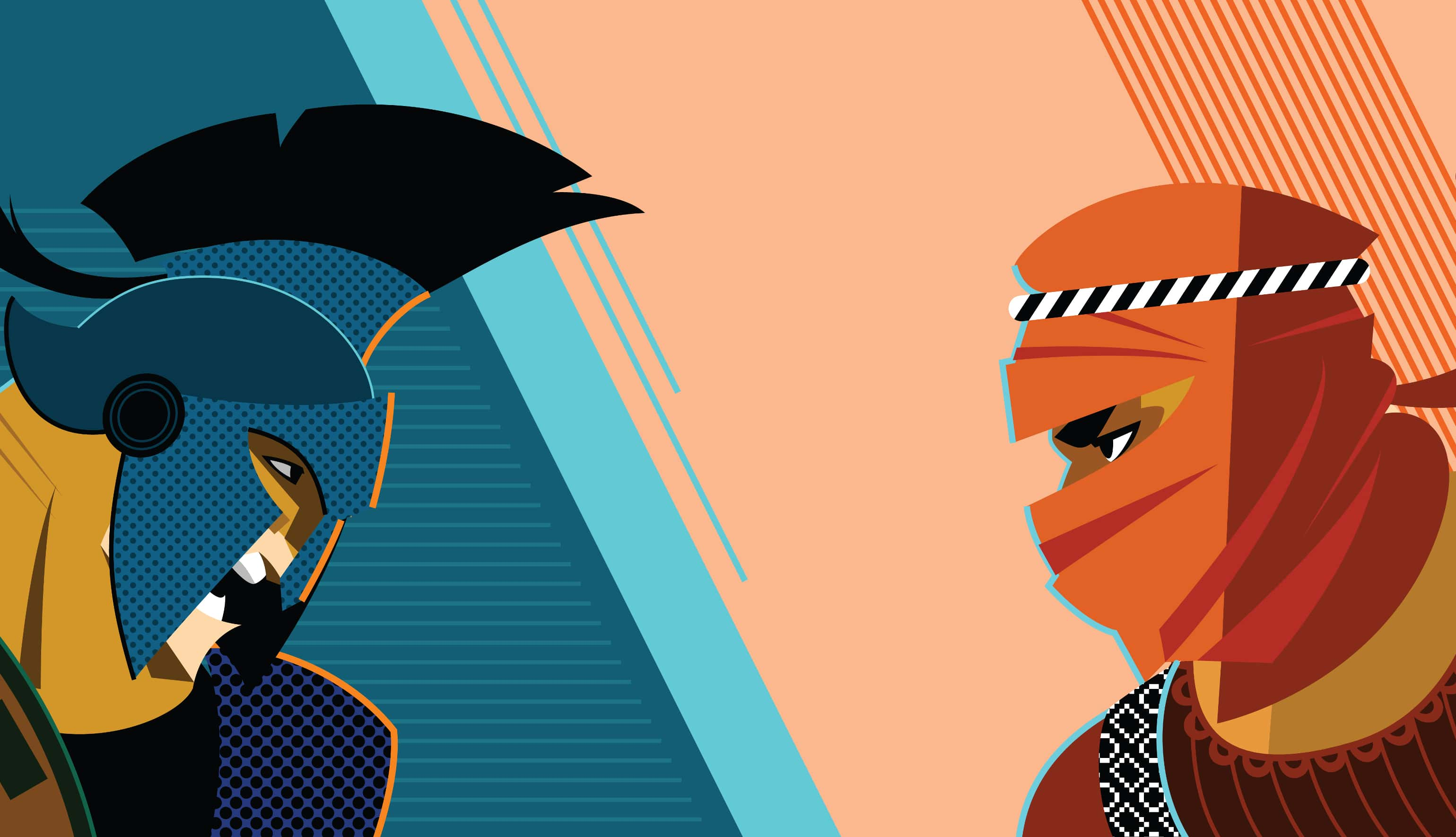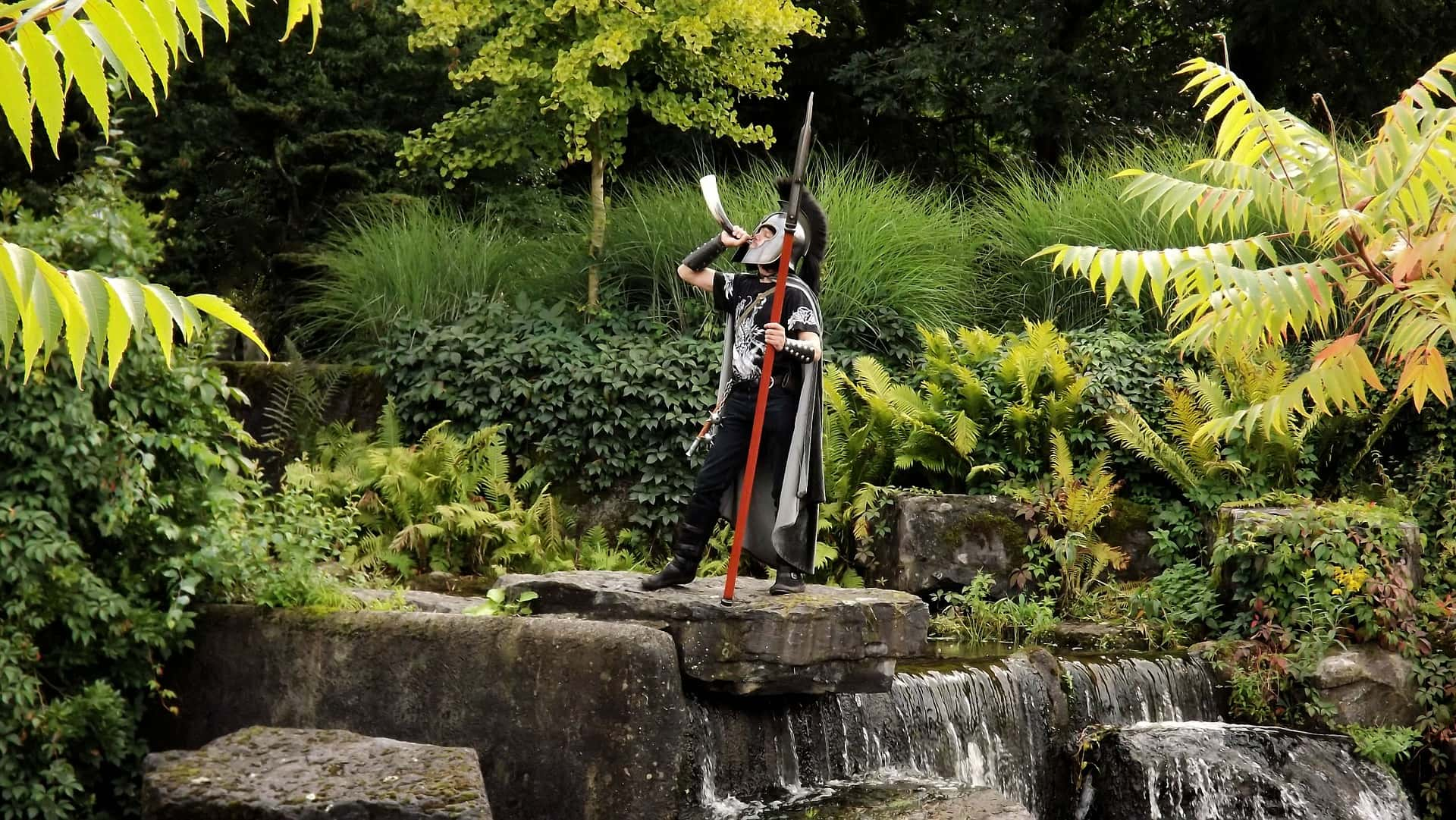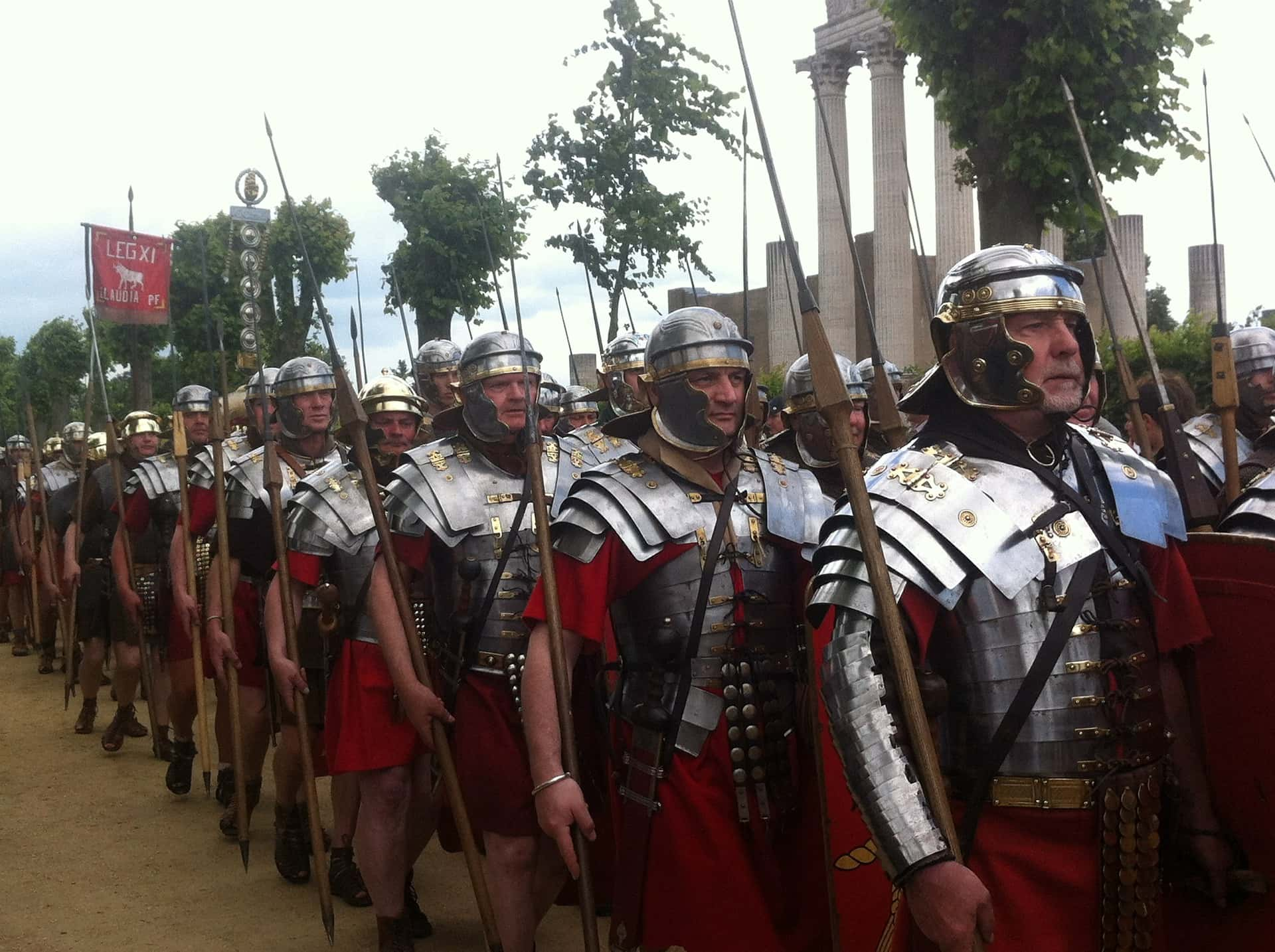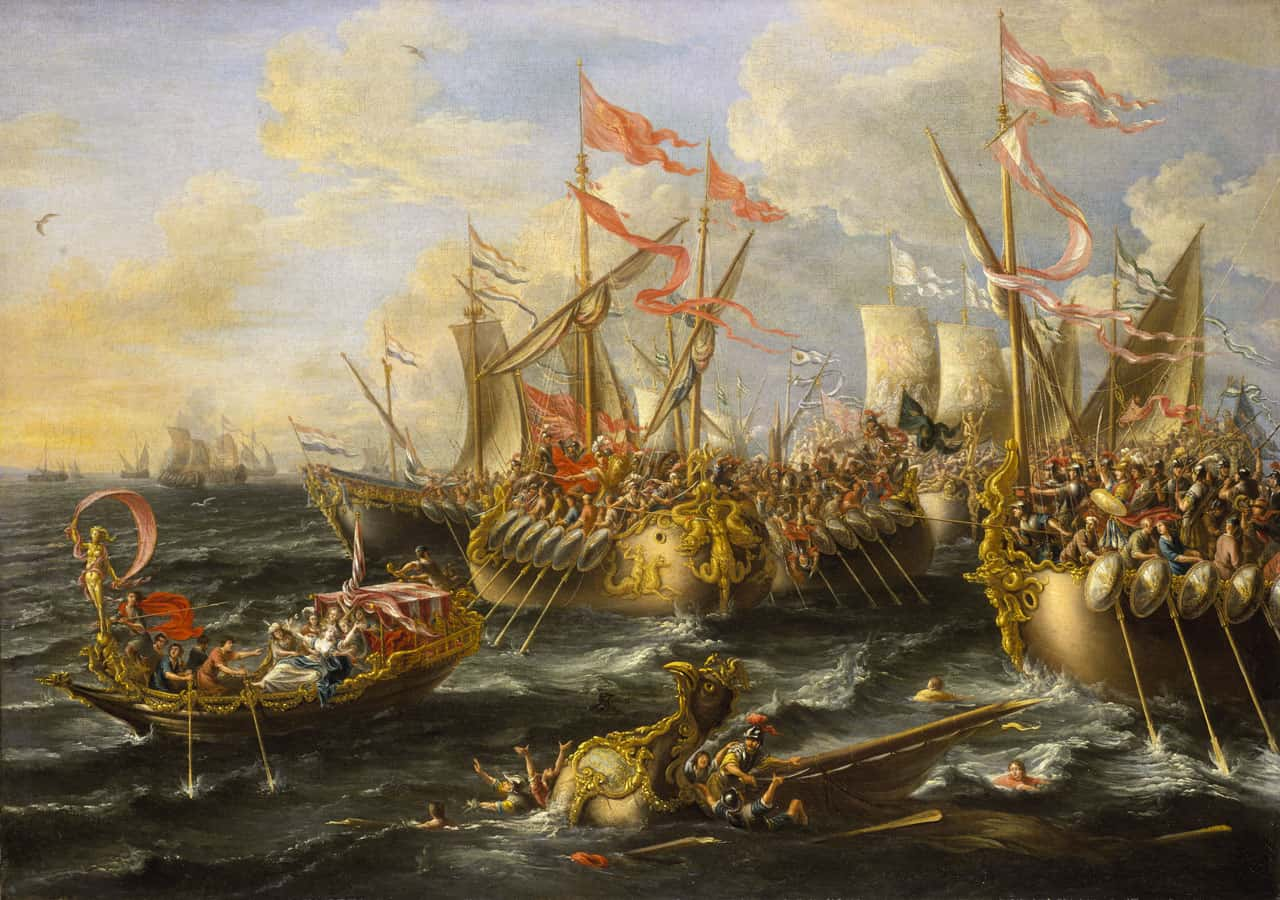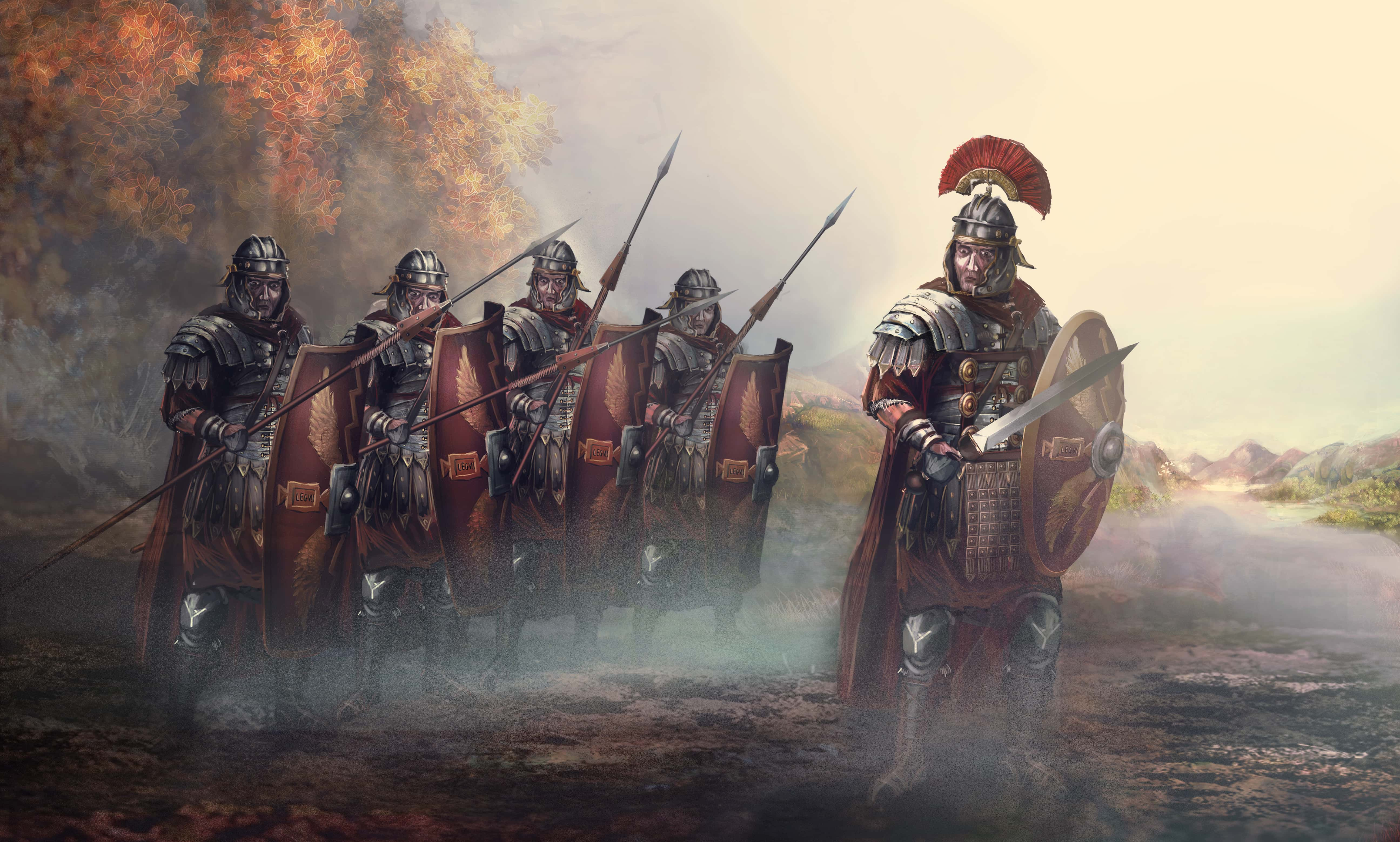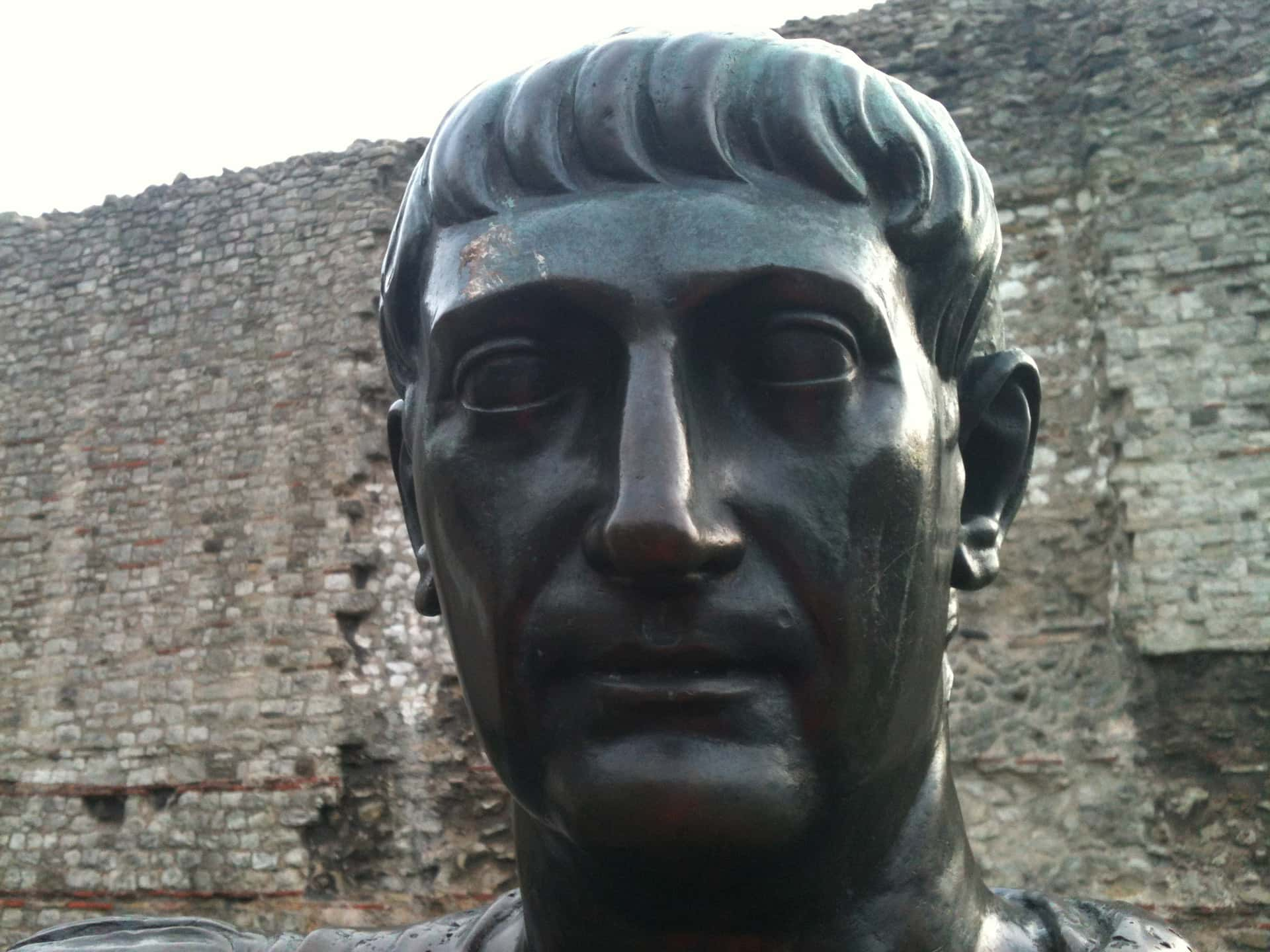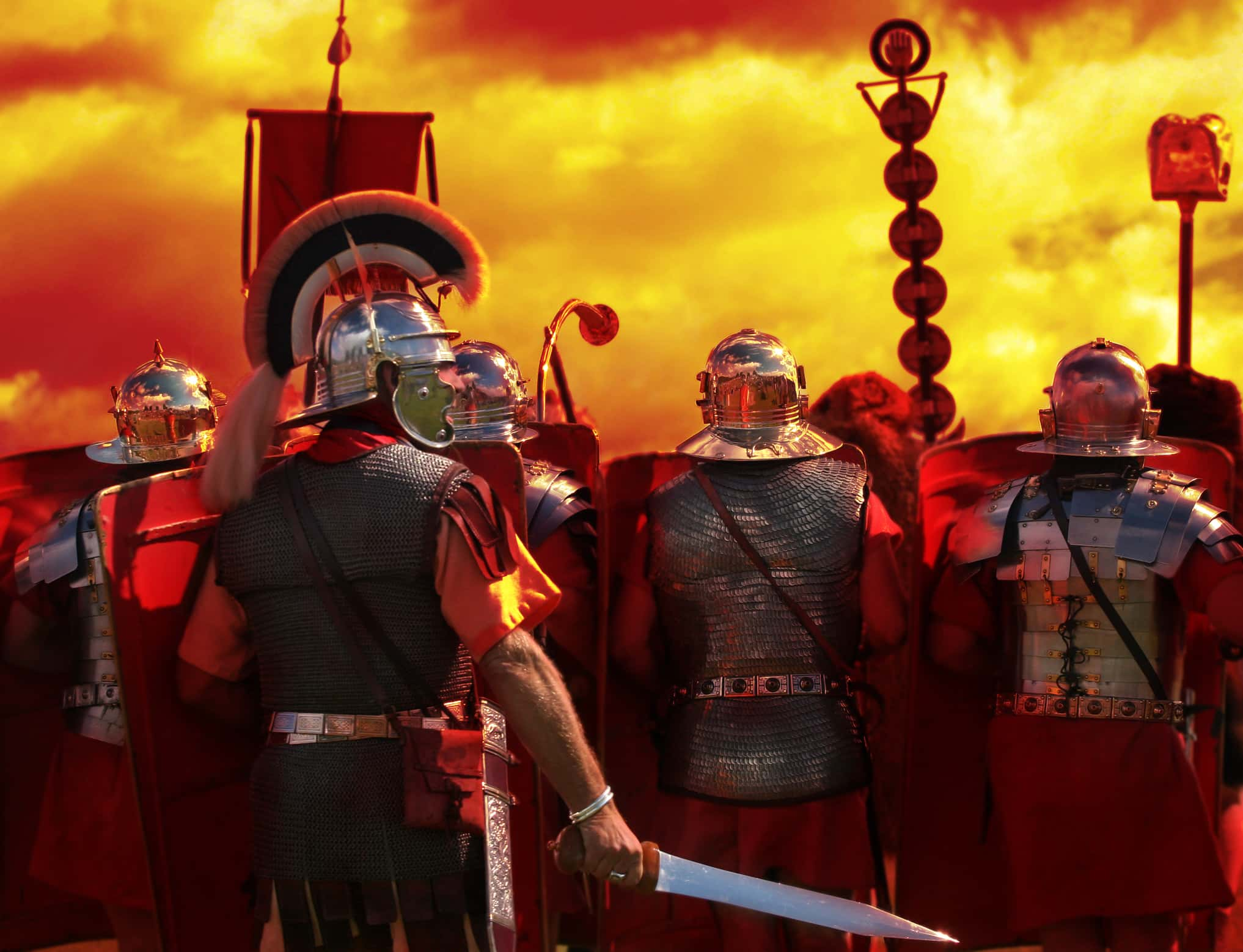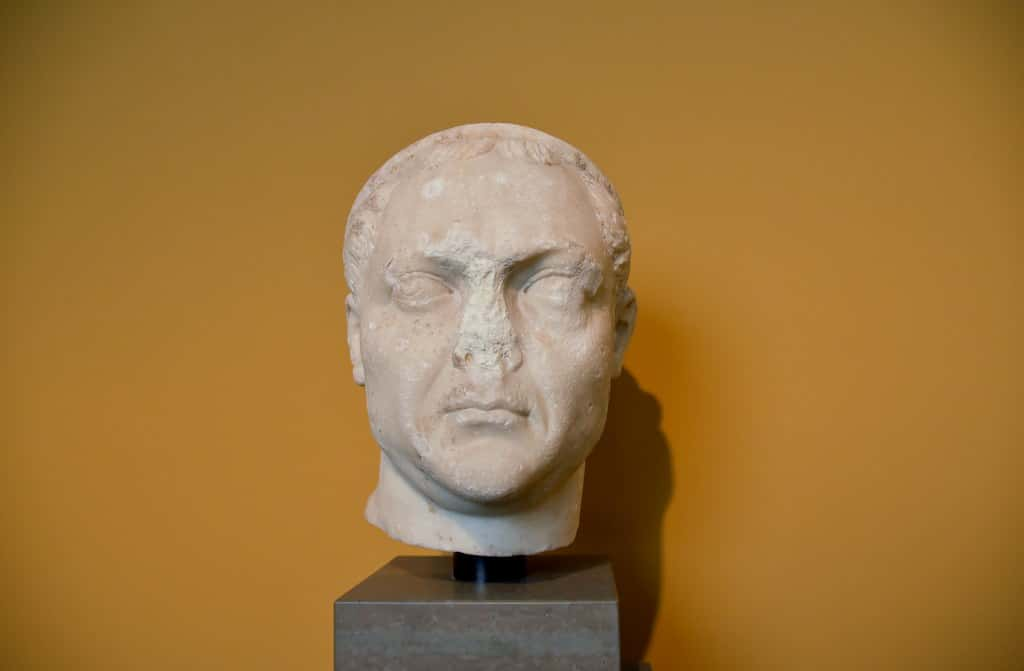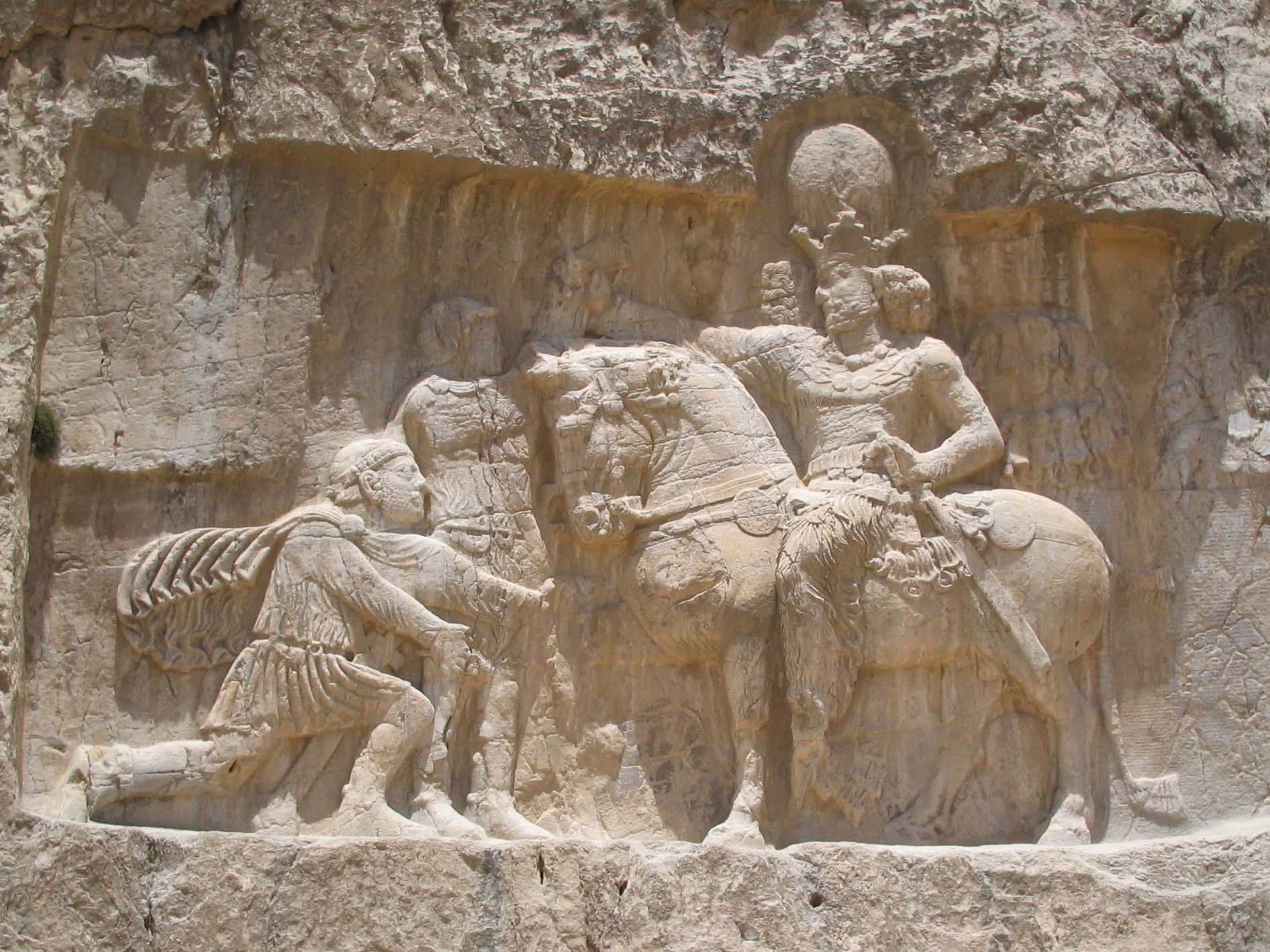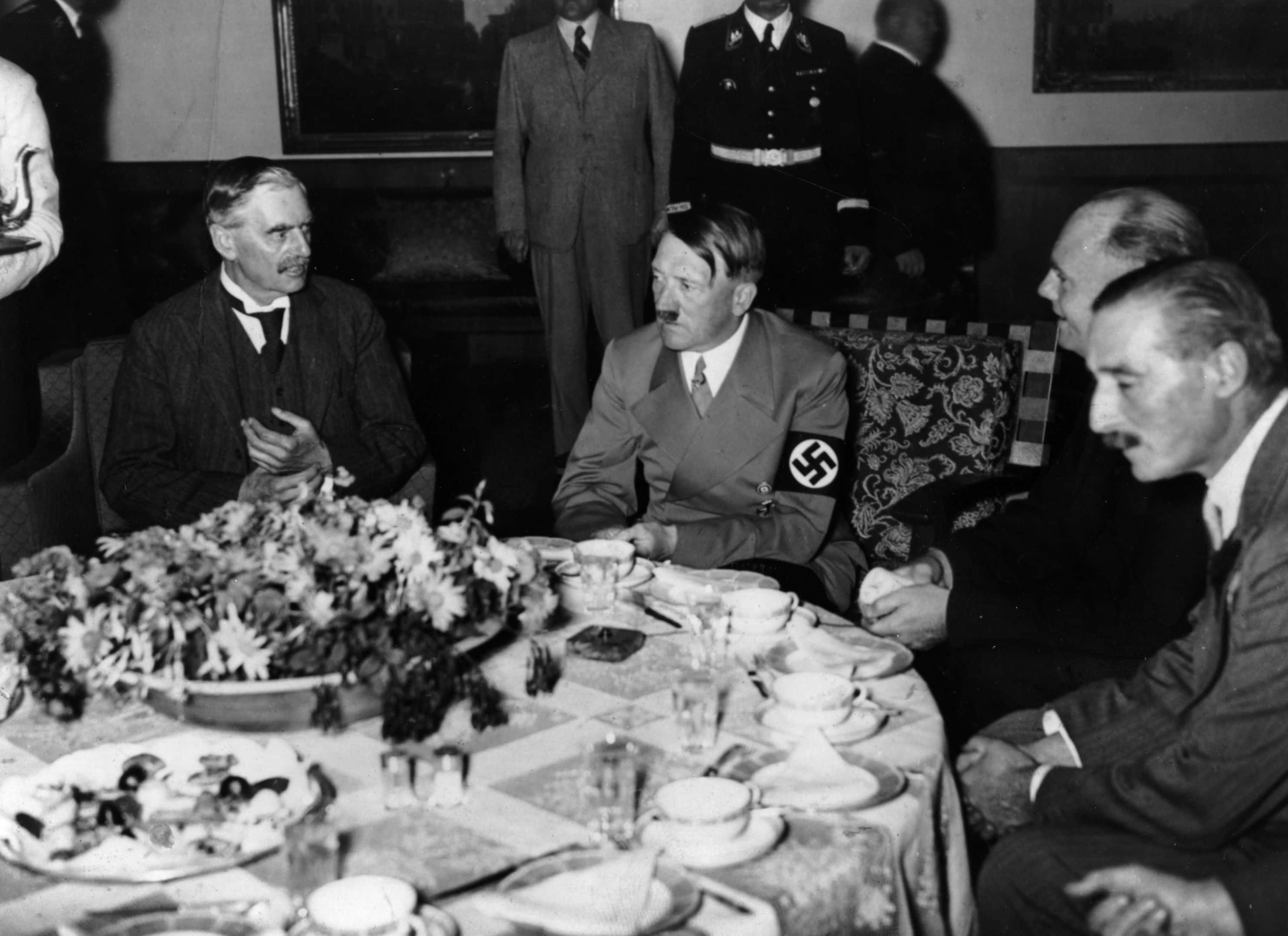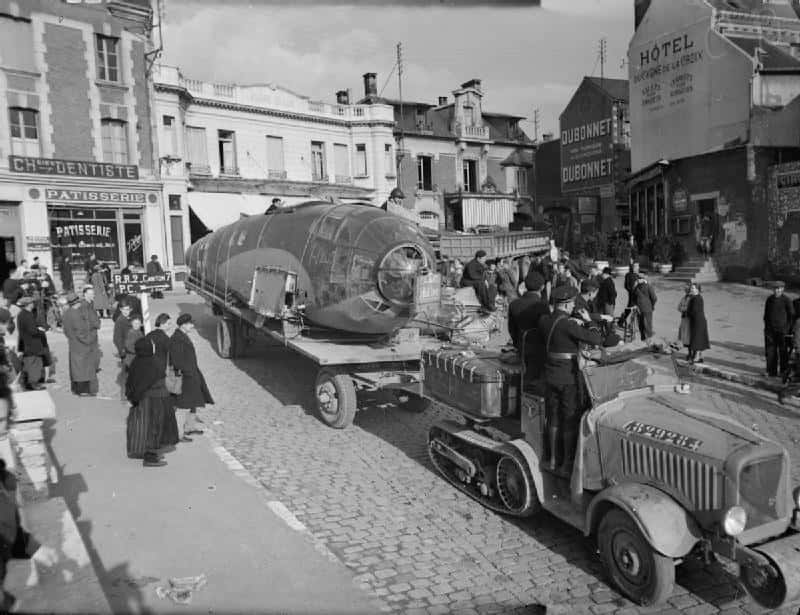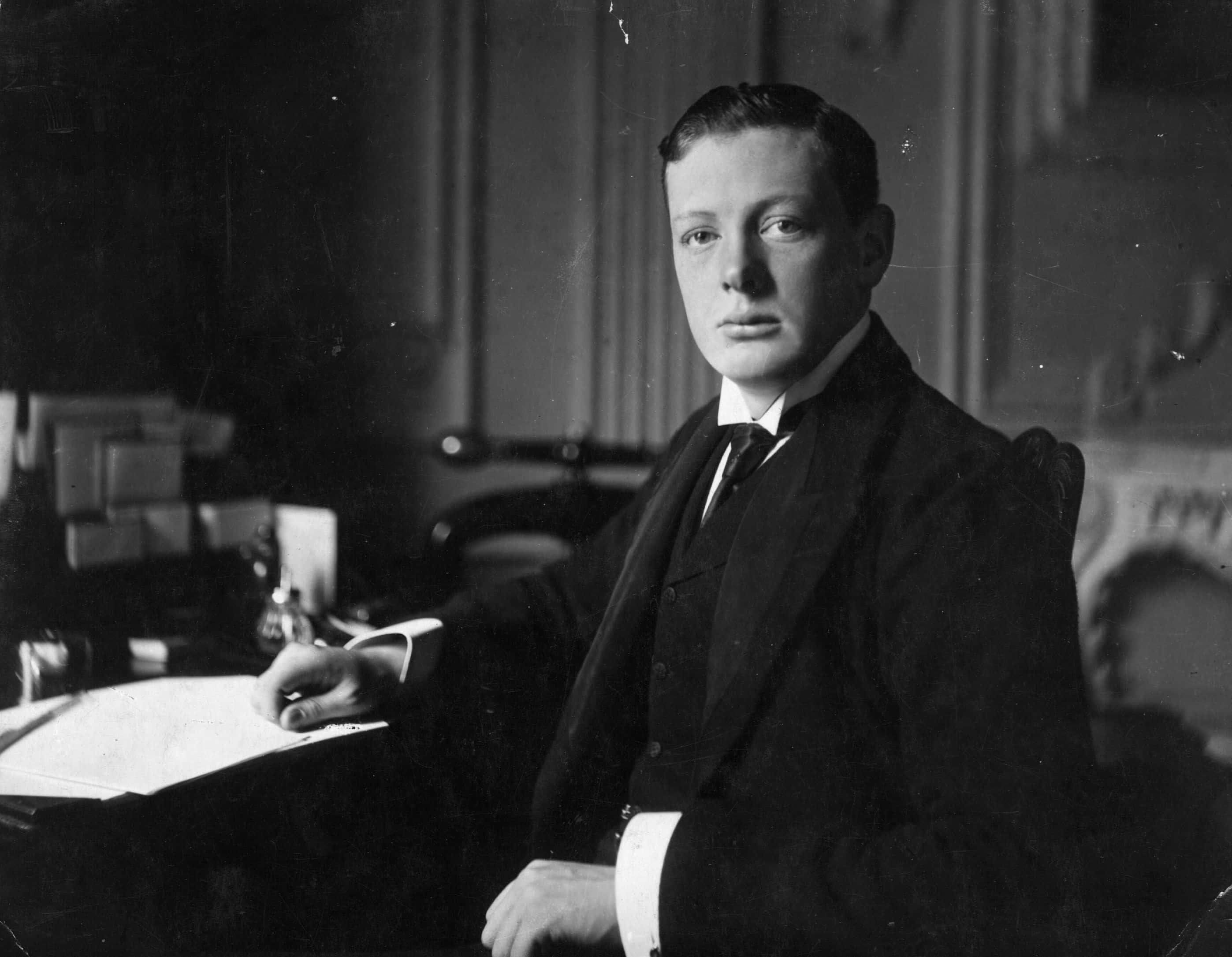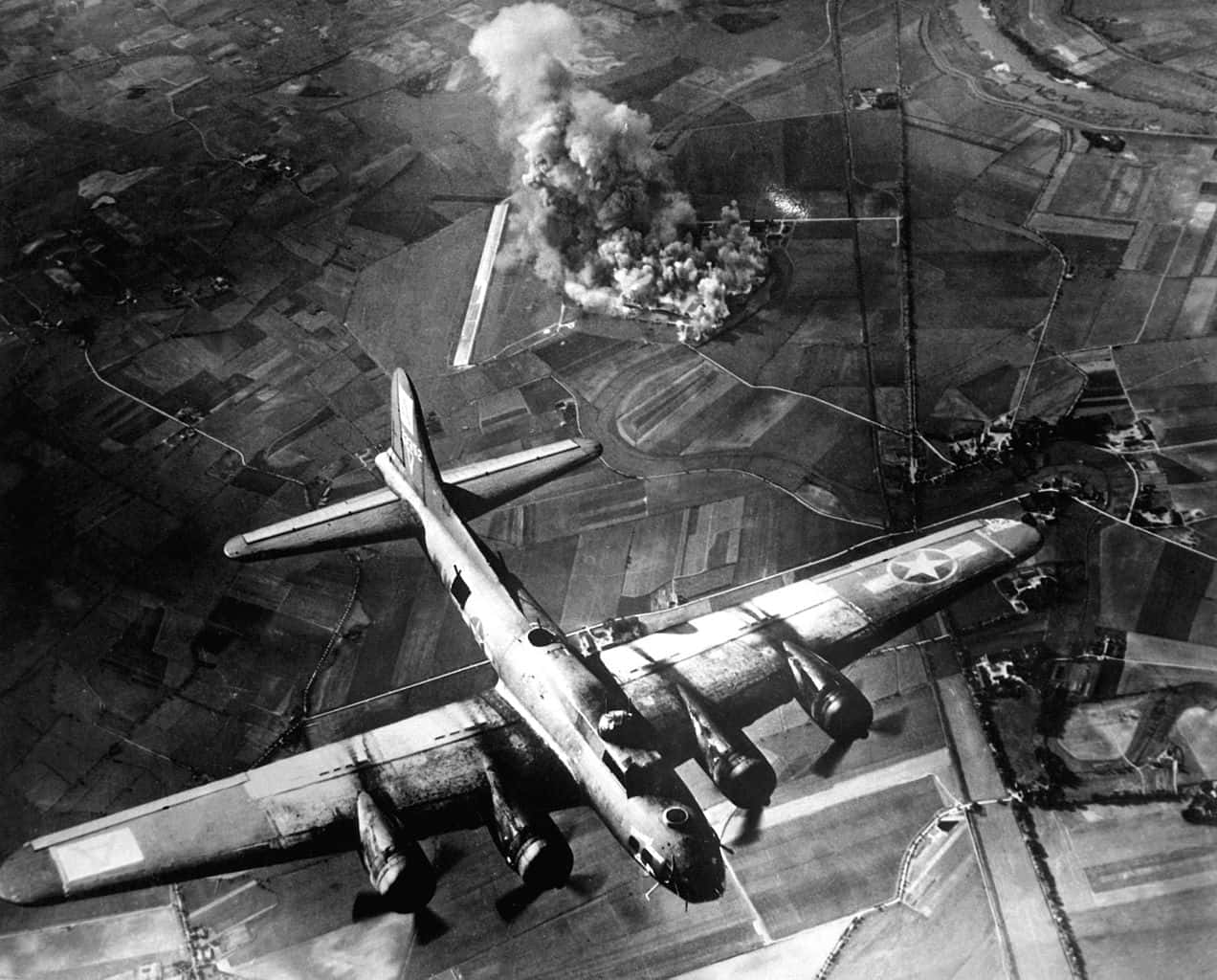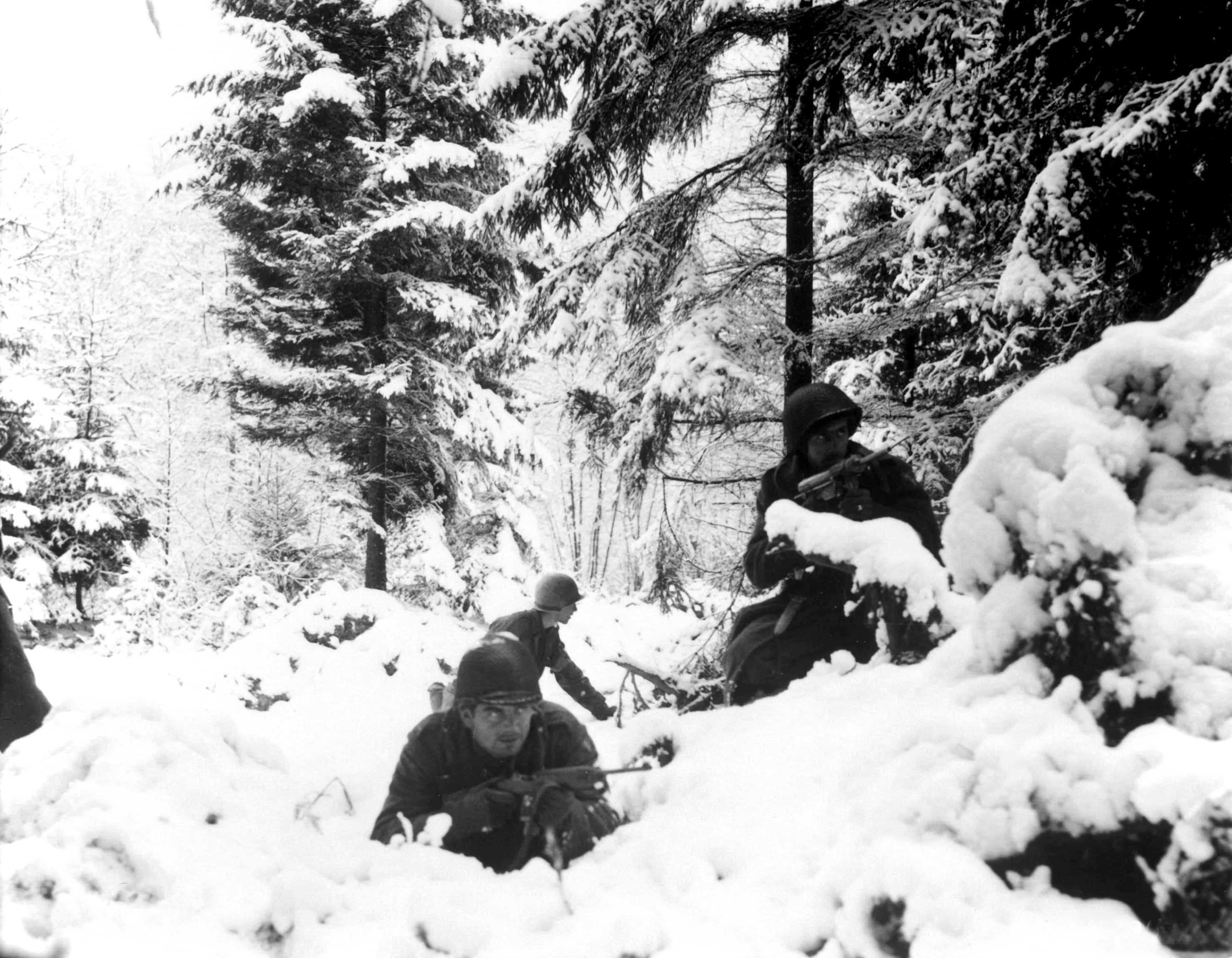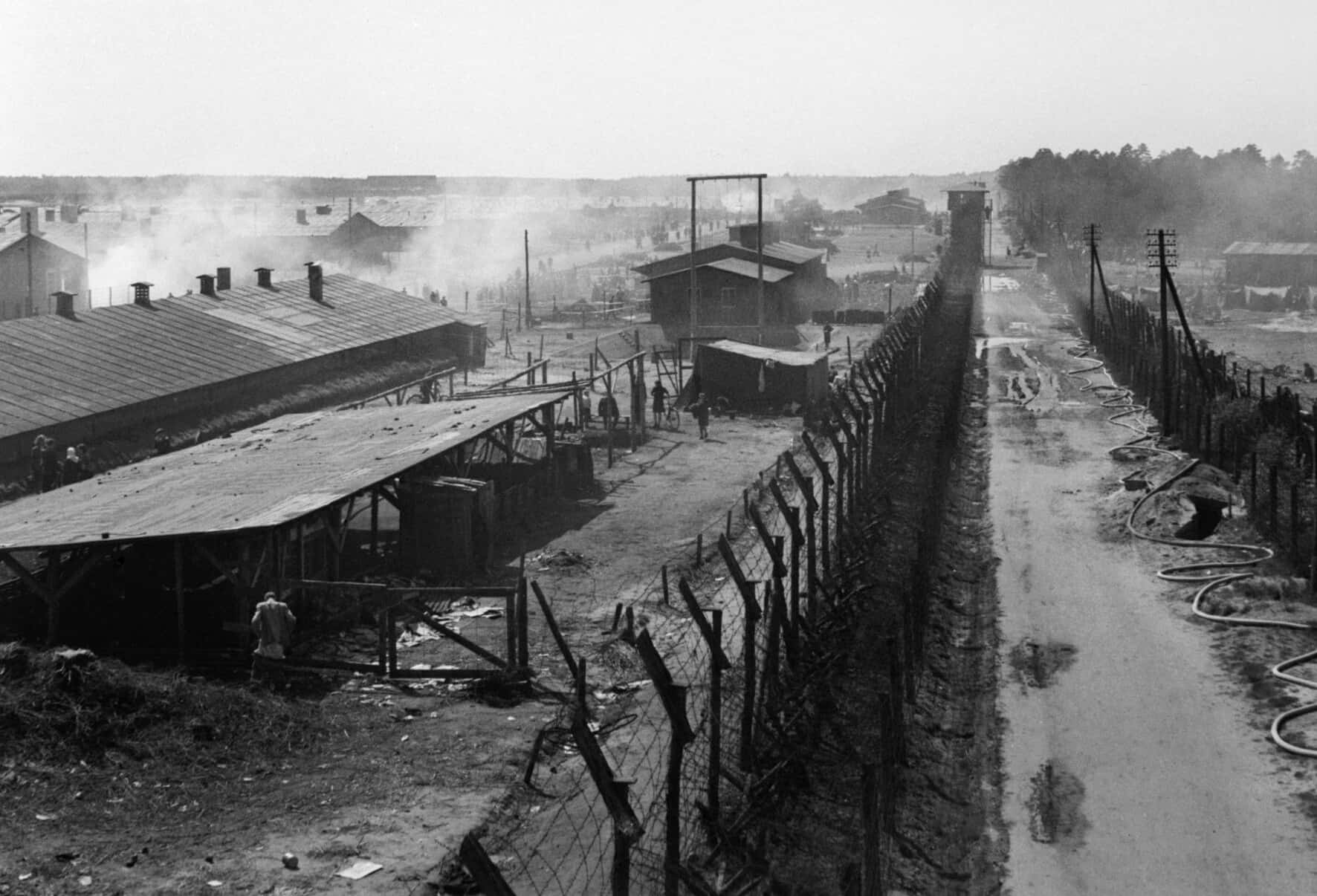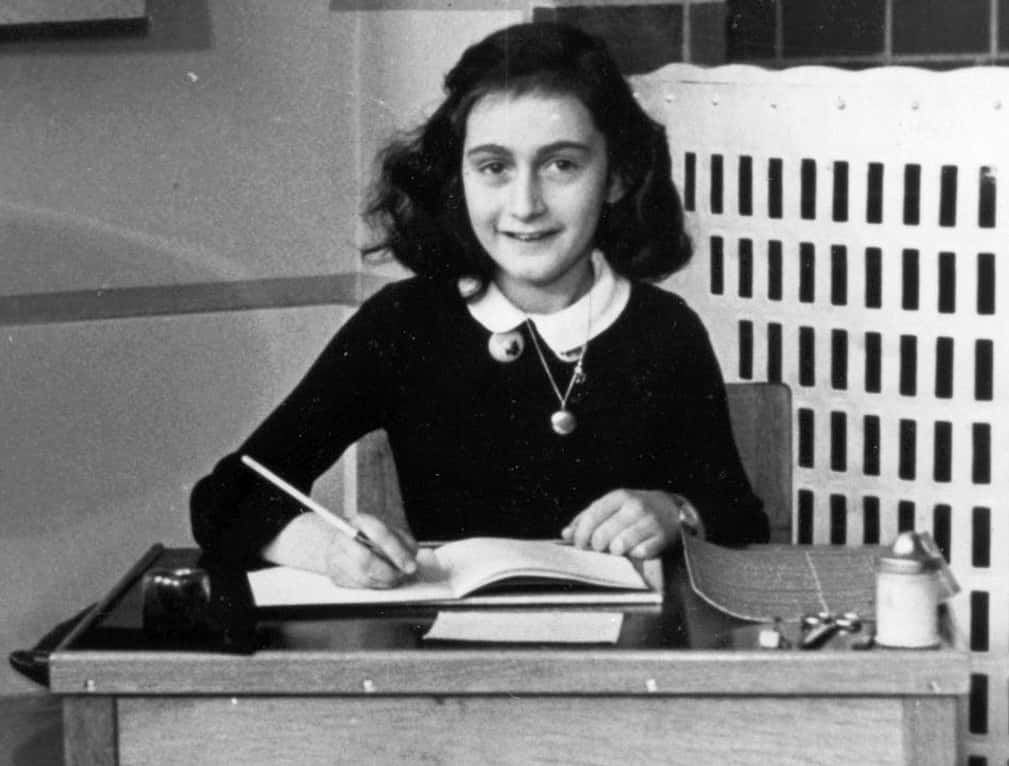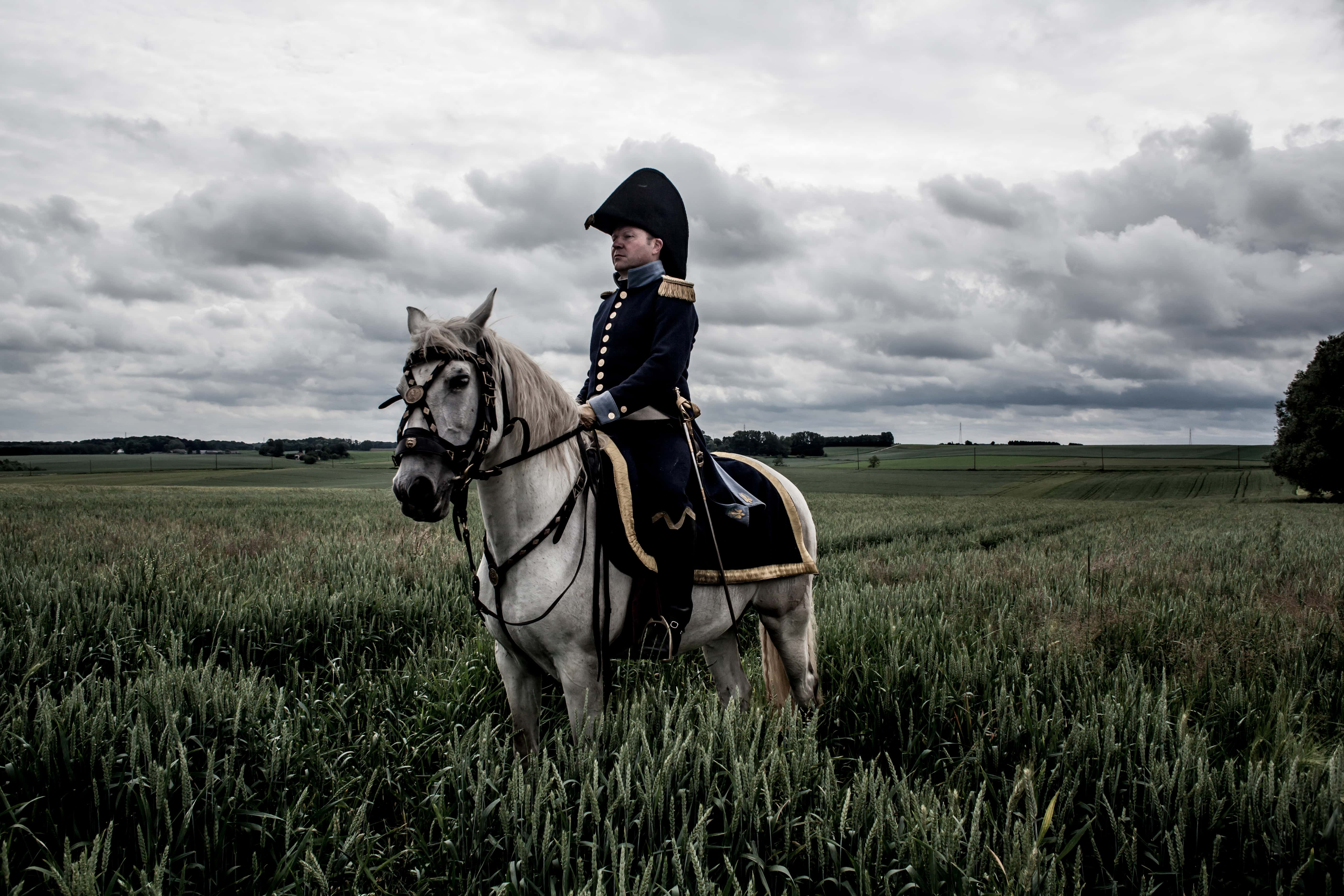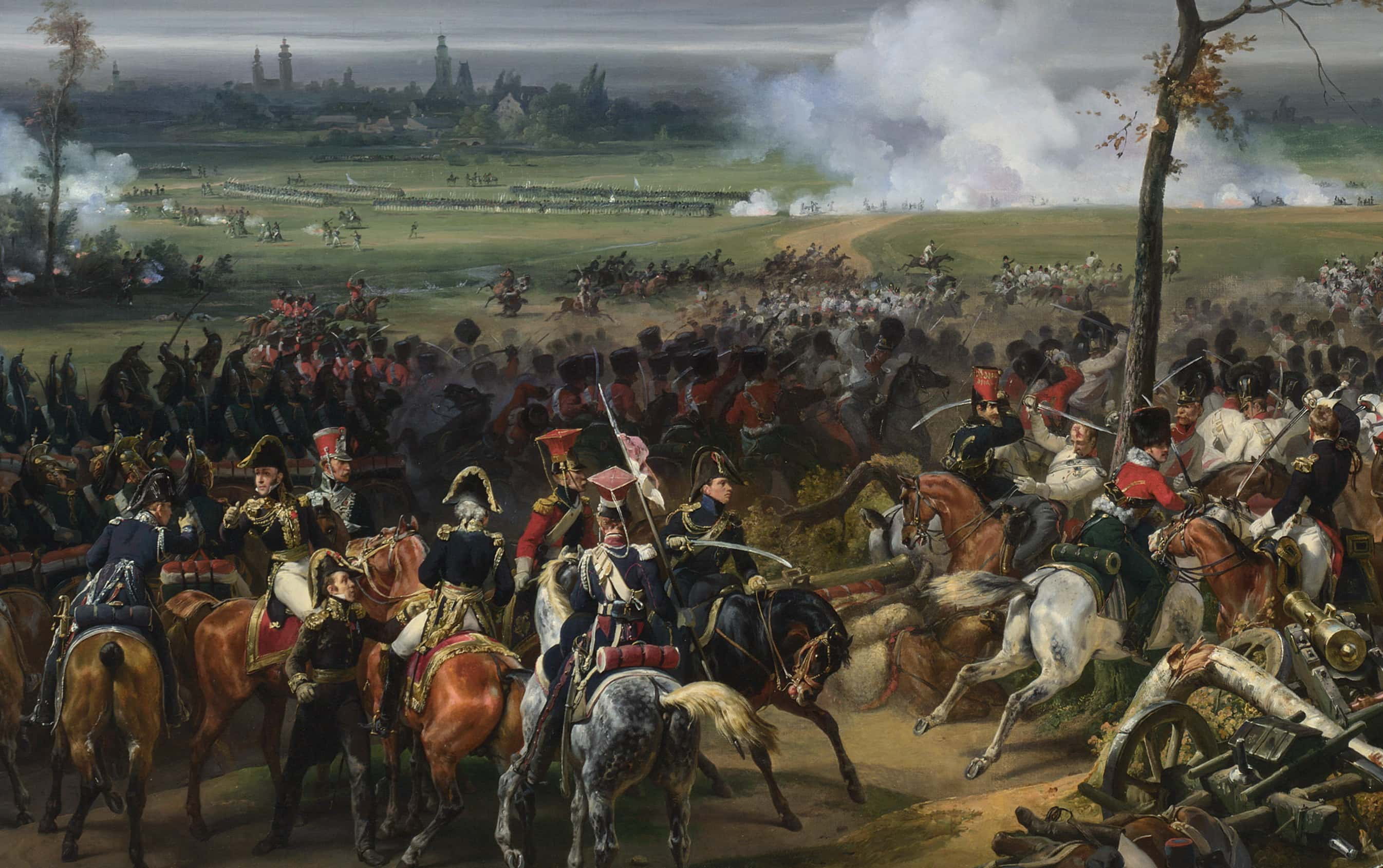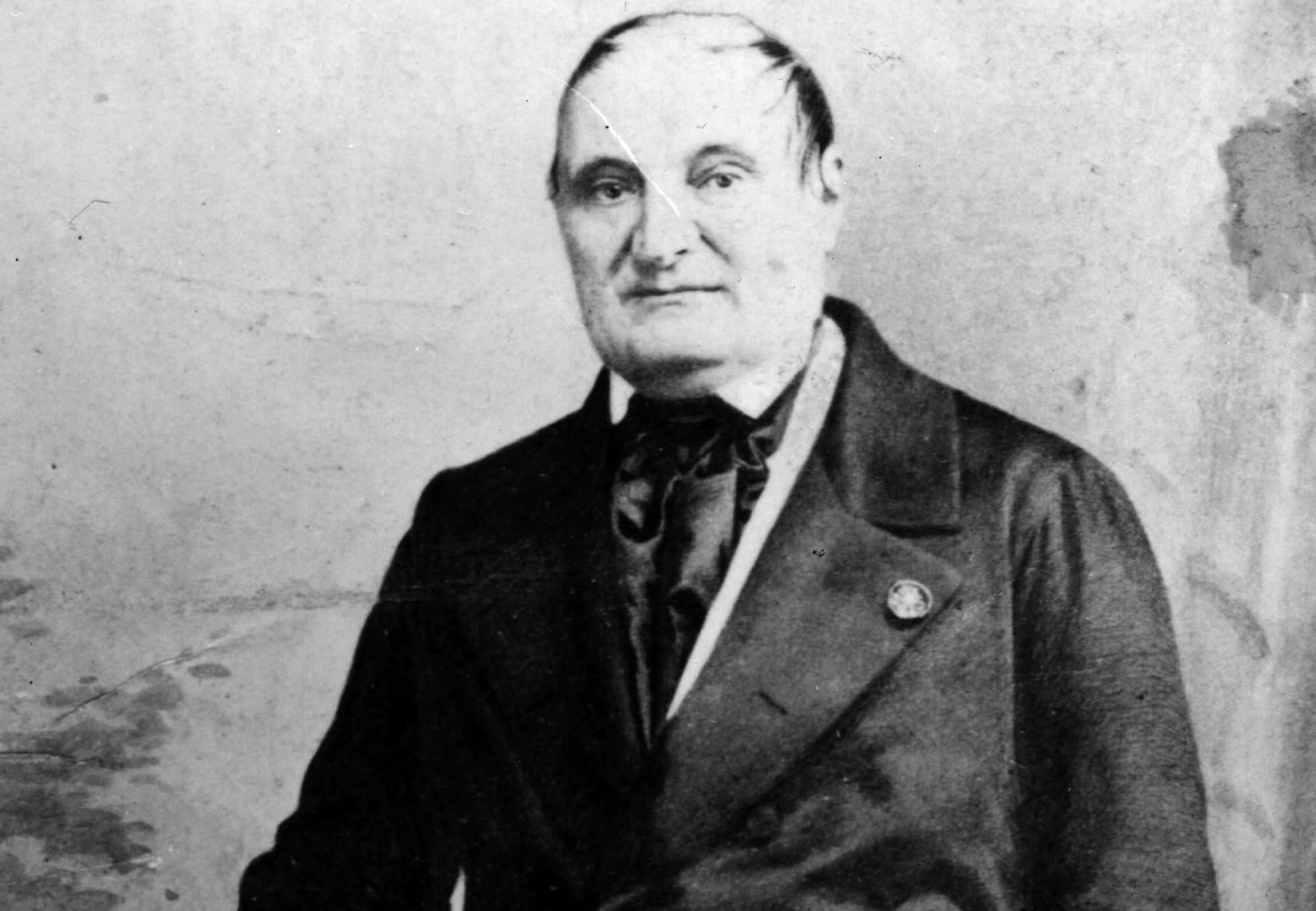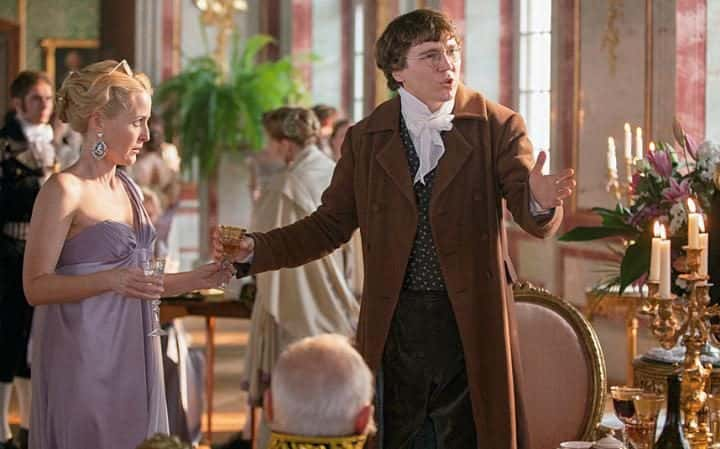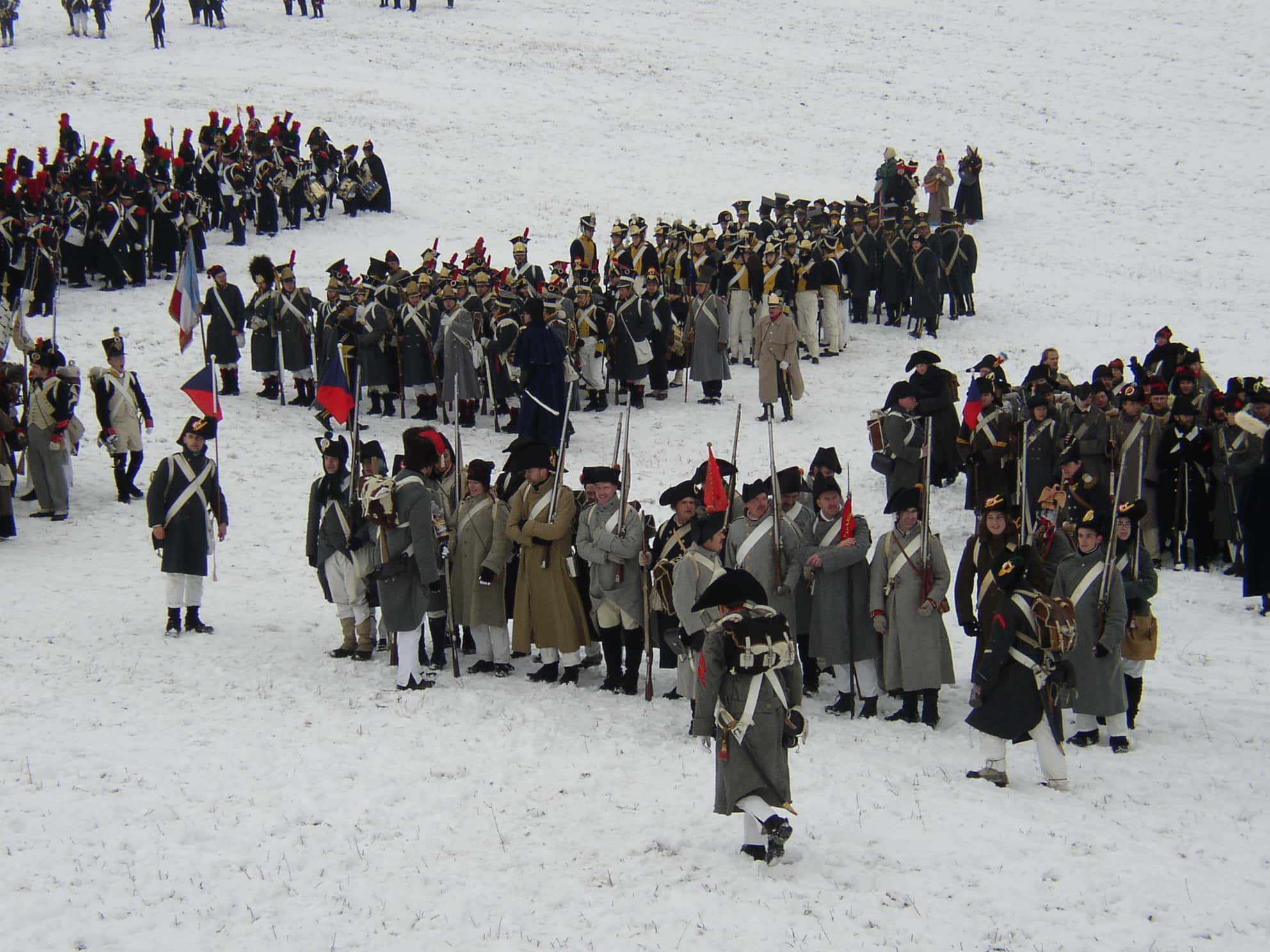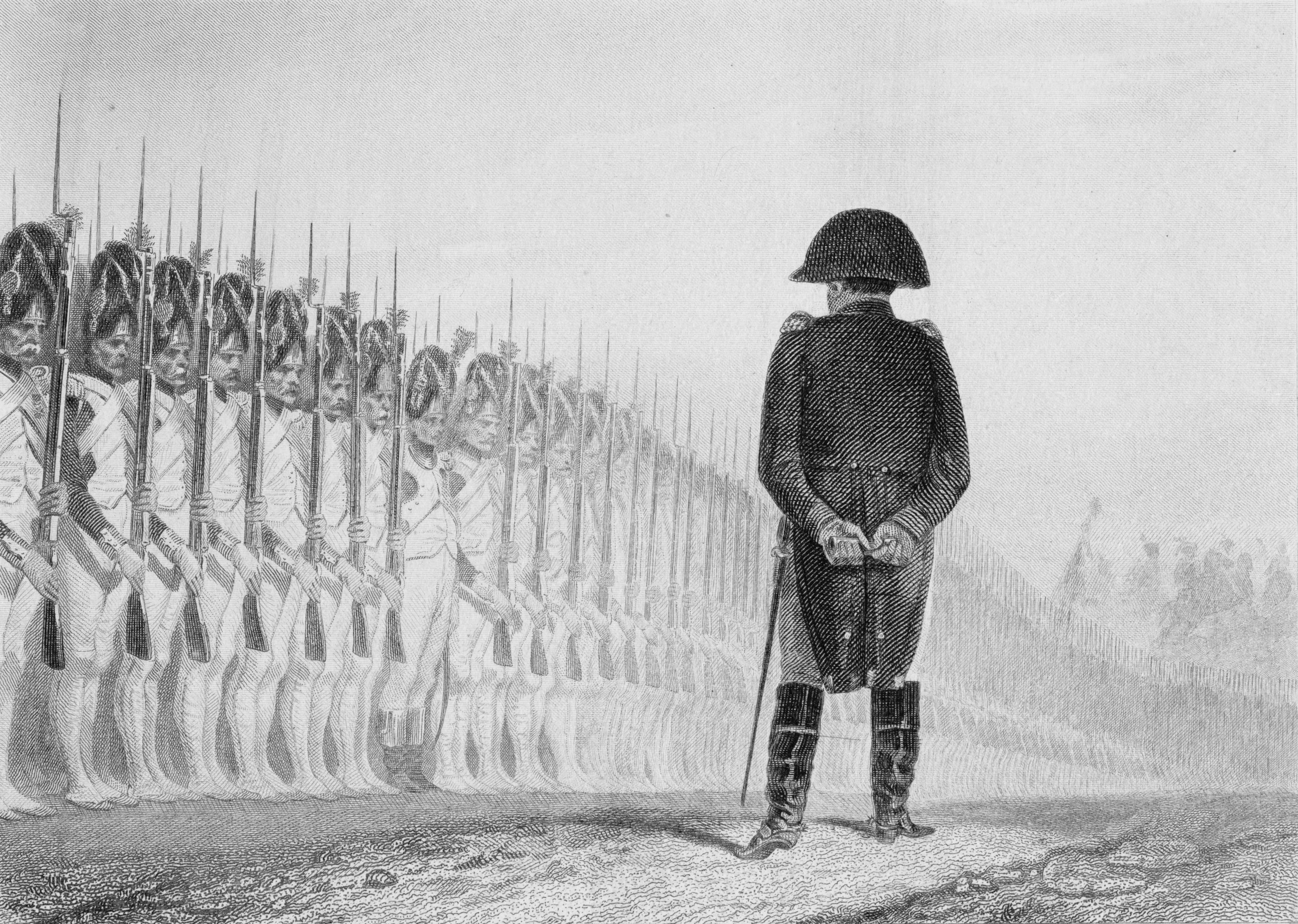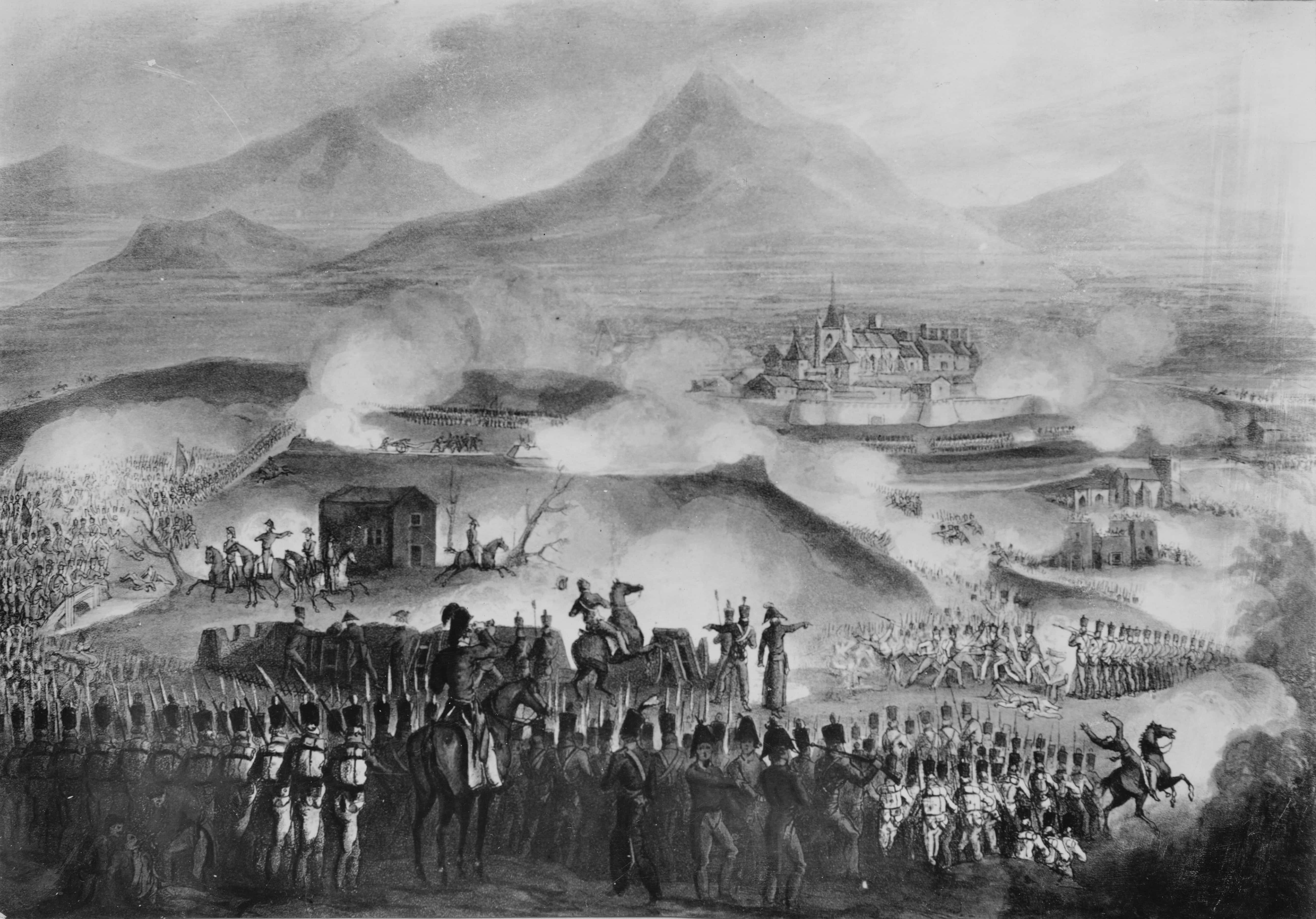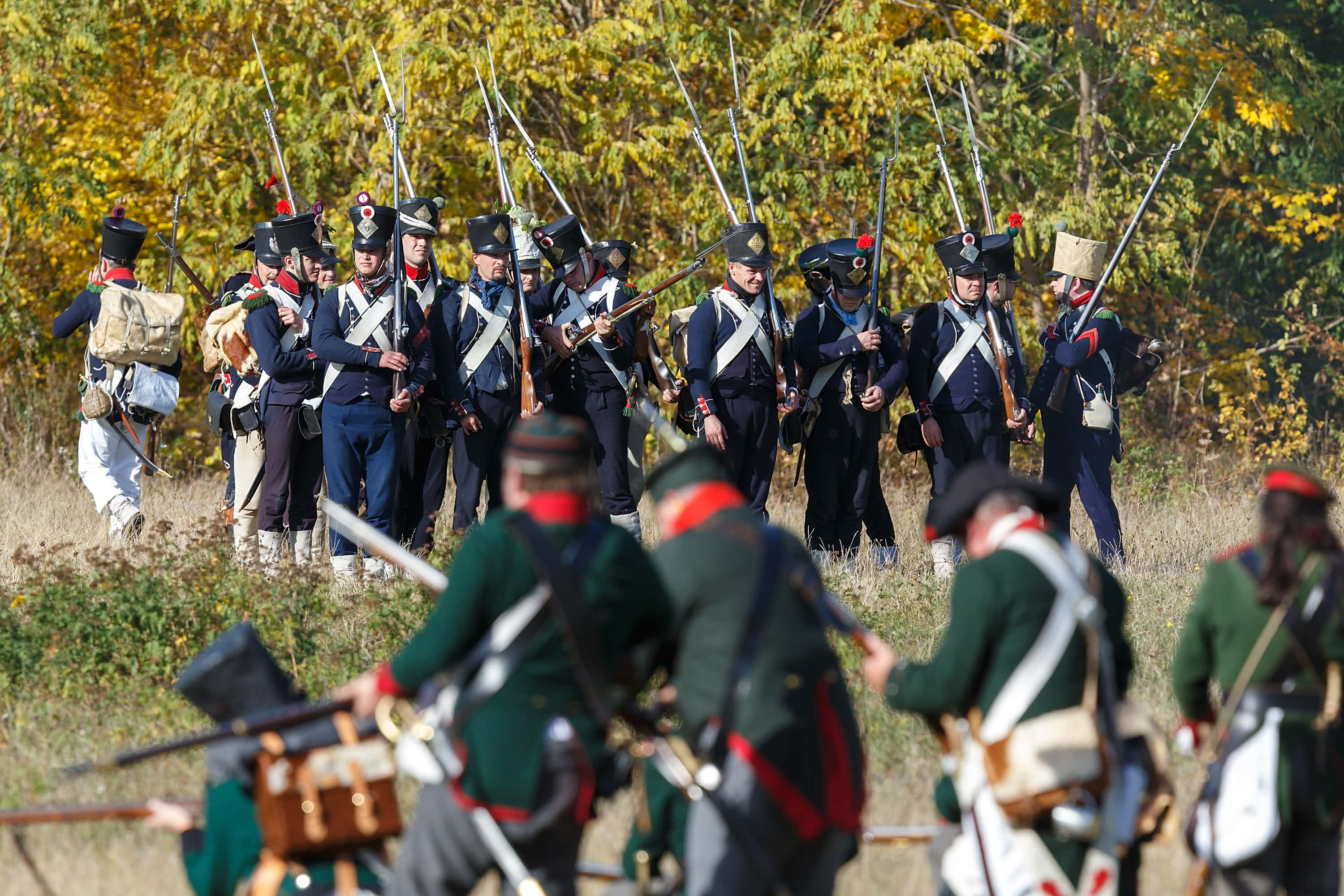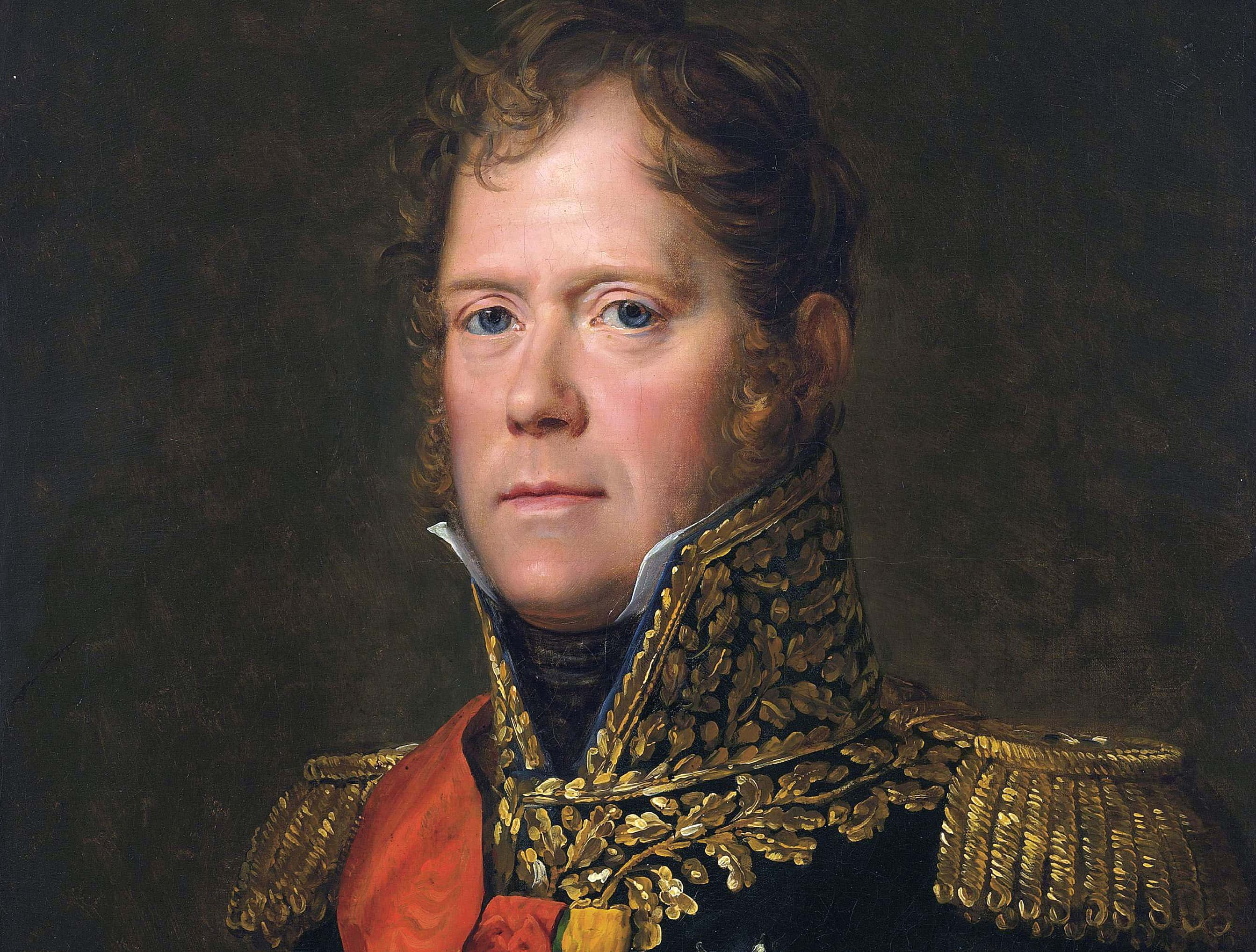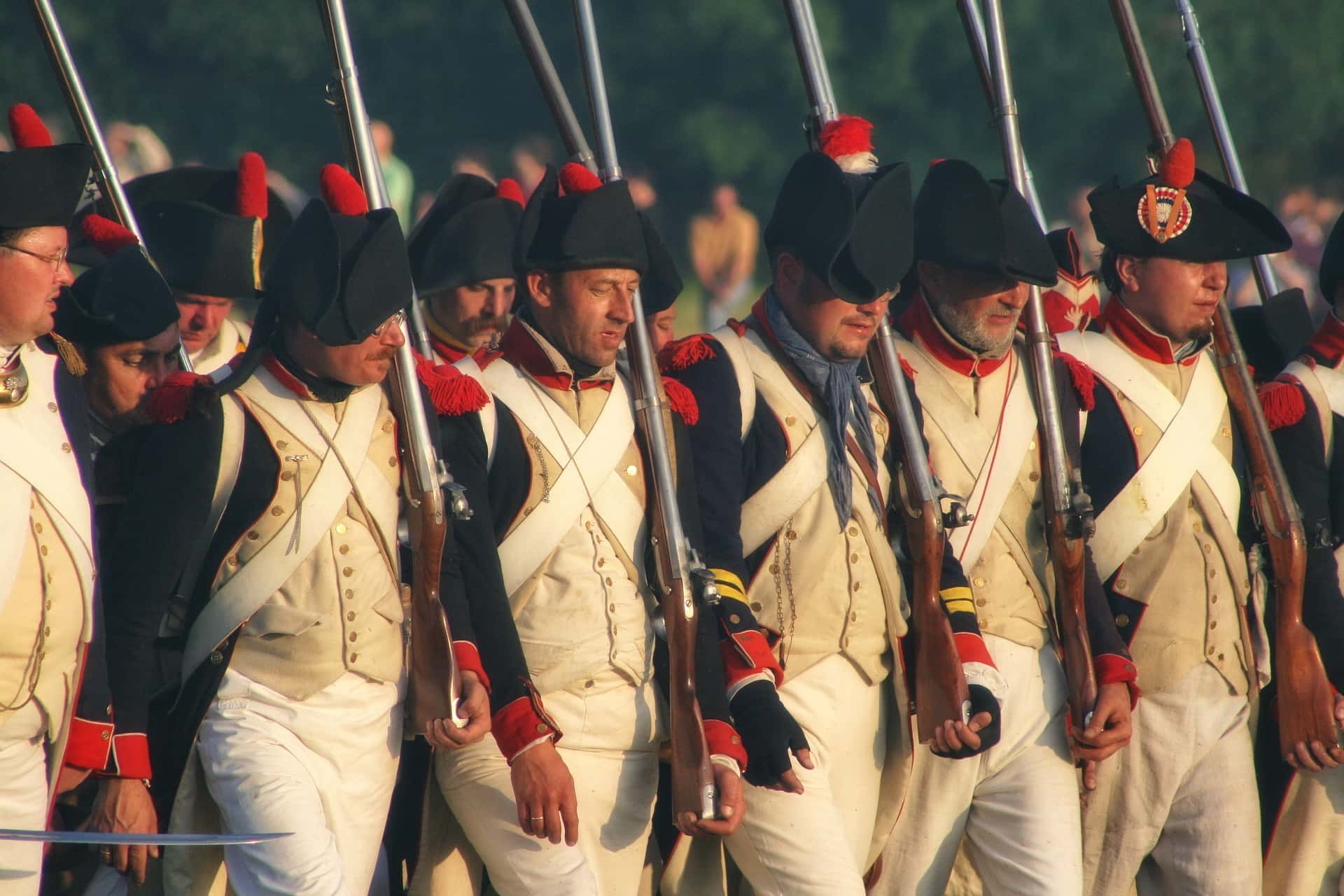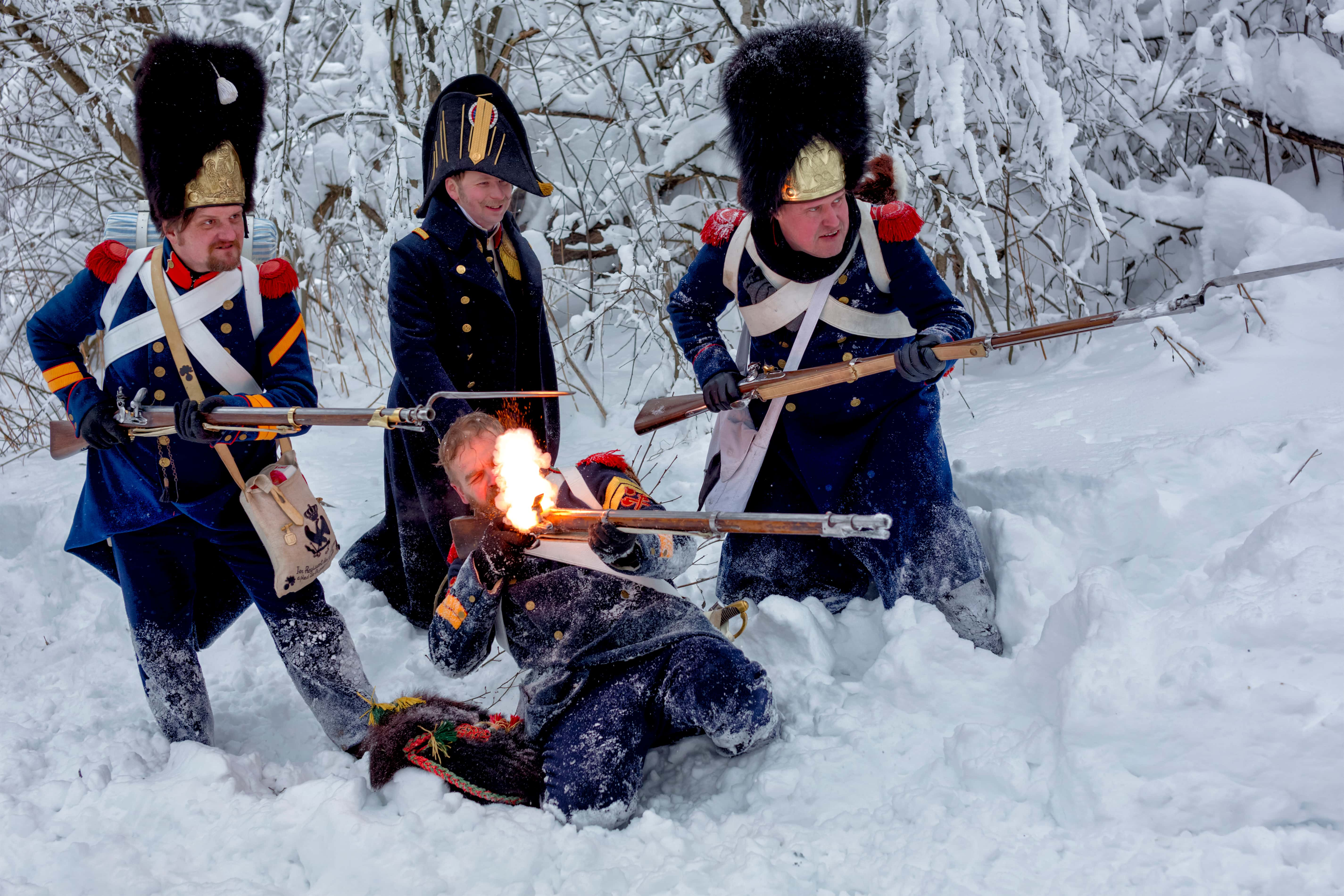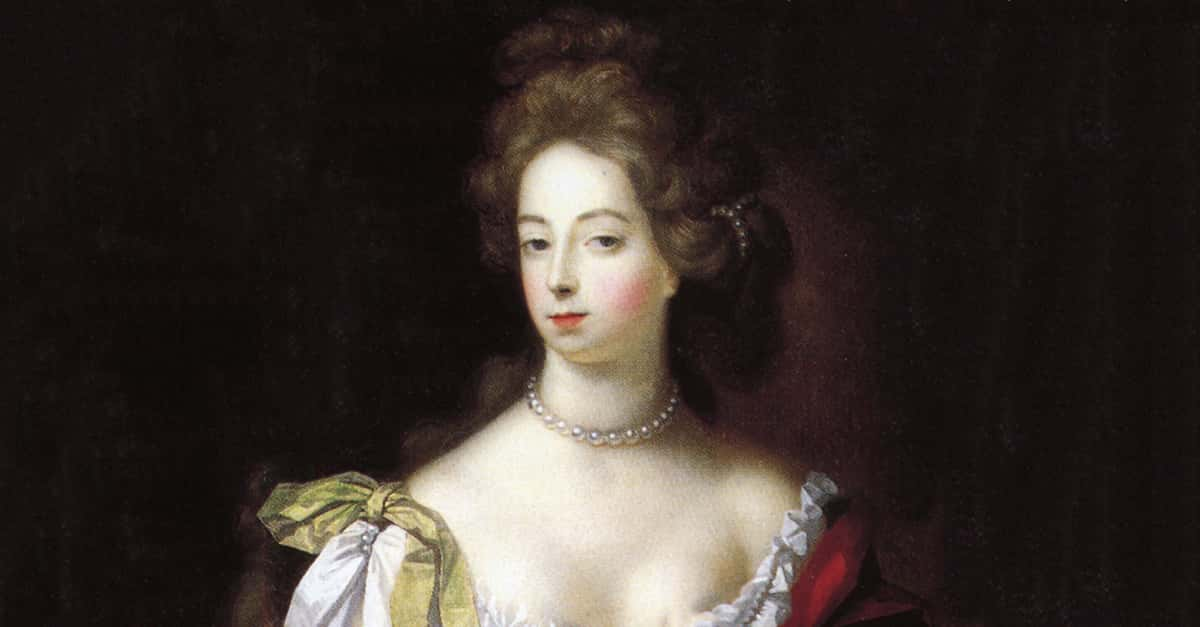For as long as people have been around, there has been warfare. Sadly, war seems eternal. Throughout the millennia, this has led to countless stories of cruelty and evil, heroism and kindness, and everything in between. From ancient history to the modern-day, we've collected these facts about some of the most devastating wars in history.
1. Jet Flames
World War I saw the rise of many horrific modern weapons. Modern flamethrowers were first used in WWI by the German forces in an attack against the British at Hooge in Flanders. The earliest flame throwers dated back to the 5th century, but the Germans refined the designs that were used in the war.
2. Wartime Poem
In Flanders Field was written in 1915 by a Canadian officer and surgeon named John McCrae, who wrote it in honor of his friend who died during the Second Battle of Ypres. The battle was the first time the Canadian Expeditionary Force had seen any action in the war, and McCrae told his mother in a letter that his impression of war was “of a nightmare.”
The poem also helped make the red poppy a symbol of remembrance.
3. German Atrocities
In August 1914 saw one of the darkest moments of the War—the German army orchestrated a mass execution of Belgian civilians in Liege. The inhabitants were rounded up from the nearby villages and shot. Any who survived the shooting were killed with bayonets. There were a few reasons for the massacres.
First, they were retaliation for setbacks suffered by the German army during their invasion of Belgium. Second, much of the German army believed that the locals were actually civilian snipers who were attacking them. Third, the German troops were executing a war policy known as Schrecklichkeit, meaning frightfulness, which was intended to frighten the civilians in the occupied areas to prevent rebellion.
4. Sonic Boom
During the War, while soldiers were desperately fighting in the trenches, they faced a threat that they couldn't see. Miners may have been secretly digging tunnels 100 feet below the ground in order to place bombs below enemy trenches. At Messines Ridge in Belgium, over 900,000 pounds of explosives were detonated at the same time across 19 tunnels, destroying a large portion of the German front line.
The explosion was so powerful it was heard by the British Prime Minister over 140 miles away.
5. Gendered Tanks
The tanks used in WWI were delineated as male and female. The male tanks had cannons, and the female tanks had heavy machine guns. One of the first tanks used in WWI was named “Little Willie,” built in 1915.
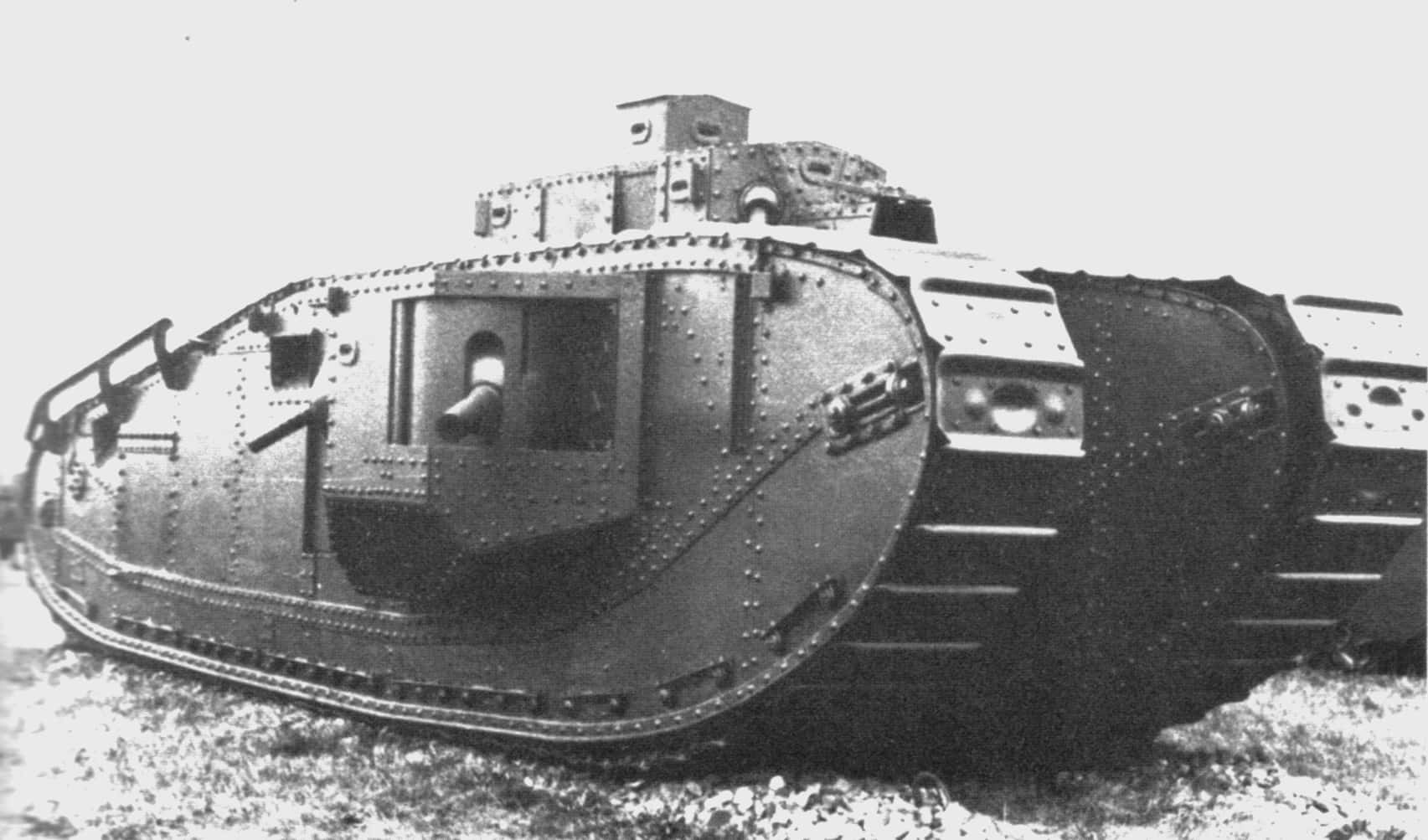 tanks-encyclopedia
tanks-encyclopedia
6. A Productive Industry
War-related manufacturing was a highly productive industry. Each of the involved nations organized workers to supply enough equipment to the troops and led to government intervention in Britain. The industry was ultimately able to produce four million rifles and over 170 million rounds of shells, as well as planes, rifles, tanks and artillery pieces by the end of the war.
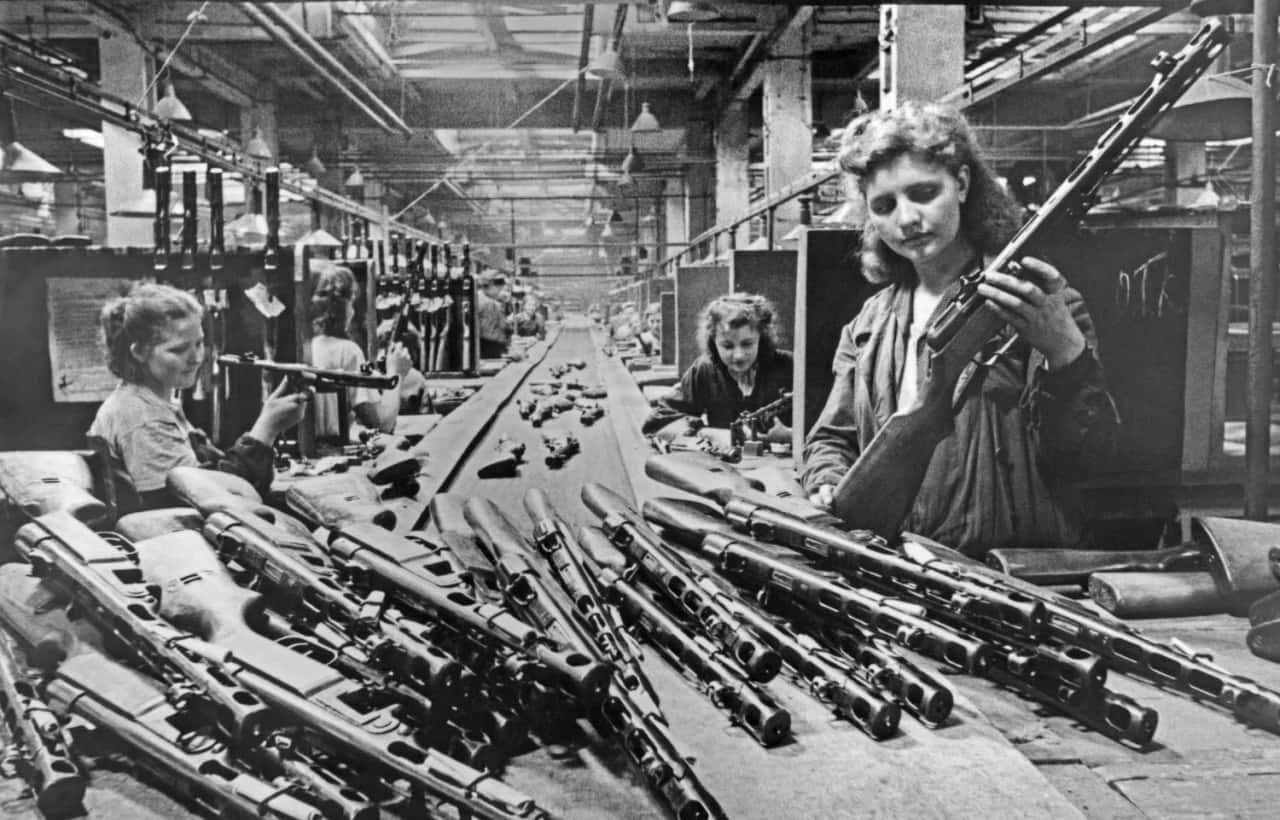 pinterest
pinterest
7. The Red Baron
German Pilot Manfred von Richthofen was the most successful German fighter pilot during the war. He quickly rose through the ranks and was leader of the Jasta 11 before becoming leader of a larger fighting wing known as “The Flying Circus.” He shot down 80 planes, which was more than any other pilot. He was nicknamed the Red Baron because of the bright red color of his aircraft, and his noble background.
He was shot down in 1918 while flying over Morlancourt Ridge and was thought of as a hero in Germany.
8. New Ideas
The War led to several innovations in manufacturing, chemistry, communications, and military tactics. WWI was the first time that aircraft were used in war, and it meant that soldiers and civilians could be attacked from above. Advances in medicine also meant that for the first time, British deaths in battle outnumbered death by disease.
9. Lethal Gas
The Second Battle of Ypres began on April 22, 1915, and German soldiers revealed their most disturbing weapon. They attacked the Allied soldiers along the Western Front by releasing 150 tons of lethal chlorine gas. It was the first introduction of poison gas as a weapon in the war, and immediately after the battle, France and Britain began developing their own chemical weapons and gas masks.

Sign up to our newsletter.
History’s most fascinating stories and darkest secrets, delivered to your inbox daily. Making distraction rewarding since 2017.
10. Treaty of Versailles
Although the fighting was technically over in 1918, the war didn’t officially end until the signing of the Treaty of Versailles on June 28, 1919. The treaty was negotiated by the Allied powers, and reassigned German borders and made them liable for reparations. Germany initially agreed to the terms, but the plans were canceled in 1932, and Hitler’s rise to power negated the rest of the terms of the treaty.
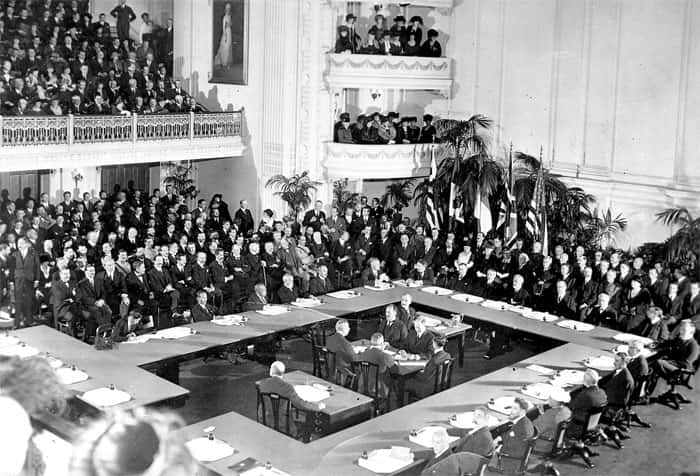 the collecting adventure
the collecting adventure
11. What do They Keep on Fighting For?
The Hundred Years’ War was fought for no less than the throne of France, which was the most powerful kingdom in Europe at the time. Both the English and French kings claimed to be King of France. In fact, the English would maintain that their kings were also kings of France in all but name right up to Queen Elizabeth I.
12. Who’s Fighting Who?
Alliances changed over the course of the war, but the most consistent battle lines were drawn between the English and the French. The English could rely on the Welsh, the Burgundians, and the Portuguese, while the French made allies out of the Scots, the Genoese, and the Bohemians—they sadly left their Rhapsody at home during the war.
13. It Lasted How Long?!
Despite being called the Hundred Years’ War, it wasn't a century of continuous conflict. Several truces and ceasefires broke up the fighting. Ultimately, though, the war began in 1337 and finally ended in 1453. No less than five generations of kings were involved in the Hundred Years War, as well as millions of nobles and commoners alike.
14. We Used to Own Some Land Way Back
Surprisingly, the English already held French territory before they ever declared war for the rest of it. Traditionally, the southern province of France called Gascony belonged to Edward III’s family.
15. We Go Way Back
Not only was Edward III related by blood to the French monarchy, but his ancestors were actually French. Normans from Northern France had populated England after their 1066 invasion under William the Conqueror. After William's victory at the Battle of Hastings, the Normans became the lords of the mostly Anglo-Saxon population.

16. England’s Most Powerful Weapon
Of all of England’s units, it was the longbowmen of England and Wales were the most terrifying. The king would actually encourage commoners to take up archery so that when longbowmen were needed, there would be enough to recruit. They made up the majority of English forces.
17. The Power of the Longbow
The longbow, while it was super effective during the war, wasn’t easy to learn. The bow was often six feet long, and it took men 10 years of training just to get used to it—and a lifetime of using one had chilling consequences. When skeletons of longbowmen have been dug up, it turns out their bodies had been reshaped, with enlarged left arms and twisted spines, from the effort of drawing the bow countless times.
18. Putting Their Money on the Wrong Horse
For their part, the French placed their own stock in the famous knights of the Middle Ages, as well as hiring thousands of crossbowmen from Genoa to act as mercenaries. Both would be used against the English armies, and while the crossbows did have a longer range than the English bows, they were far more slow to load.
19. The Destruction of Caen
There were countless battles in the Hundred Years War—but one was particularly chilling. Edward III attacked the city of Caen in Normandy with 12,000 knights, archers, and soldiers. The city had expected to hold out for weeks and bleed Edward’s army so badly that he would have to retreat. Instead, the city fell in a single day, as the defenders had argued about whether to defend the whole city or just the wealthy island quarter.
In the confusion, and after a furious brawl leading to hundreds of dead on the English side, the English ravaged the city and plundered it brutally.
20. What Goes Around Comes Around
In a strange case of irony, Caen was not only the traditional capital of Normandy, but it was also where William the Conqueror was buried. The destruction of Caen meant that the Conqueror’s city was taken by the descendants of those who fought against him, led by the Conqueror’s own distant descendants. My head is spinning...
 You Tube
You Tube
21. It Almost Kept Going!
The Hundred Years’ War, even after being fought for over a century, nearly started again in 1475. Charles of Burgundy declared war on the King of France, hoping that the English would take his side in the conflict. However, Edward IV of England agreed to a bribe by the French to stay out of the conflict. He also formally ended the hostilities with the Treaty of Picqueny in 1475.
22. We Were So Close!
By 1419, Henry V and his army were outside of Paris itself. It was then that the French decided that negotiations were in order. The resulting talks led to the Treaty of Troyes, which acknowledged Henry V as the heir to King Charles VI of France, and they sealed the deal with a marriage between Henry and Charles’ daughter, Catherine of Valois. These plans should have laid the War to rest once and for all—but then tragedy struck.
Henry V unexpectedly died of dysentery while campaigning in 1422, two months before Charles himself died. His son Henry VI, an infant when his father died, grew up feeble and weak-minded. Henry VI's incompetence and renewed French resistance led to the English losing everything they’d gained.
23. What's Left?
By the end of the Hundred Years’ War, all that the English kept from their conquests was the Northern French city of Calais. They held it until 1558 when the French finally took it back.
24. Europe: Total War
One chilling aspect of The Hundred Years’ War changed warfare forever. It saw the disturbing rise of total war, effectively destroying the age of chivalry. Because the strength of the monarchy came through taxes and resources, both sides targeted the peasantry who owed allegiance to their enemies. As a result, many towns were razed and destroyed, while thousands of innocent civilians were killed or displaced.
25. Career Soldiers Sign Up Here
One of the biggest changes that came about in medieval society from the Hundred Years’ War was the emergence of a standing army. Rather than rely on mercenaries, the French began to keep a permanent force on hand in case war ever emerged again. It was the first standing army in Europe since Rome.
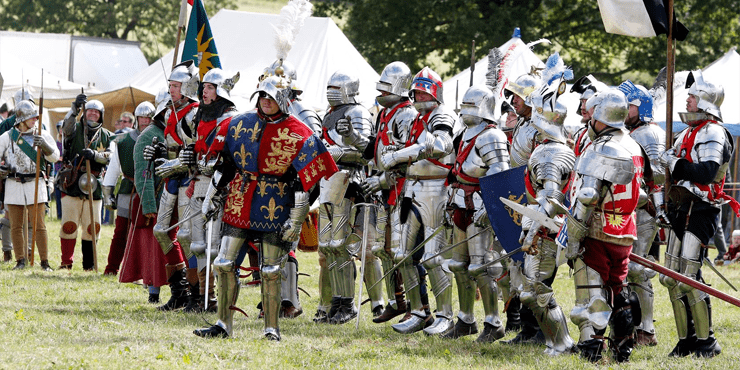 In the foot steps
In the foot steps
26. Guns Blazing
The Battle of Crecy is noted for being the first instance where an English army fought with cannons. The guns were very primitive, and admittedly did almost no damage to the French, but it was a clear sign of things to come in the future of European warfare.
27. Losses Too Harsh to Even Joke About
The Hundred Years' War was only a part of the nightmare. It’s been estimated that between the War and the outbreaks of bubonic plague, France lost half of its entire population during that time period. The English fared a little better, losing only a third of their population.
28. From One War to Another
The aftermath of the Hundred Years’ War left England in economic disarray. The Plantagenet dynasty was also in the hands of a weak king who didn’t share the confidence of the people. These issues led directly to the Wars of the Roses, which began barely two years after the Hundred Years’ War ended! Most recently, George R.R. Martin has used the Wars of the Roses, which was fought between the Plantagenet Houses of York and Lancaster (read: "Stark" and "Lannister"), in his series A Song of Ice and Fire.
But the Wars of the Roses were so complicated, they need their own article to even scratch the surface.
29. A Long, Long Way
The various conflicts, battles, and all-out wars that made up the Roman-Persian Wars were amongst the longest in human history. When all was said and done, the wars lasted approximately seven centuries—from BC to AD! Since the wars raged for so long, life was actually pretty stable in the region, though a number of cities, especially Constantinople (modern-day Istanbul), traded hands numerous times.
30. Spartacus! Spartacus!
It could be said that Marcus Licinius Crassus, the legendary Roman general, was the man responsible for the start of the Roman-Persian Wars. After he squashed the slave revolt of Spartacus, Crassus used his newfound popularity to convince Julius Caesar that the Romans should think bigger. He was the one who started the Roman conquest of lands to the east of the Republic.
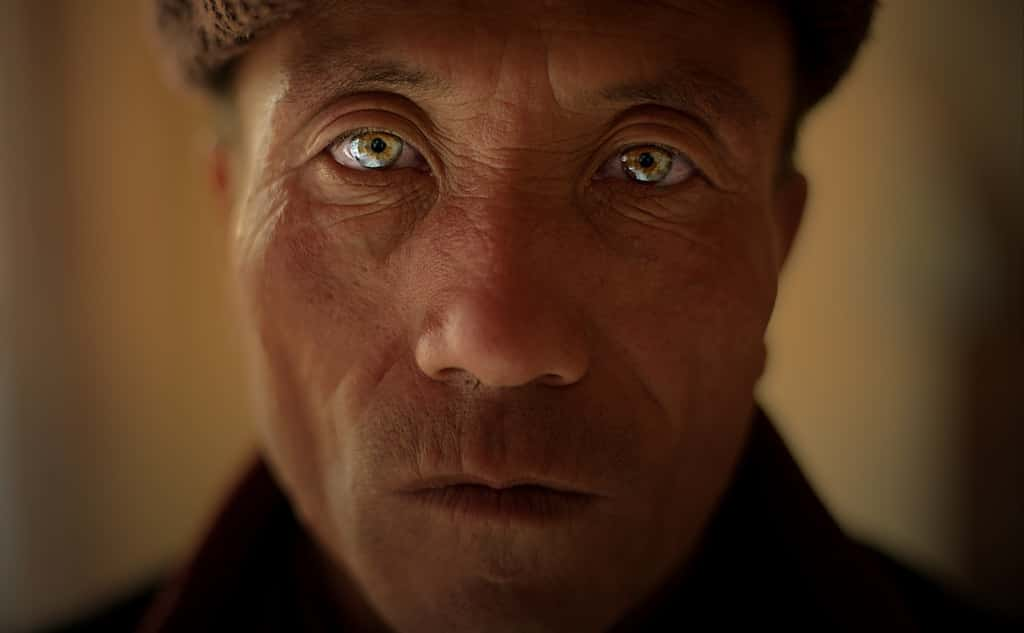 Flickr, Jonathan Kos-Read
Flickr, Jonathan Kos-Read
31. Getting Greedy
Crassus stoked the fires that began the Roman-Persian Wars mostly because of his own greed. After so much success pushing the Roman Republic eastward, Crassus was given the governorship of Syria. Instead of retiring into the easy life, though, Crassus thought it was a good idea to go ahead and attack Parthia by crossing the Euphrates River.
32. Best Laid Plans
Crassus's attempt to invade Parthia ended in utter disaster. His legions immediately suffered a brutal defeat at the hands of a much smaller Parthian force. Realizing his cause was lost, he attempted to parlay with his enemies—only to be killed in a skirmish while en route. Not exactly the best start to seven centuries of conflict.
33. Try, Try Again
After Crassus's disastrous defeat, Julius Caesar decided he'd give crossing the Euphrates a try. Not only did Caesar want to avenge the death of his general Marcus Crassus, but also wanted to punish Parthia because they had sided with Pompey, who had tried to remove Julius Caesar from power. Just before he laid out his plans to invade Parthia, though, Caesar was assassinated on the Ides of March. One would think this would put a hold on the Roman Persian Wars, but there was rarely peace to be found in the Roman Empire...
34. Seizing Power
After the assassination of Julius Caesar, Republican dissenters fled to Parthia as a way of escaping retribution from Mark Antony and Octavian (the future emperor Augustus). This dragged the Parthians into the war that followed Caesar's assassination, known as the Liberators' Civil War, and it meant that the Roman-Persian Wars were back in full swing.
35. Enough is Enough
The first pause in the Roman-Persian Wars came thanks to the tempered vision of Emperor Hadrian. The man who gave his name to Hadrian’s Wall was also tired of the resource-draining fighting against Parthia. He re-established the Euphrates River as the boundary of the Roman Empire in a move that is known as the status quo ante bellum, "the way things were before the war."
The was an extremely different view from the expansionist policies of his predecessors.
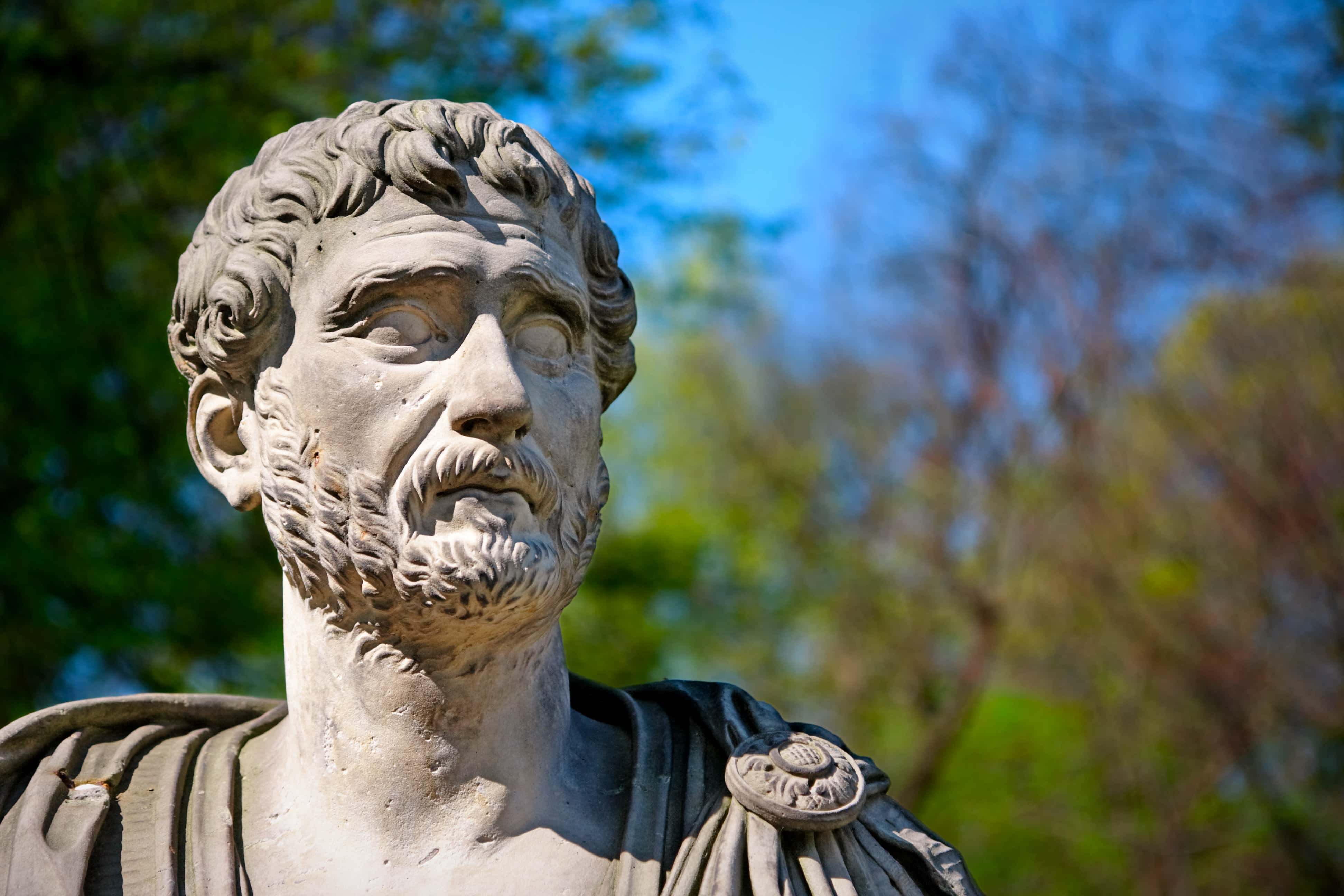 Shutterstock
Shutterstock
36. Last of the Romans
Flavius Belisarius has often been called the “Last of the Romans,” because he was a major reason for Justinian’s success in expanding the Byzantine Empire back into the former territories of the Roman Empire. Even though Justinian was rather hot and cold with Belisarius on personal terms, the general always stuck to his task and managed a number of impressive victories throughout his career, especially during the campaigns in Italy and the Iberian war (which was fought over territory in what is now Georgia).
37. Legendary Leader
Justinian I’s main man Belisarius cemented his reputation in one of the decisive battles of the Iberian War. Some 50,000 Persians lined up against the Byzantine army at the Battle of Dara, while Belisarius only had 25,000 men at his disposal. Despite the numerical inferiority, Belisarius showed his brilliant tactical chops by continuously forcing the Persians to charge through unfavorable terrain.
In the end, the Persians were forced to retreat, and many of their men were run down by the Byzantine cavalry.
38. In and Out of Favor
Despite almost single-handedly strengthening and expanding the territories of the Byzantine Empire, General Belisarius had his enemies. After coming out of retirement to save Constantinople one last time, Belisarius was rewarded with a trumped-up charge of corruption. The Byzantine historian Procopius was said to have presided as judge of the kangaroo court.
Belisarius was imprisoned, only to eventually be pardoned by Justinian for his years of service.
39. Who's That in Bed With My Wife!
Belisarius had a bit of an unhappy retirement, despite his outstanding legacy as a military commander. It was common knowledge around Constantinople that he was a cuckold—his wife Antonina had frequent extramarital affairs, including with her adopted son, Theodosius! Now that's some Lannister business if I've ever seen it!
40. Short-Lived Eternity
It probably should be a rule that when you're creating treaties with neighboring nations, kingdoms, or communities, words like “forever” and “eternity” ought to be avoided at all costs. This goes doubly when the two parties are at the long end of a nearly seven-century feud between Romans and Persians. When Khosrau I (Kavadh I's successor) and Justinian I (Justin I's successor) met to bring an end to the Iberian War, they chose the unfortunate name of the “Eternal Peace” for the agreement.
Well, their agreement didn’t even last eight years. Not exactly an "eternity."
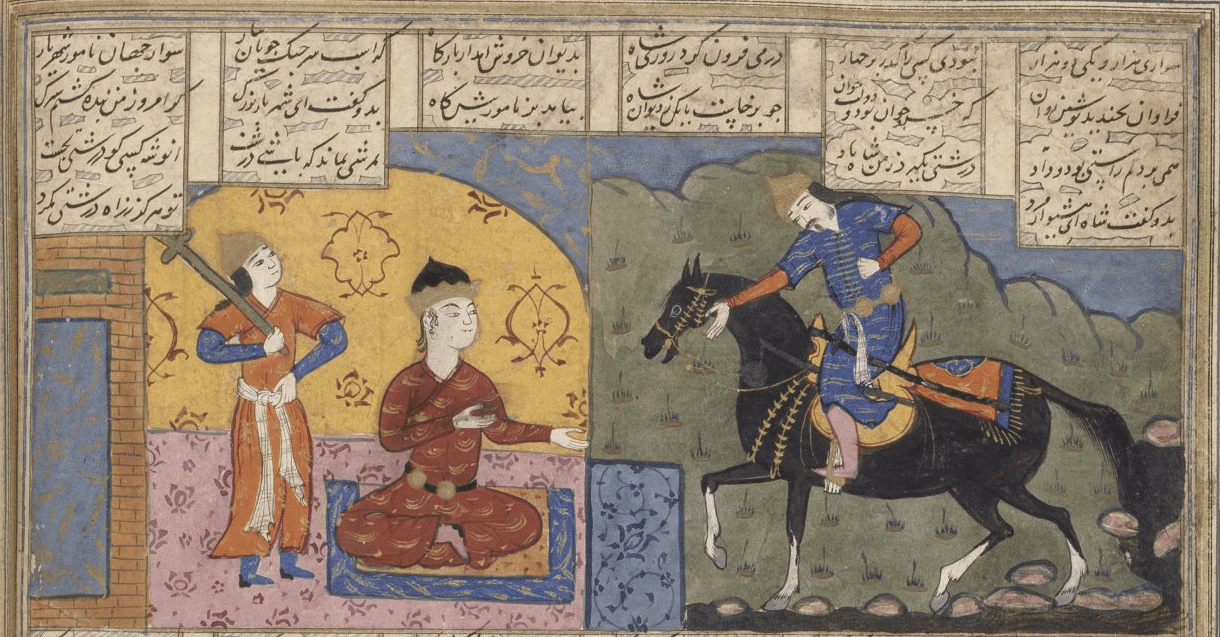 Wikipedia
Wikipedia
41. As Far as the Eye Can See
The height of the Roman-Persian Wars came at the time of Trajan’s rule as Roman Emperor. Trajan is best known for ruling over the largest expanse of the Roman Empire. During his time as Emperor, the Empire expanded eastwards through Mesopotamia and almost completely destroyed the Parthians. Eventually, the Romans fell at the last hurdle, as they couldn’t ever quite take the city of Hatra.
42. Once Upon a Time in Armenia
Mark Antony was responsible for one of the worst Roman defeats in the whole of the Roman-Persian Wars. Marching deep into Parthian territory, Antony’s army was quickly stretched thin and attacked with devastating efficiency. Utterly decimated, Antony attempted to retreat to Armenia, but he lost another 20,000 men and 4,000 cavalry soldiers during the flight.
His failed campaign resulted in a loss of two-fifths of his army.
43. Serving Time
Valerian the Elder had the unfortunate record of becoming the first Roman Emperor to be captured as a prisoner of war. At the battle of Edessa, the Persian Emperor Shapur I captured Valerian and forced the emperor and his fellow Romans into slavery. Such a mortifying defeat utterly stunned people throughout the empire.
44. A Mouth of Gold
Emperor Valerian died while still being held captive by Persian Emperor Shapur I. But some debate exists over the actual cause of his death. The two main stories that circulated for a long time were quite brutal. The first claimed that Shapur had Valerian killed by forcing him to drink molten gold. In the second, Valerian was killed by being flayed alive!
45. What Happened To Poor Poland
On September 1, 1939, German Führer (Supreme leader) Adolf Hitler launched a "surprise" invasion of Poland from the West. Why do we say it was a "surprise"? Because German forces had been assembling on the Polish border for months. There was almost no doubt that German leadership intended to invade eventually.
The aggressive, unwarranted attack on a neutral nation immediately showed Germany's true colors to the rest of Europe. Within days, Britain and France declared war on Germany, and World War II was underway.
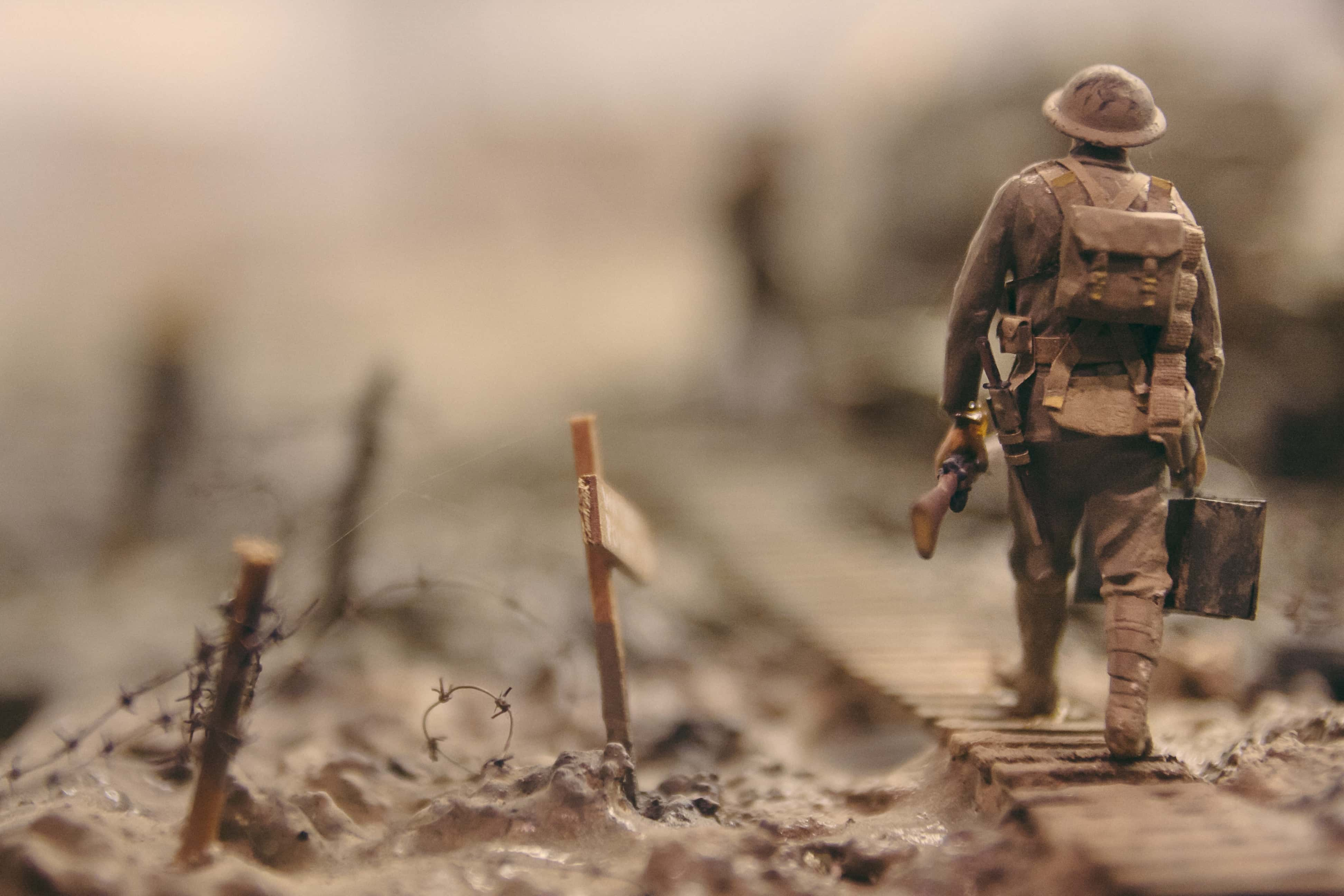 Unsplash
Unsplash
46. Britain's First Failure
Neville Chamberlain was Prime Minister of Britain when WWII broke out. And in the eyes of many experts, much of the blame for Germany's early success in the war falls on him.
While Germany didn't attack Poland until 1939, the signs were there for more than a decade that the Germans were ready for war. Over the years, German leadership flagrantly ignored the terms of the Treaty of Versailles that for example, forbid Germany from building its military capabilities. Meanwhile, Chamberlain and his government attempted to avoid war by making Hitler happy—a failed diplomatic strategy known as appeasement.
47. Fake War
Ever heard of The Phoney War? That's the term historians use to refer to the period after the British (and other allies) joined the fight...but before any truly dramatic fighting began. It was seven to eight months of incredible tension, while both sides began to quietly amass troops. There were a few actions, though.
One of them? The British Air Force dropped thousands of propaganda pamphlets over German cities, in the hope of dissuading people from the growing extremism. This campaign is sometimes jokingly referred to as "Mein Pamph."
48. Winston Churchill Enters The Fray
Not everyone understands that Winston Churchill, perhaps the most recognizable face of the Second World War, wasn't Britain's leader until about eight months into the conflict. While the so-called Phony War continued, Churchill served as a member of the opposition to Neville Chamberlain's government...and one of the loudest voices in the world warning that a true World War was incoming. Then, on May 10, 1940, everything changed.
Just hours before German forces blitzed through France, Chamberlain gave in to a flurry of protest and criticism and finally resigned as Prime Minister. In response, King George VI asked Churchill to lead the nation.
49. Blood, Toil, Tears, and Sweat
Although Churchill was now Prime Minister, he was hardly popular with the rest of the Establishment. A political outsider, he'd spent much of his career loudly criticizing his peers. Quickly, though, Churchill established himself as the perfect leader for the moment. In mere months, he delivered three of the most famous speeches in the history of Western civilization, beginning just three days after his appointment as Prime Minister with a speech historians often call Blood, Toil, Tears, and Sweat.
The words are inspiring, "We are in the preliminary stage of one of the greatest battles in history...I would say to the House as I said to those who have joined this government: I have nothing to offer but blood, toil, tears, and sweat."
50. The Red Army's Suffering
In case you ever need a reminder of just how cataclysmic the Second World War really was, just look to Soviet Russia. Eighty percent of all the Russian males born in 1923 died over the course of the war. The reality of that is absolutely staggering. The war eliminated an entire year's worth of children. And make no mistake, they were essentially children.
As Kurt Vonnegut once wrote, “I do not say that children at war do not die like men, if they have to die. To their everlasting honor and our everlasting shame, they do die like men, thus making possible the manly jubilation of patriotic holidays. But they are murdered children all the same.”
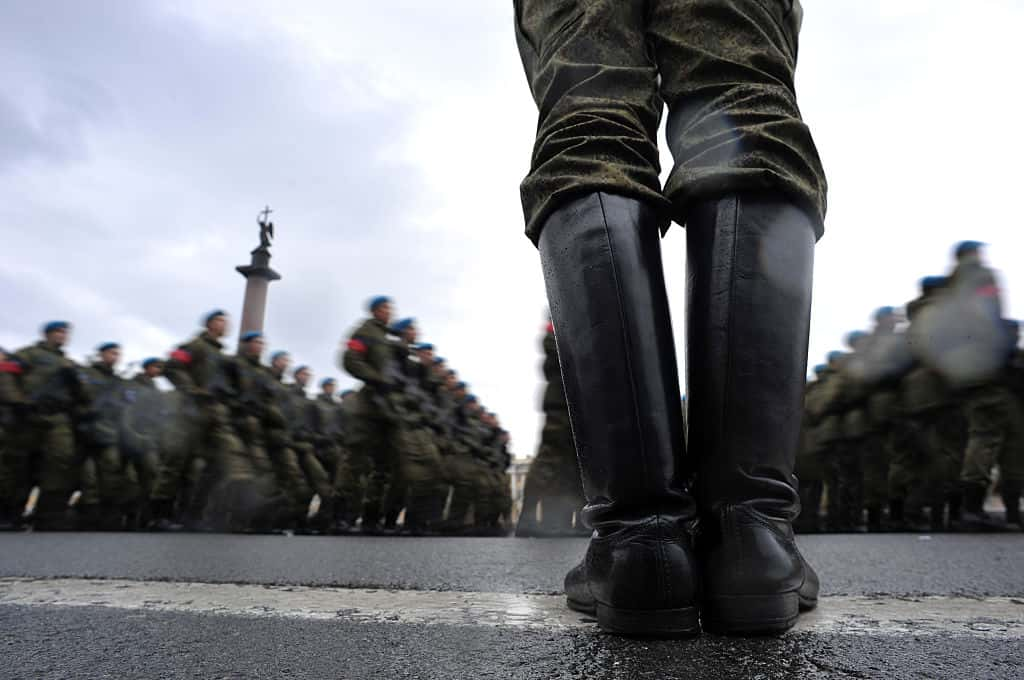
51. Strategic Allied Bombing
Between 1939 and 1945, Allied forces dropped 3.4 million tons of bombs, which is an average of 27,700 tons per month.
52. British Royalty
In the final years of the war, a young girl joined the Auxillary Territorial Service of the British Armed Forces. Nothing especially interesting about that, right? Except this particular girl wasn't spending her nights in the unit barracks... she was sleeping in Buckingham Palace. That's right: Queen Elizabeth II (then Princess Elizabeth) served as a mechanic and driver in World War 2. In doing so she became the first female member of the British Royal family to serve in the armed forces.
Long live the Queen!
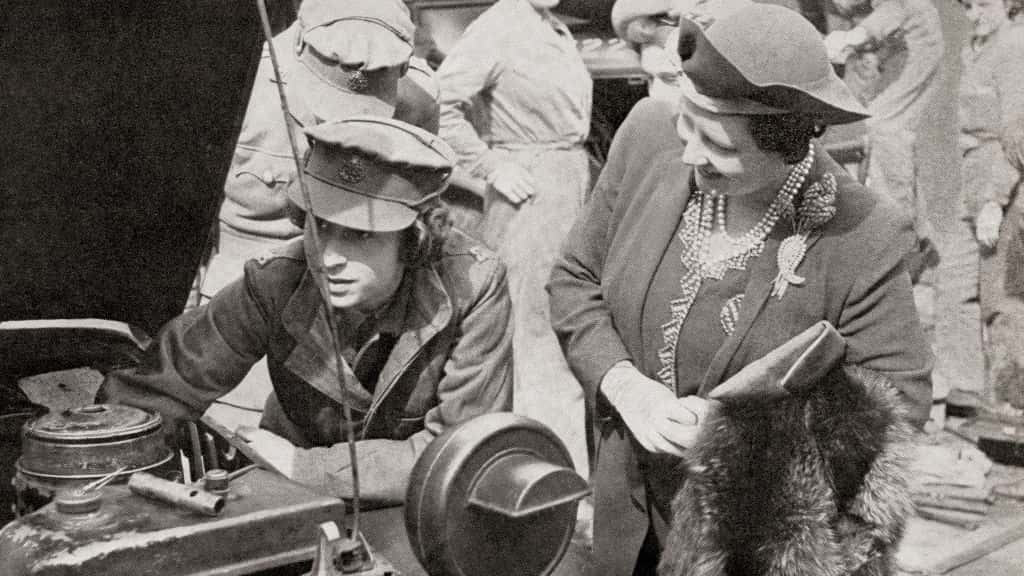
53. Battle Of The Bulge
The Battle of the Bulge, the last major German offensive campaign of World War 2, was one of the deadliest conflicts for American soldiers during the war. An estimated 19,000 American soldiers lost their lives.
54. Enola Gay and Bock’s Car
The planes that dropped the nuclear bombs on Hiroshima and Nagasaki were the Enola Gay and Bock’s Car. The latter was named after Frederick Bock, the plane’s commander. It's also a pretty fantastic pun.
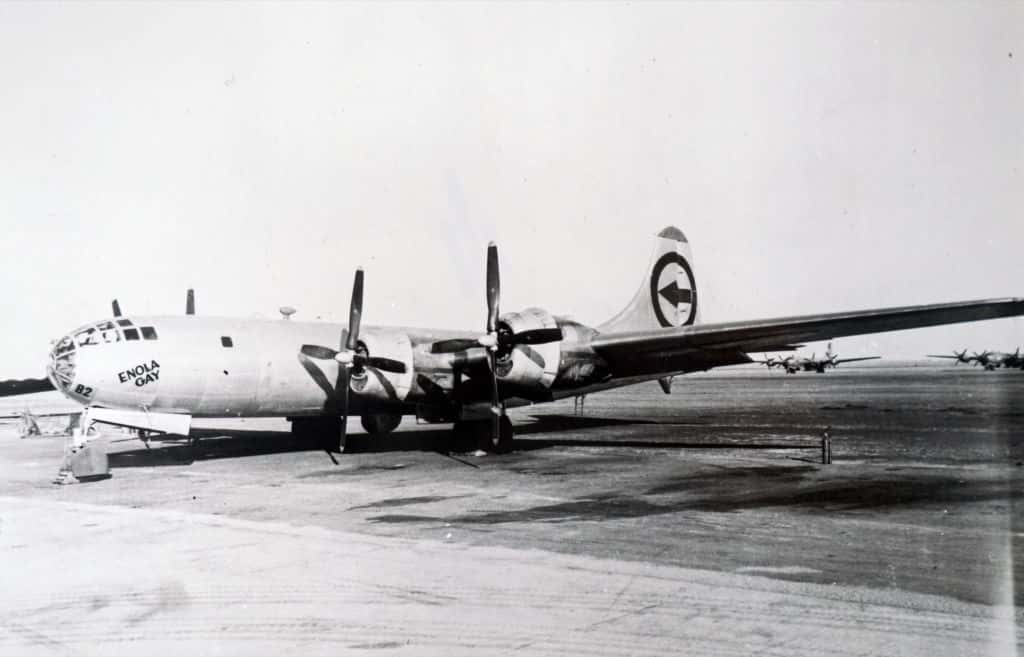
55. Fresh Out
Most people don't realize that there were plans to drop a third nuclear bomb—and the Americans chose the most devastating target they could. If a third atomic bomb had been necessary, the target would have been Tokyo. Luckily, the Japanese surrendered. Oh, and there may have been another reason it didn't happen: The Americans actually didn’t have any more bombs to drop. Which is not exactly shocking. It took years for the Manhatten Project, under the direction of scientist J. Robert Oppenheimer, to produce the two bombs necessary for the original attack.
It's not exactly like nuclear weapons were standard military equipment.
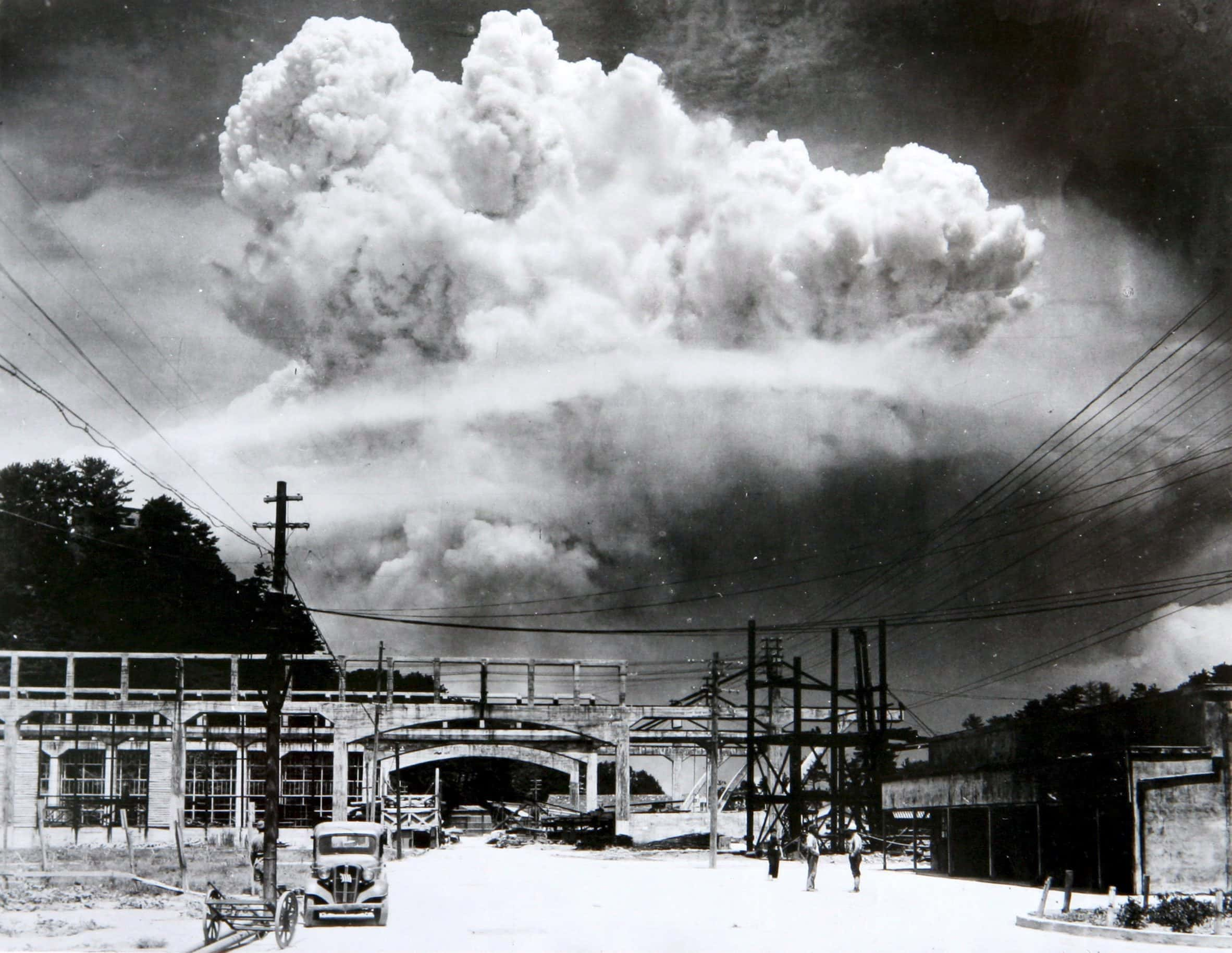 Wikipedia
Wikipedia
56. World War 2 Stories Can Be Devastating
Imagine the odds of being struck by lightning twice. Pretty rare. I'm sure if that happened to you, you'd think you must have been cursed by some sort of vindictive witch. So imagine the confusion and suffering of Tsutomu Yamaguchi, a Japanese man who survived the bombing of Hiroshima...only to move to Nagasaki and arrive just before the second bomb hit.
The torment he must have experienced is beyond belief.
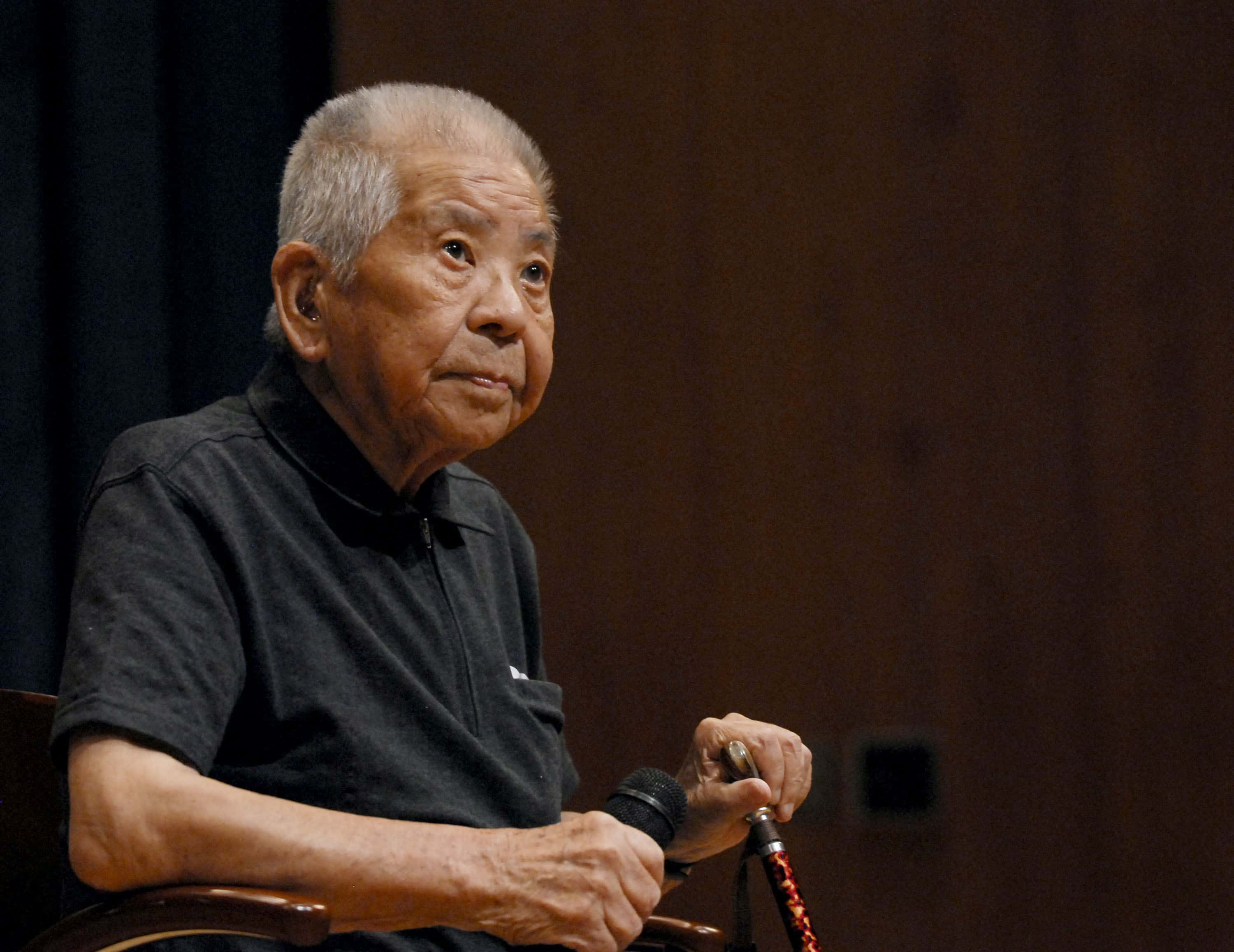
57. World War 2 Was Devastating
More Russians lost their lives during the Siege of Leningrad than American and British soldiers combined in the entirety of World War II. The 872-day German-led siege caused extreme famine in the Leningrad region, which resulted in the deaths of up to 1,500,000 people.
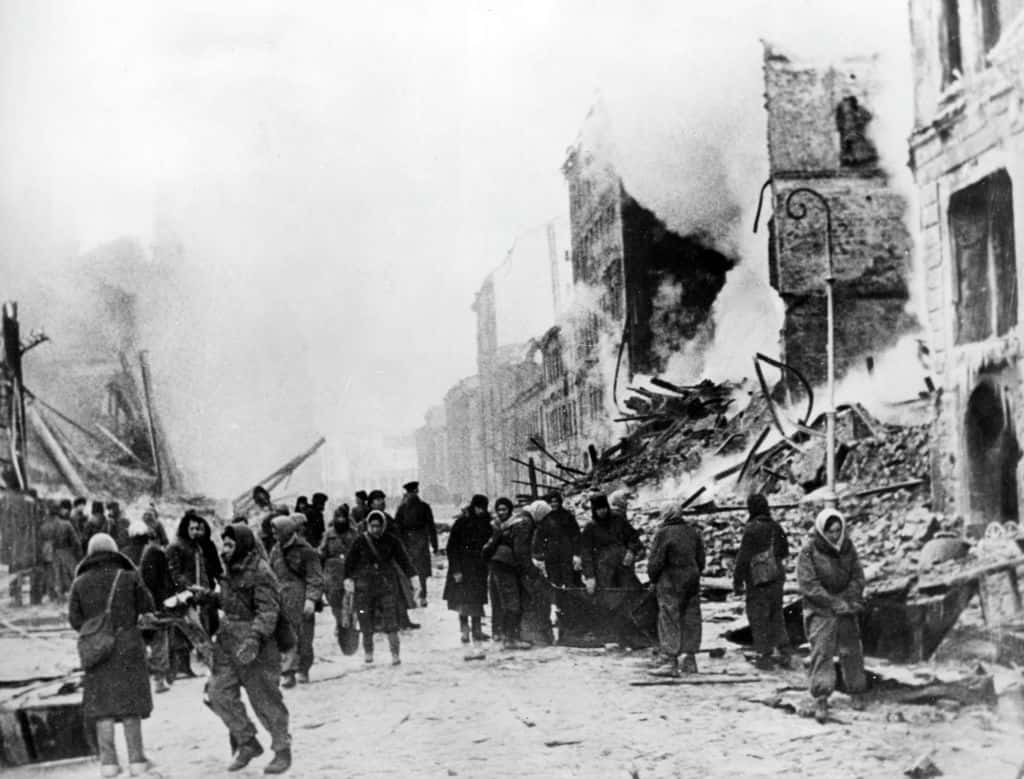
58. The Tides Of War
In WWII, the US and New Zealand secretly tested 3,700 "tsunami bombs," designed to destroy coastal cities.
59. Japan’s Refugees
Despite many atrocious activities during the World, Japan did have one stand-out achievement: they earned a reputation as a refuge and safe-haven from the Holocaust. In 1938, Japanese leadership made the decision not to expel Jewish people from the country. Japanese authorities rejected the resulting German protests.
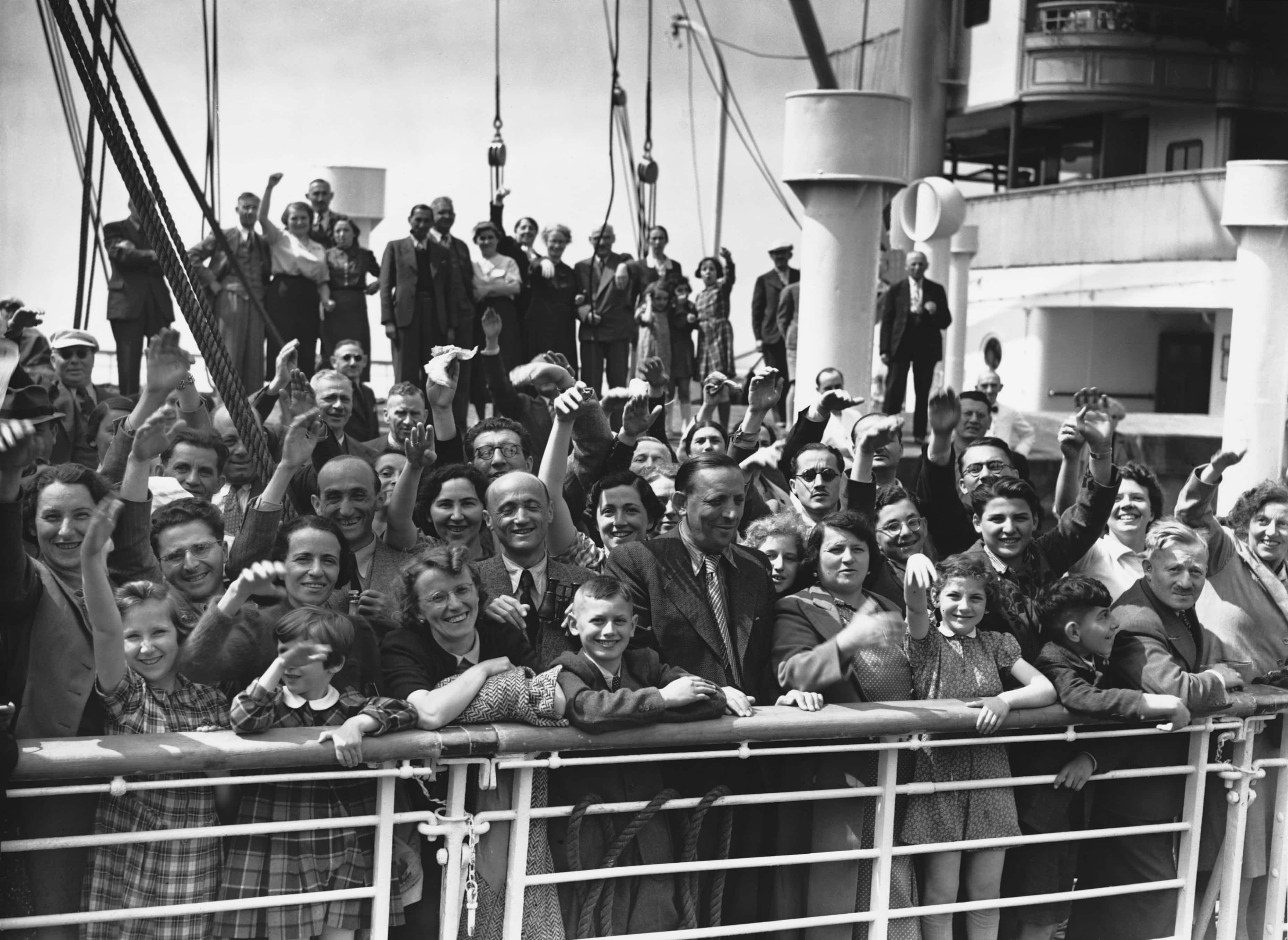
60. The Spy Who Got Medals
Spaniard double agent Joan Pujol Garcia had the rare distinction of receiving an Iron Cross from the Germans and an MBE from the British during WW2. It's one of the world's greatest feats of espionage.
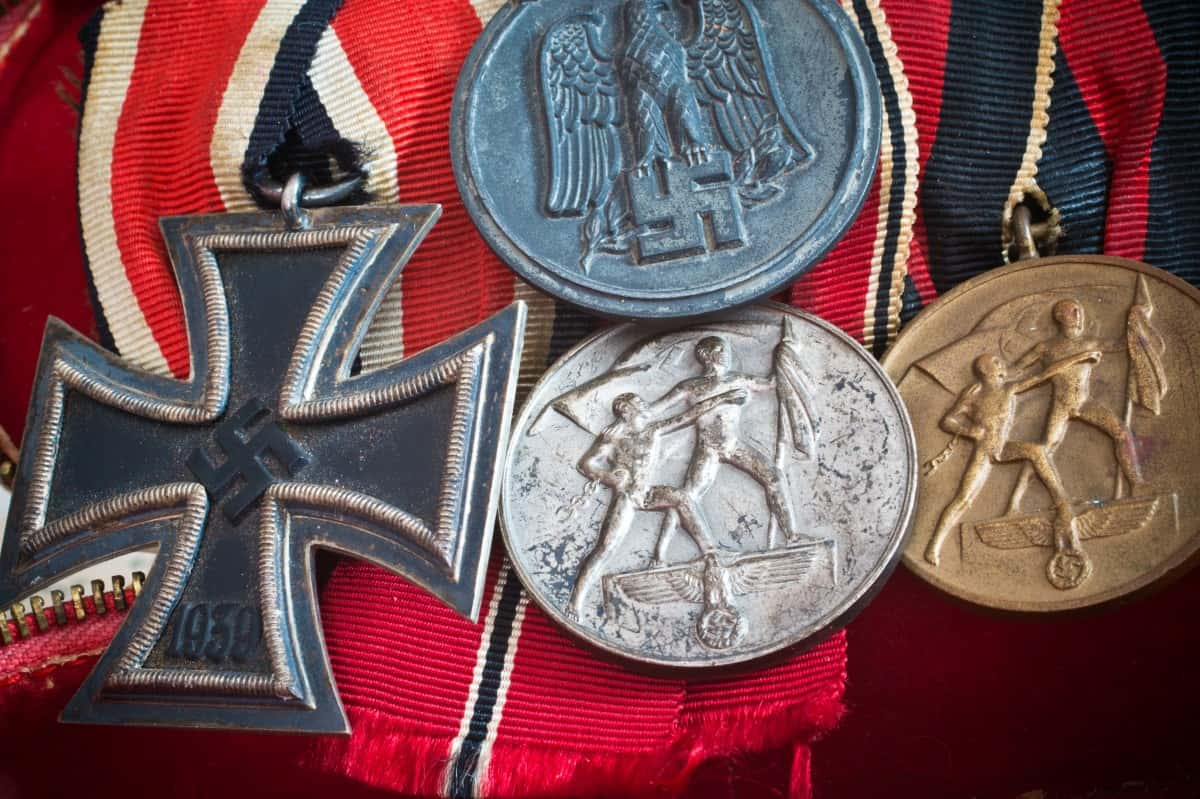 PXhere
PXhere
61. Poor Problem-Solving
The architect of “The Final Solution” was Heinrich Himmler. He made the decision to follow-through with the horrific plan at the 1942 Wannsee Conference in Berlin.
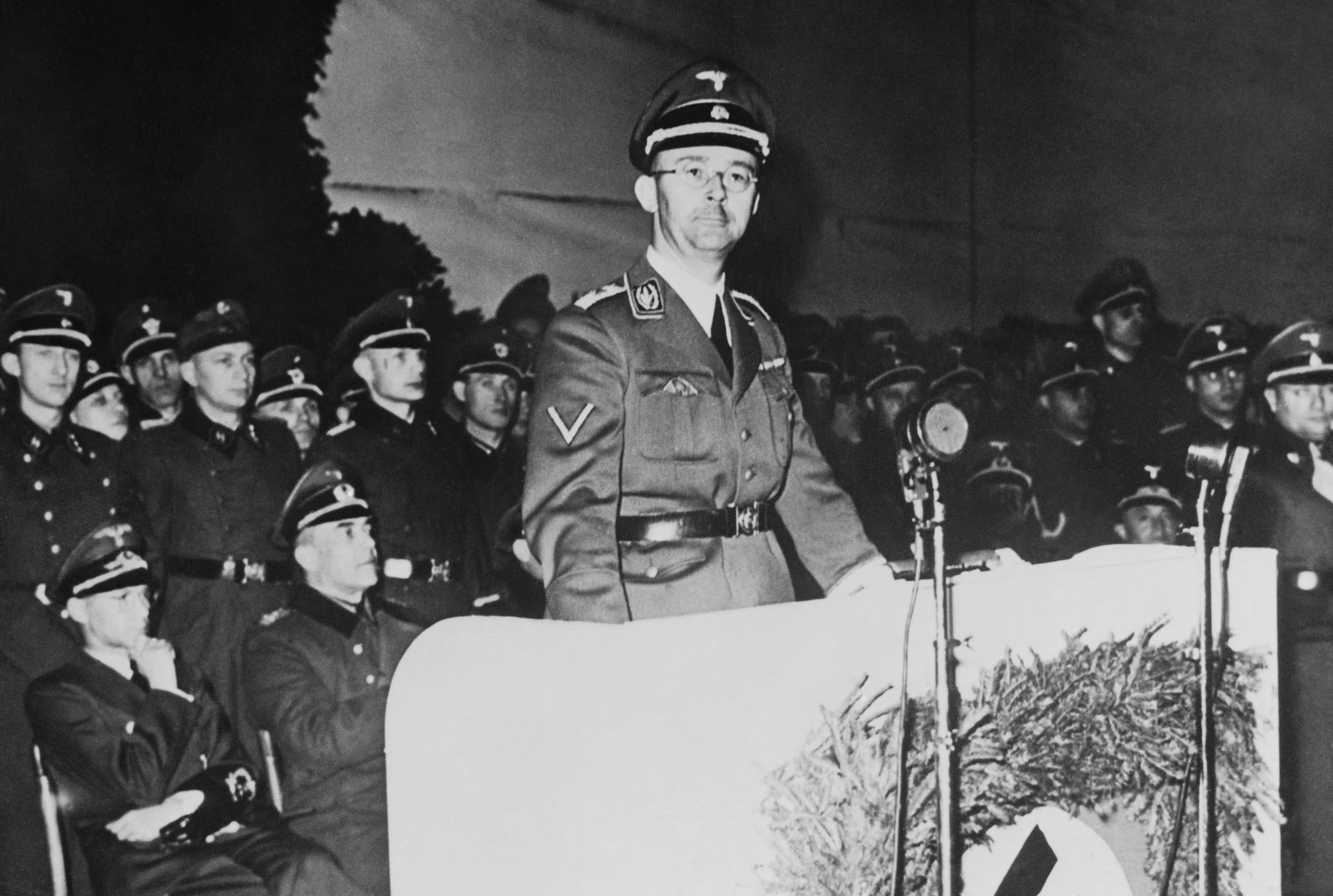
62. Germany's Alternate Solution
Before deciding to kill all the Jews, one of the proposed “solutions” was to send all German-born Jews to Madagascar. However, studies conducted by Nazi leadership showed that Madagascar simply would not have been big enough and, furthermore, access was blocked by a British naval blockade.
63. Navajo Code Talkers
From 1942 onwards, the US Marines in the Pacific used the Navajo language as their secret code. Over 400 Navajo Code Talkers trained to use the code, and the Japanese never figured it out.
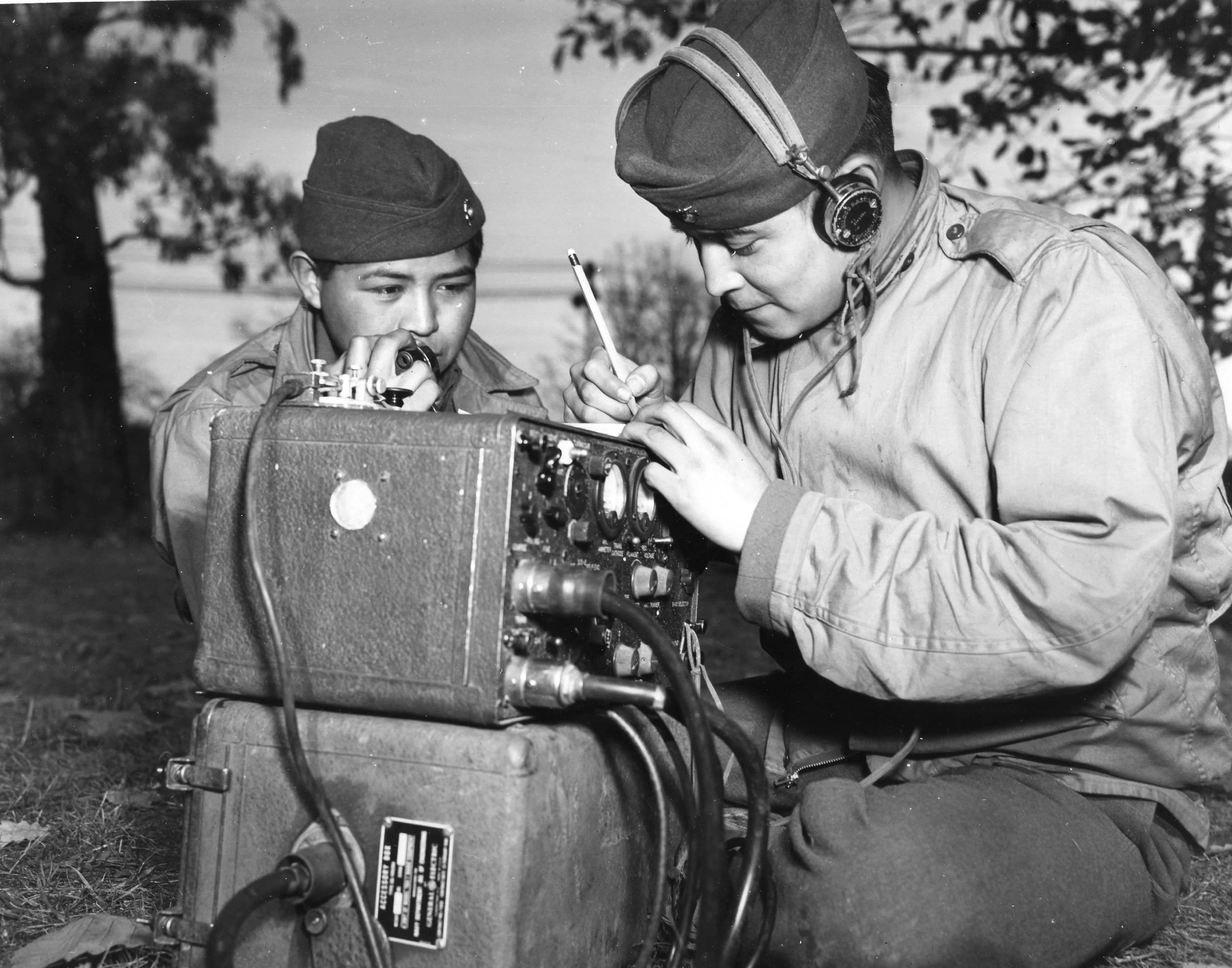
64. The Horrors Of The End
After liberating the Bergen-Belsen concentration camp, at the end of World War II, Allied forces burned the entire facility down to prevent the spread of typhus.
65. (Fake) Typhus In Poland
Speaking of typhus (which is a phrase you never want to say)...during WWII, two Polish doctors saved 8,000 Jews from the Holocaust with an ingenious plan: they faked a typhus epidemic. German armed forces, afraid of spreading the disease, chose not to enter their town.
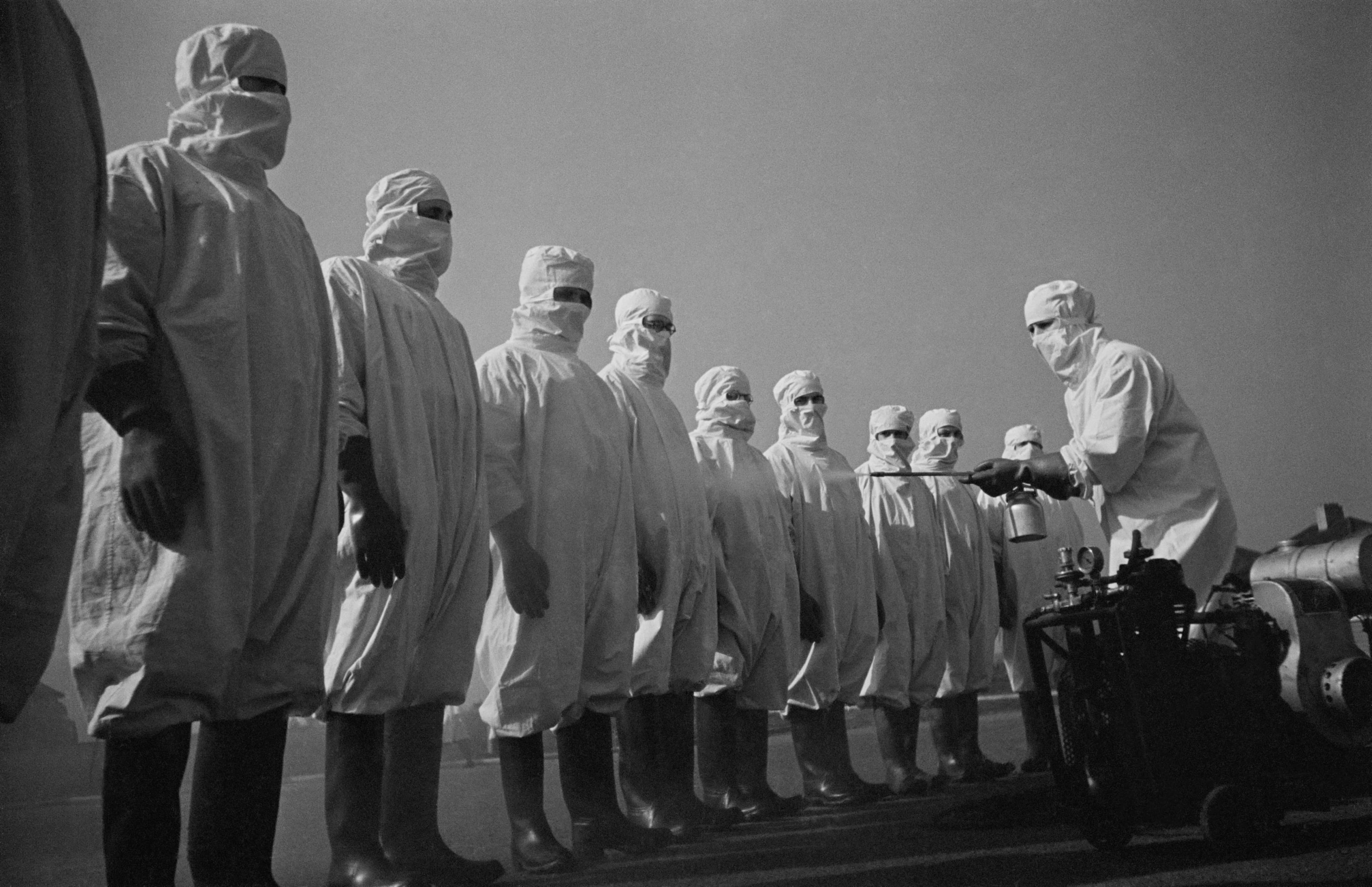
66. Allied Forces Come Too Late
Even after the Allied forces liberated the concentration camp prisoners, many were beyond help. For example, 13,000 prisoners in Bergen-Belsen died after being saved.
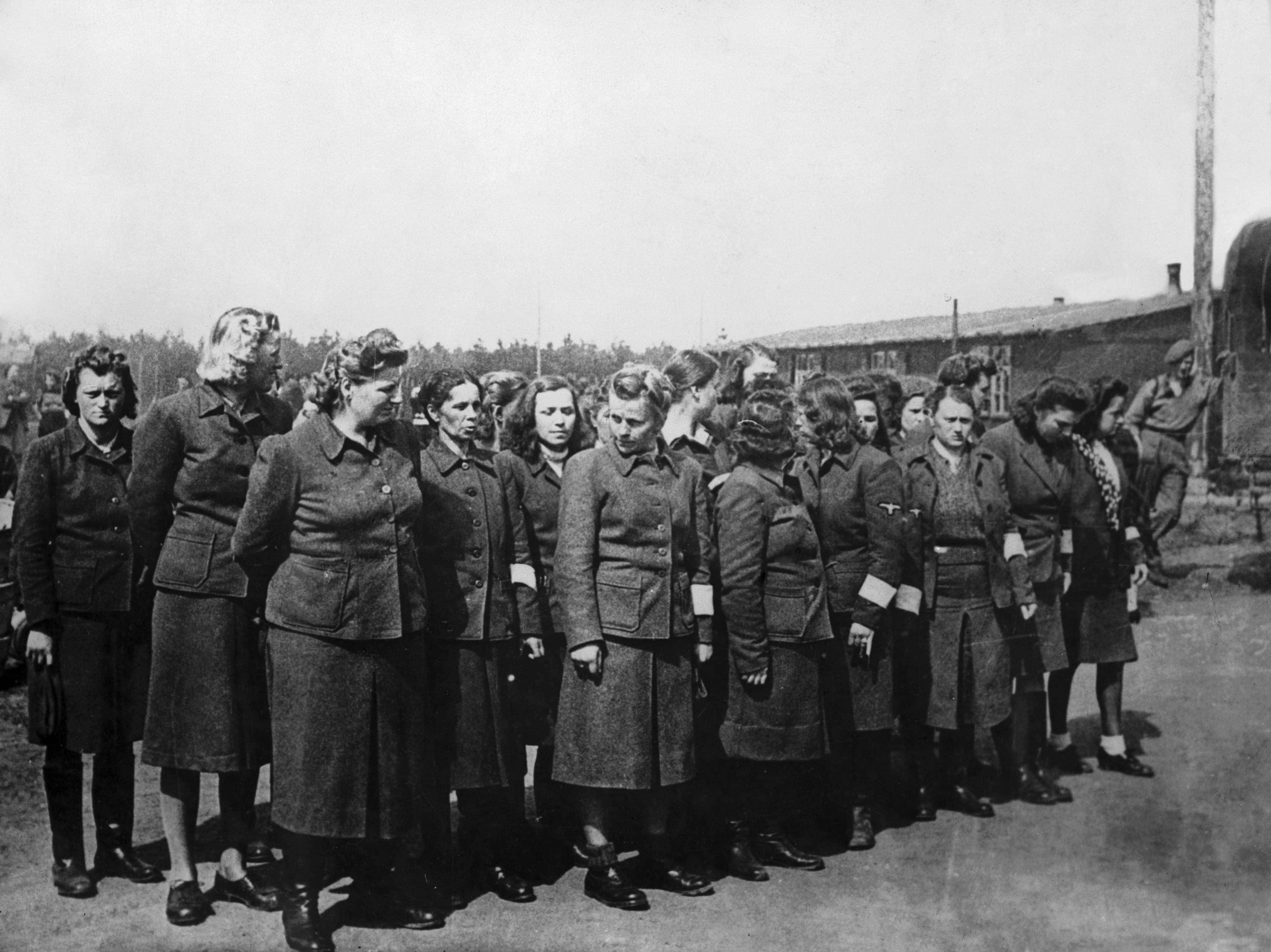
67. Japan's Creative Weaponry
During WWII, the Japanese launched “wind ship weapons": paper and rubberized silk balloons that carried incendiary and anti-personnel bombs to the US. Reaching as far as Michigan, more than 1,000 balloons hit their targets. Only six Americans were killed, though: a group that was on a picnic in Oregon. Still, those deaths served as a jolting reminder for the American public that the war wasn't that far away.
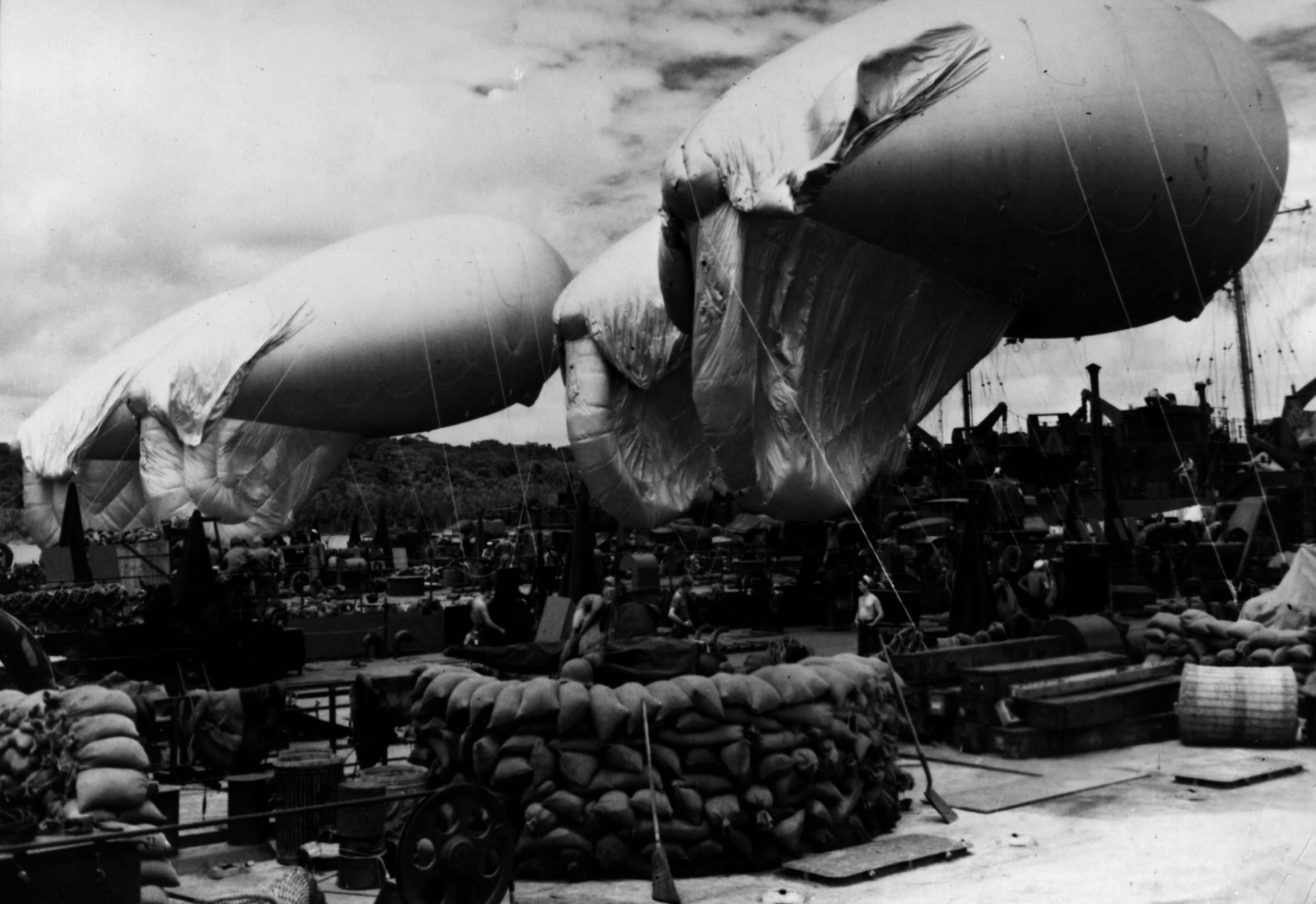
68. Horror Museum
In the case that their genocide of the Jewish people was fully carried out, the German high command had a plan. They intended to collect thousands of Jewish artifacts, in order to build a "Museum of An Extinct Race" after the war was won.
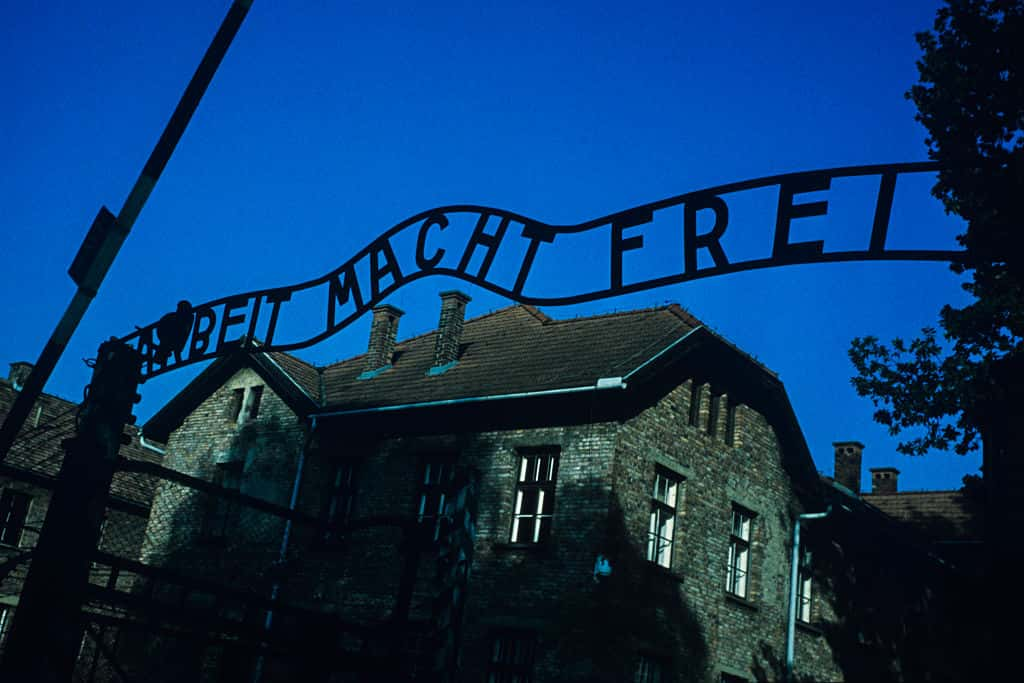
69. What The Germans Had Planned For Moscow
The official German plan for Moscow, should they succeed in taking it, was to kill all surviving residents and cover the decimated city with an artificial lake.
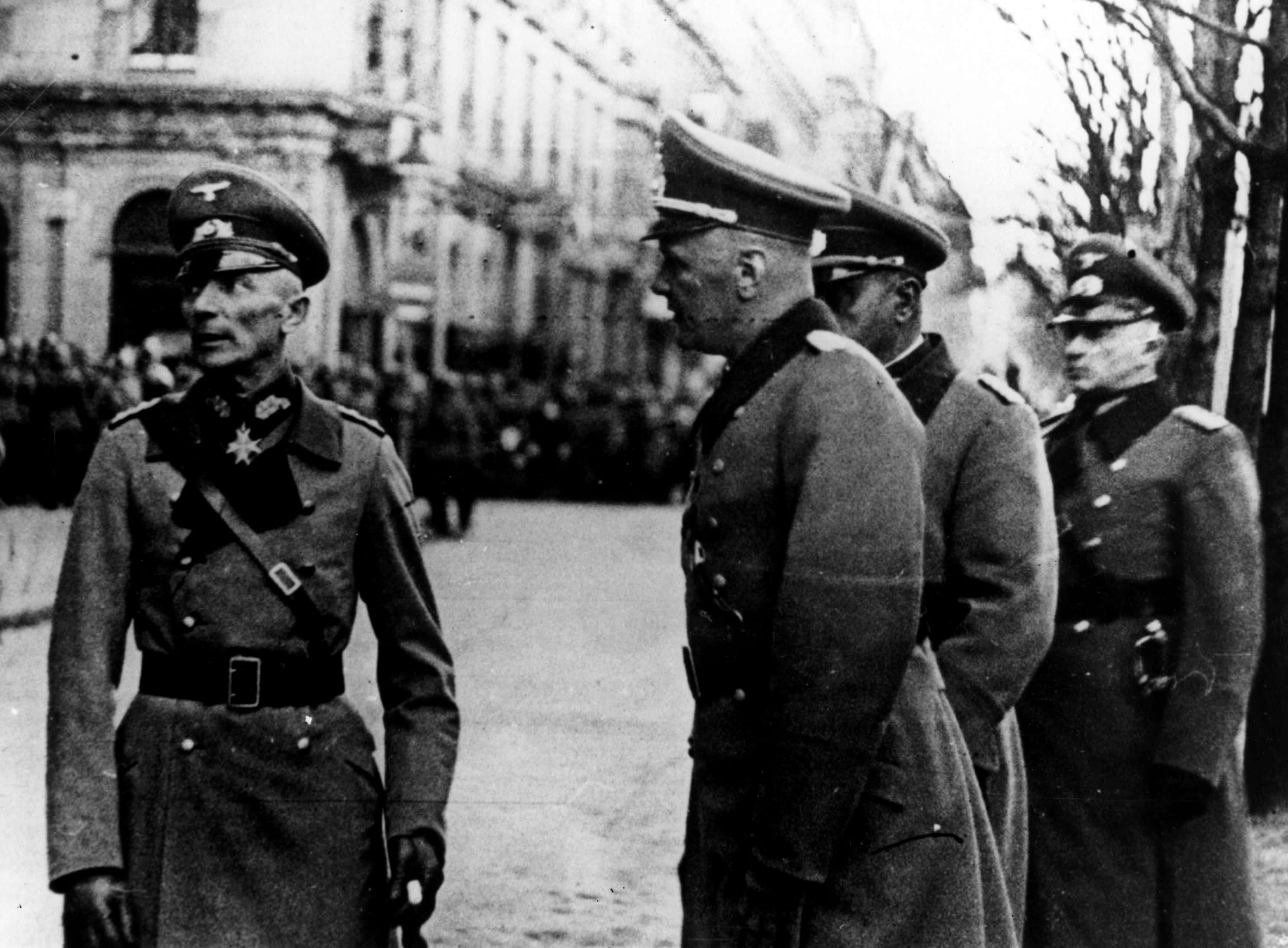
70. They Were Pirates Too
The Nazis weren't especially creative. Even the Sieg Heil march, which was used to pump up the faithful at the infamous party rallies, was stolen. The song was based on the Harvard University "fight song" which had been used for years at the school. We're betting that's an association that Harvard doesn't appreciate.
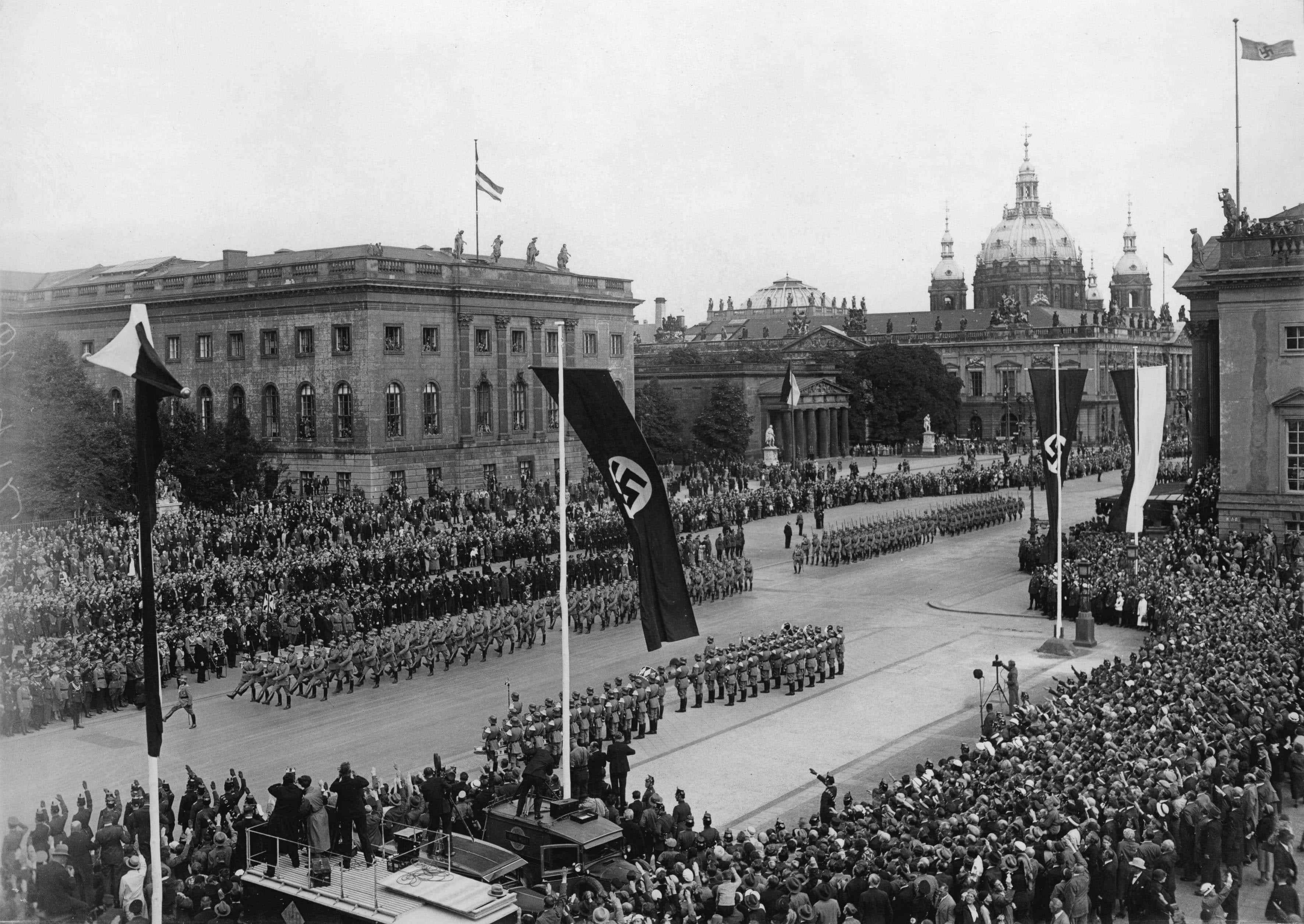
71. Anne Frank's Story
Anne Frank's death is tragic any way you look at it, but there's one detail that makes it even more upsetting: she died just one month before the liberation of her concentration camp, Bergen-Belsen.
72. Gone
The Third Reich kidnapped children across Europe who looked Aryan and relocated them to Germany. An estimated 400,000 children were abducted from Europe, with half of those children coming from Poland. The children who did not pass the racial purity test were sent to concentration camps.
73. Never Give Up! Never Surrender!
A Japanese soldier named Hiroo Onoda hid in the jungle on the Pacific island of Lubang where he held out for 29 years, refusing to believe that the war was over. The man who found him, Norio Suzuki, was traveling around the world to look for (in his own words) “Lieutenant Onoda, a panda, and the Abominable Snowman, in that order.” Suzuki returned to Japan with Onoda’s story, which immediately became a sensation.
Embarrassed, the Japanese government located Onoda’s commanding officer, Major Yoshimi Taniguchi—who had since become a bookseller. Taniguchi flew to Lubang and relieved Onoda of his duties, much to the relief of the locals; Onoda had harassed them for thirty years as part of his misguided effort to help Japan win the war.
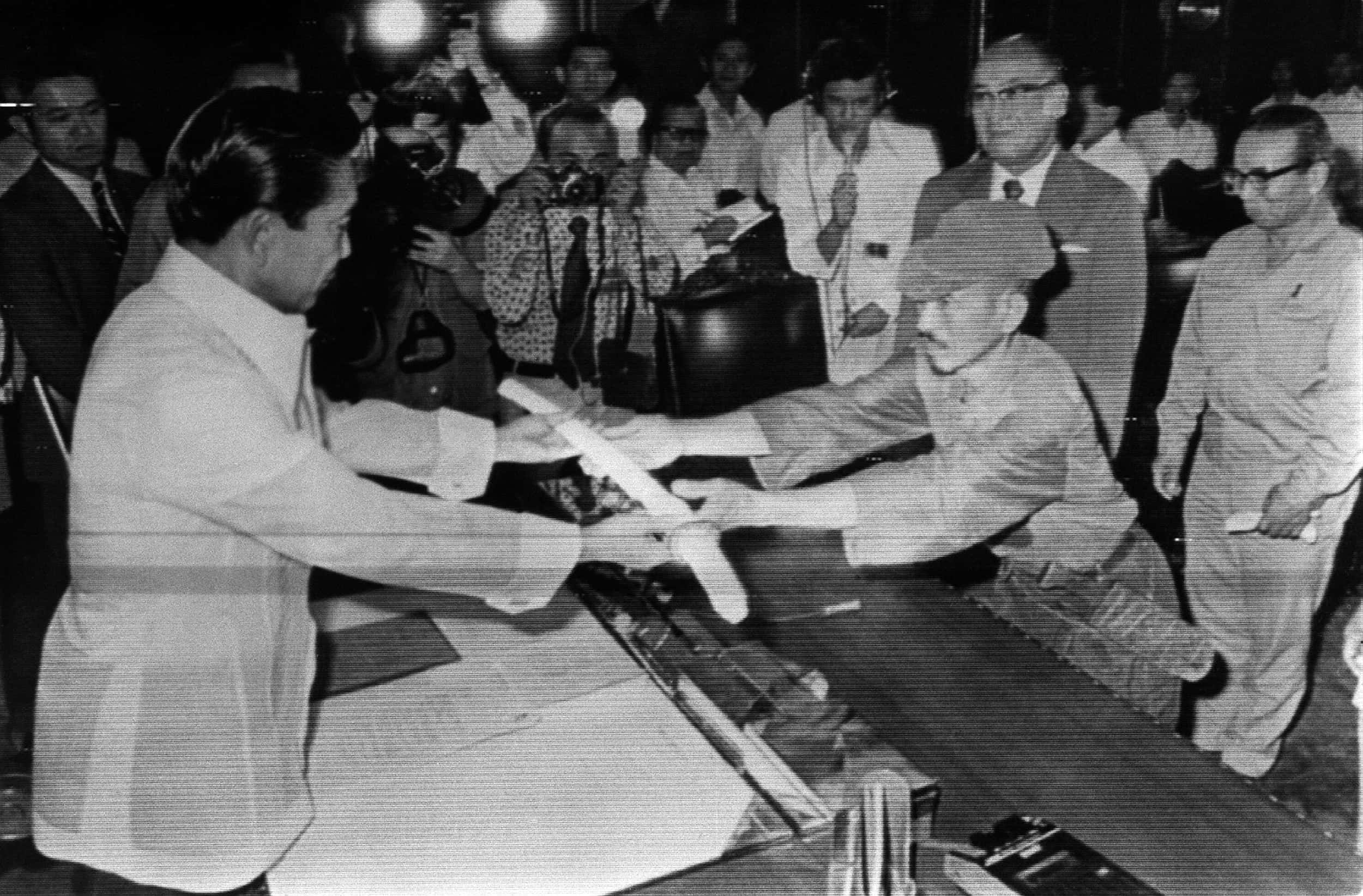
74. The Atomic Bombs Weren't The Only Atrocious Attacks
Five months before the atomic bombs hit Japan, more than 300 US B-29 bombers launched one of the most devastating air raids in history. By dawn on March 10, 1945, more than 100,000 people were dead. A million were now homeless, and 40 square kilometers of Tokyo lay in ashes. Shockingly, more people died in the Tokyo firebombing than in the atomic bombings of Hiroshima and Nagasaki combined.
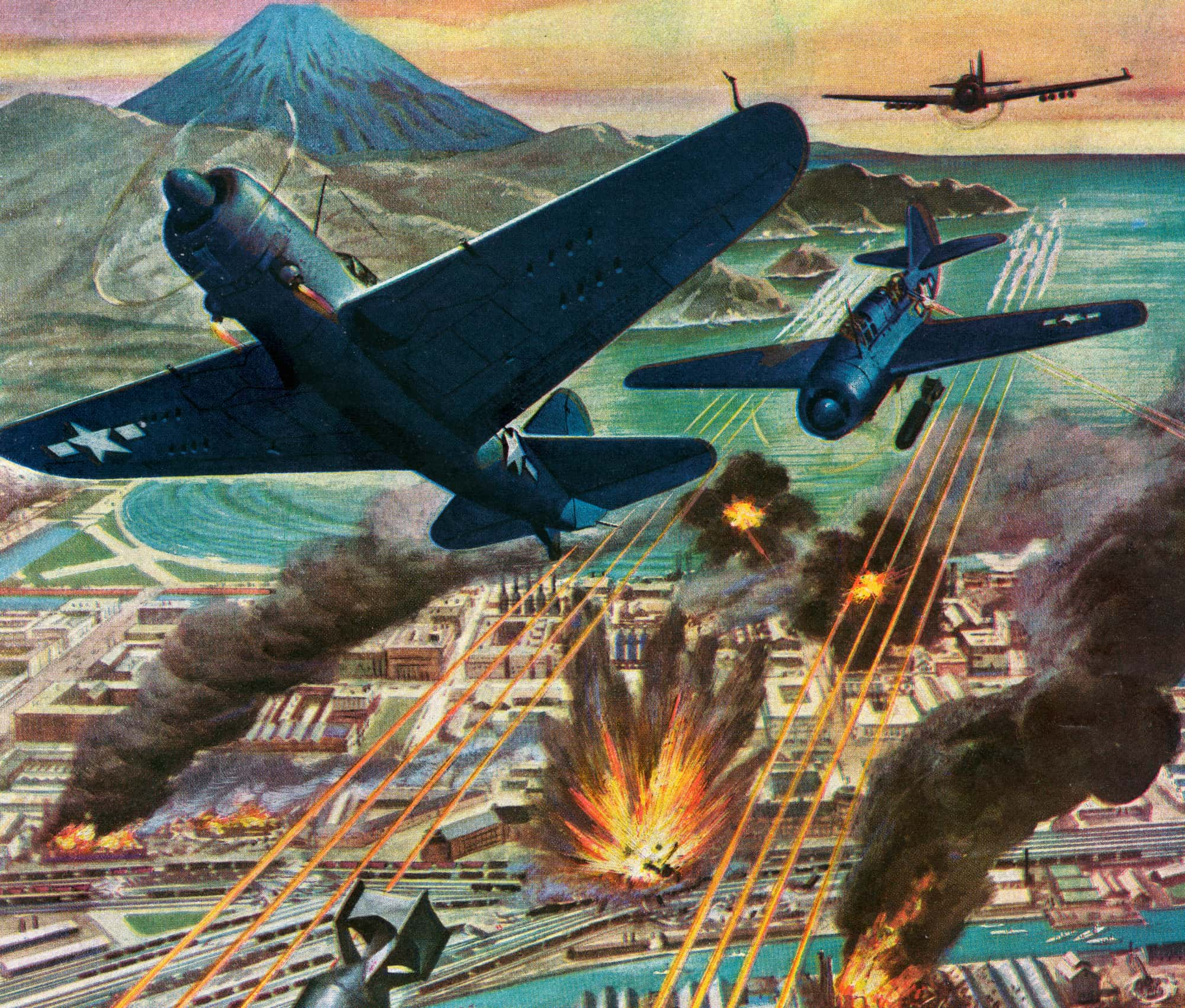 GettyImages
GettyImages
75. Churchill's War
Not long after the war ended, the publishing world was abuzz with the release of a best-selling history of the conflict, known simply as The Second World War. The author of that particular blockbuster? None other than Winston Churchill himself. The series is generally regarded as one of the finest early histories of World War 2...although its not without criticism. Primarily, that Churchill may well have been more than a little biased in his account of the war.
In fairness, Winston himself was aware of the conflict of interest. As he once wrote, "I will leave judgments on this matter to history—but I will be one of the historians."
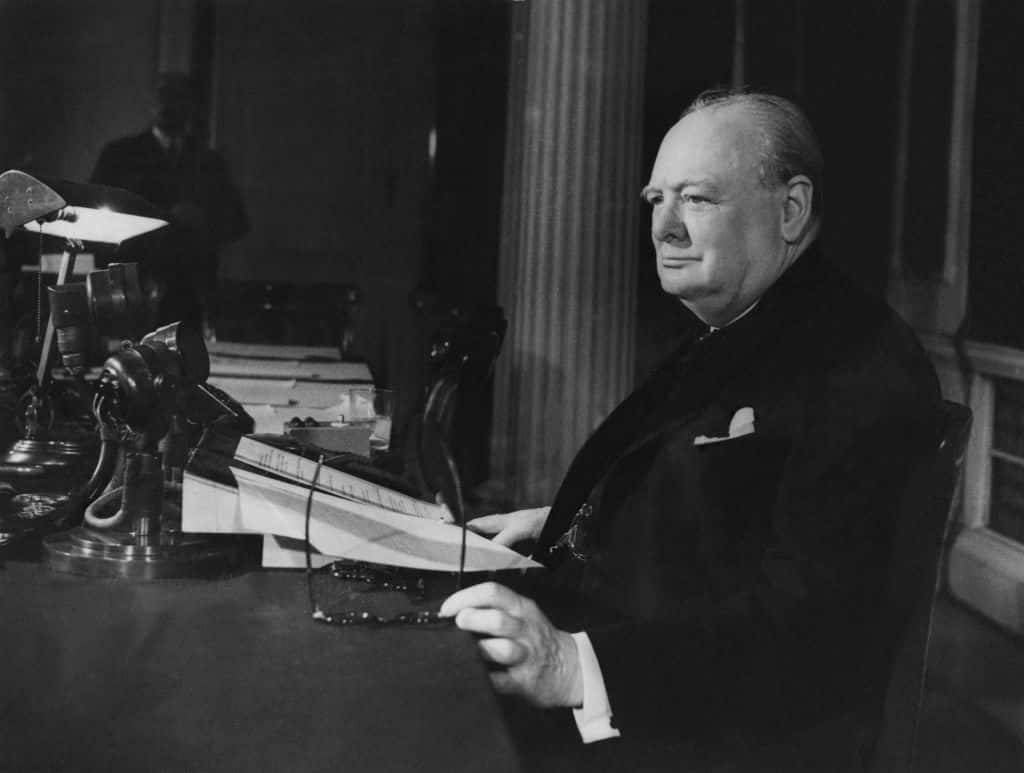 Getty Images
Getty Images
76. The Truth About Kamikaze Pilots
One of the more surprising facts about World War 2: most kamikaze pilots died in vain. Despite their terrifying reputation, only one in nine kamikaze pilots hit their targets during WW2. That doesn't mean they weren't effective, though. There were 7,000 Allied casualties as a direct result of kamikaze attacks—compare that to the 3,800 Japanese pilots who died carrying out those assaults.
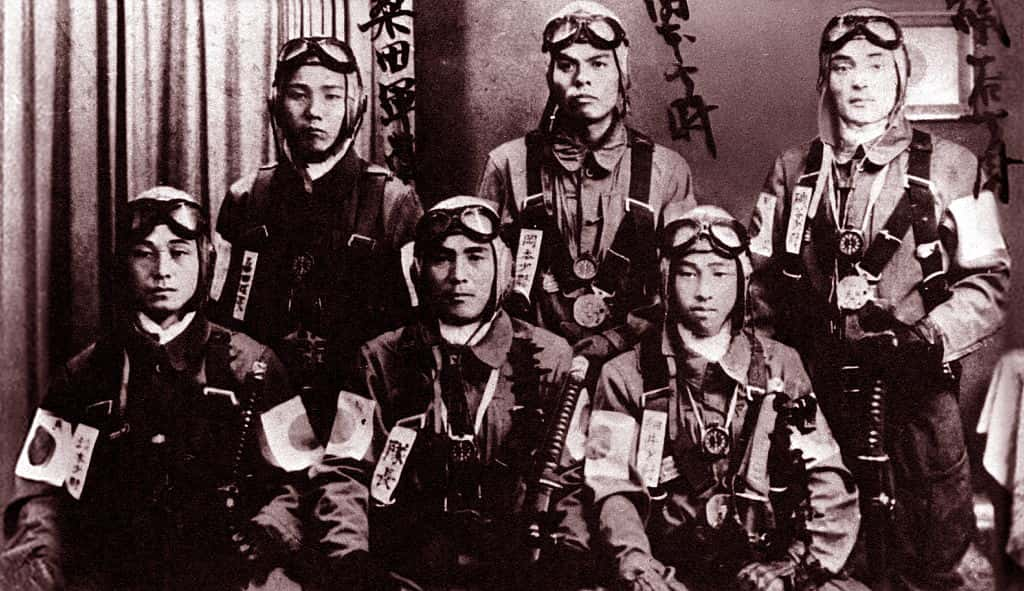
77. The Western Front Wasn't Everything
The Western Front, which stretched through much of Europe, gets a lot of attention when we discuss the war. But it wasn't where all the action happened— far from it. For every five German soldiers who died in the war, four died on the Eastern Front.
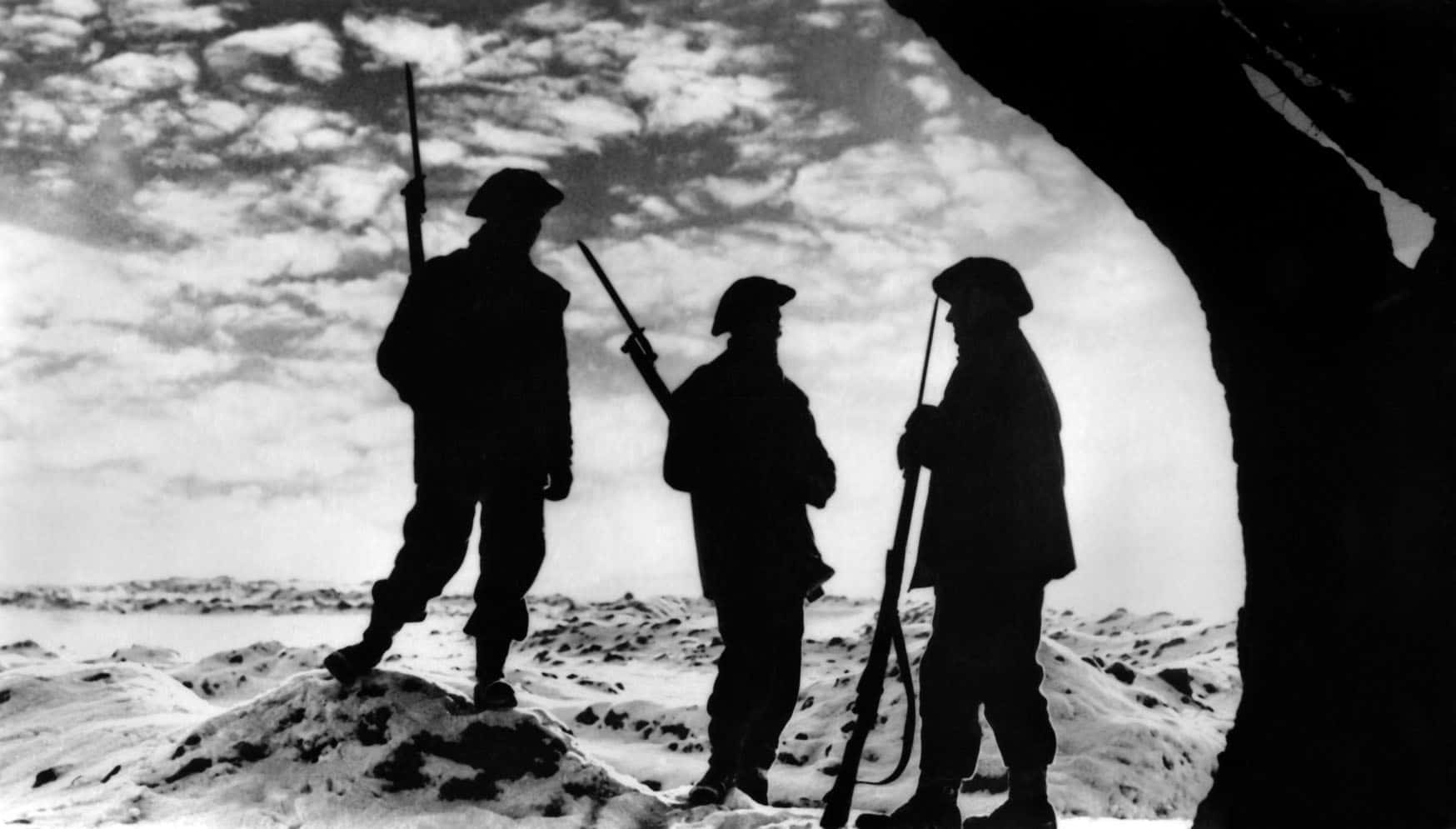
78. Radioactive Land?
Hiroshima and Nagasaki are no longer radioactive, mostly because the bombs didn't actually touch the ground. Both weapons detonated miles above their targets, thereby avoiding even more severe radioactive contamination. Not that it prevented utter tragedy for millions of Japanese citizens.

79. In The End
In one of the last battles of WW2, American and German soldiers fought together as allies against an SS division to defend an Austrian castle.
 Steve J. Morgan/Wikimedia Commons
Steve J. Morgan/Wikimedia Commons
80. High Body Count
The Napoleonic Wars were an especially brutal series of conflicts, particularly when it came to casualties. While there’s no definite number on how many soldiers and civilians were killed during that time period, it’s been determined that between three and five million people lost their lives over a span of just under 12.5 years.
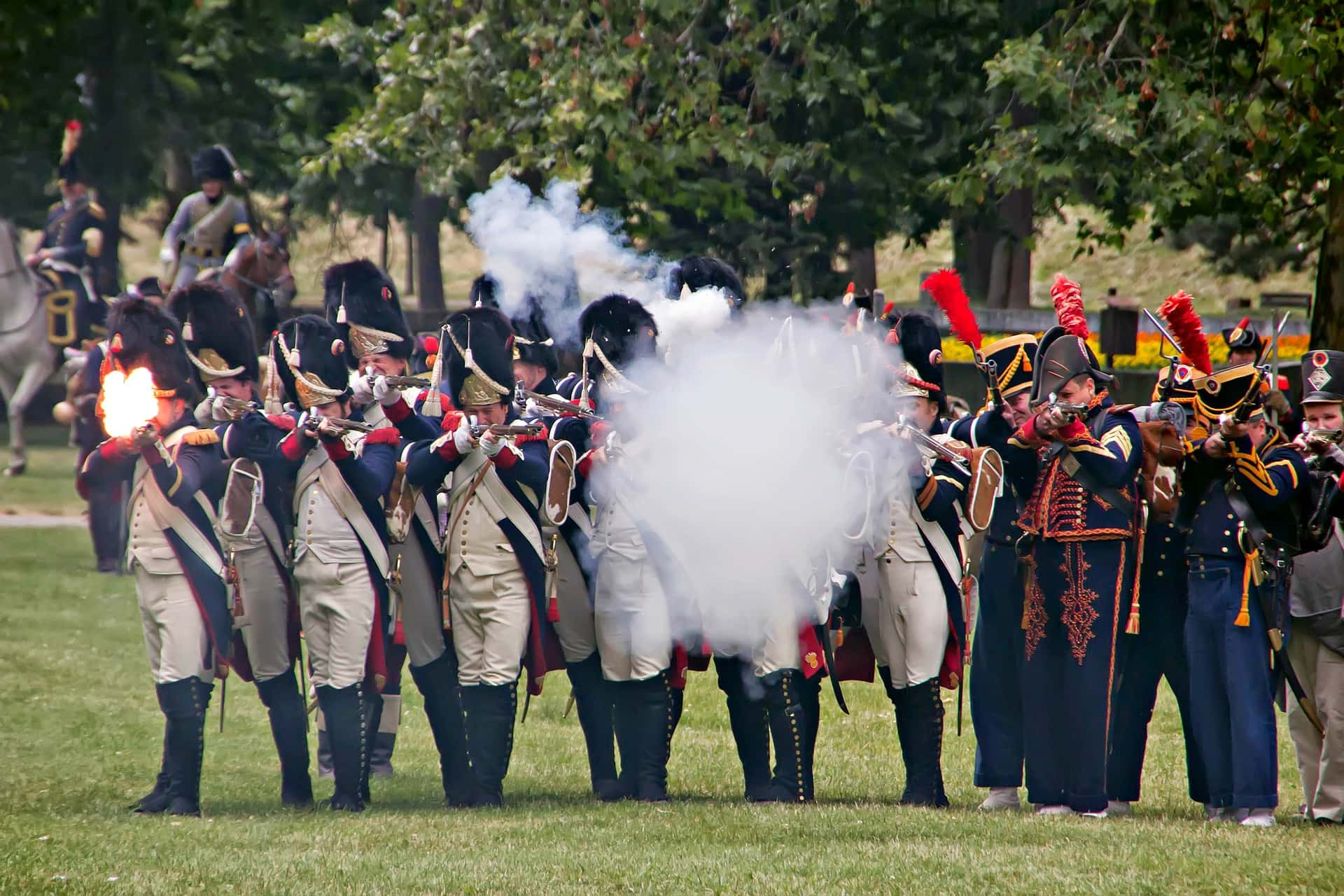 Pixabay
Pixabay
81. What Happened to One and Two?!
As you can imagine, the French Revolution had terrified other European nations, and the rise of Napoleon led to several of those nations teaming up to bring him down. The Napoleonic Wars are usually split up into five sub-categories based on the coalitions formed to oppose France. Confusingly, they are referred to as the Third Coalition, the Fourth, the Fifth, the Sixth, and Seventh.
82. The Fun Starts at Eighteen
The War of the Third Coalition, and thus the Napoleonic Wars, began on May 18, 1803. Britain declared war on France that day, ending the Treaty of Amiens which had been keeping the peace since 1802. Meanwhile, the end of the Napoleonic Wars is often given as November 20, 1815.
83. Which One was Greater?
Some of you might remember that the First World War was sometimes referred to as “the Great War” by writers and historians. However, this was a confusing title for those at the time, because before World War One, the Napoleonic Wars had been referred to as “the Great War” by the British. This overlap was part of the reason why the term “First World War” was coined.
84. Nepotist Bonaparte
During Napoleon’s conquests, he would install loyal men on the thrones of conquered nations. These client rulers often comprised of Napoleon’s siblings. Joseph Bonaparte was made the King of Spain and Jerome Bonaparte became the King of Westphalia. Napoleon’s sister Caroline and her husband were given the Kingdom of Naples, while he awarded the Principality of Lucca and Piombino to his sister Elisa and her husband.
85. Let’s Go Tropical!
One of the many nations invaded by French armies during this time period was Portugal. Because of the occupation, the Portuguese moved their capital city from Lisbon to Rio de Janeiro in Brazil (which was still a Portuguese colony back then). Rio remained Portugal’s official capital city for thirteen years.
 Pixabay
Pixabay
86. Hey! That was Our War!
The Napoleonic Wars weren’t just contained in Europe. Many historians in Europe consider the War of 1812 to be a subsidiary war in response to the Napoleonic Wars, since it was carried out when British ships interfered with American shipping to Europe. Canadian and American historians, of course, prefer to think of the War of 1812 as their own war.
87. Inspiring Classic Literature
Two of the most famous Russian authors of all time wrote novels either set during the Napoleonic Wars, or feature characters who personally experienced that time period. Leo Tolstoy’s War and Peace, often called his masterpiece, takes place during Napoleon’s invasion of Russia. Meanwhile, Fyodor Dostoyevsky’s novel The Idiot features a character who was active during that same era.
88. The High-Water Mark
Napoleon’s greatest military accomplishment is widely considered to be the Battle of Austerlitz. On the 2nd of December 1805, Napoleon faced a combined army led by Russian Tsar Alexander I and Holy Roman Emperor Francis II. This has led Austerlitz to be referred to as “The Battle of the Three Emperors.” Unfortunately for Russia and the Holy Roman Empire, their combined strength wasn’t enough to thwart Napoleon.
The allies lost 36,000 soldiers to inflict just 9,000 French casualties. The battle effectively ended the Third Coalition, and nearly all of Western Europe came under Napoleon’s control.
89. Make Lemonade
Despite the incredible triumph that the Battle of Austerlitz was for Napoleon, it was actually the result of a major setback earlier that same year. Napoleon had been set to invade Britain, using a combined French and Spanish fleet. Before that could be done, however, Admiral Horatio Nelson and the Royal Navy defeated that fleet at the Battle of Trafalgar on October 21, 1805.
90. Death and Destruction
One of the bloodiest days of the Napoleonic Wars took place during Napoleon’s infamous invasion of Russia (more on that later). The Battle of Borodino was fought by 250,000 soldiers in all, with more than 70,000 of them becoming casualties that day.
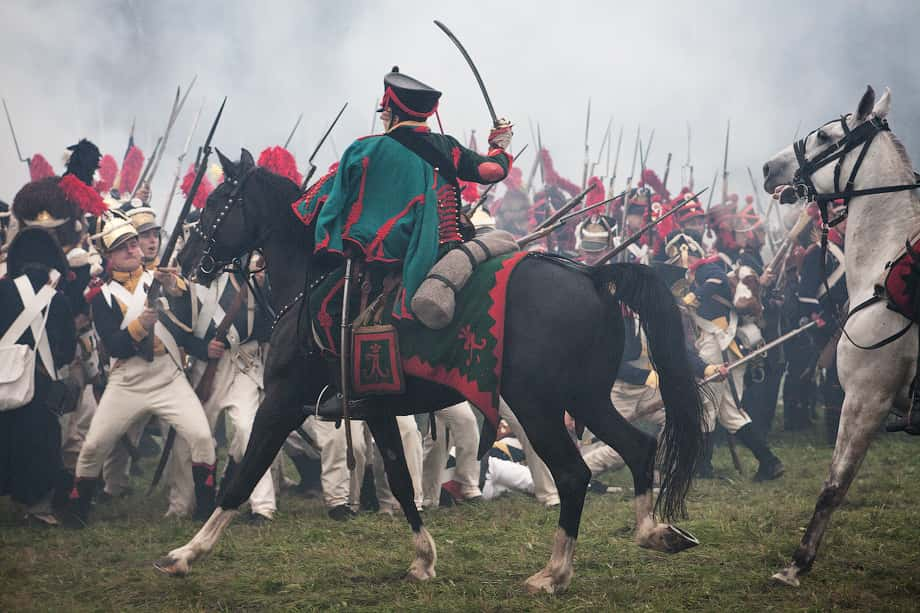 Flickr, Victor Troynov
Flickr, Victor Troynov
91. They Also Included 10,000 Uruk-Hai
In 1812, Napoleon's power was at its peak, despite any success that the British were having in Portugal and Spain. It was that year when Napoleon assembled the Grande Armée, the largest army the world had ever seen. The Grande Armée consisted mostly of Frenchmen, Poles, and Germans, along with several other nationalities who were allied to Napoleon at the time.
The exact number has been lost to history, but it may have been more than one million men strong at one point!
92. If Only They’d Had Twitter
In April 1814, the Duke of Wellington led an allied army of British, Spanish, German, and Portuguese soldiers against a French army outside of Toulouse. By the end of the battle, losses totaled around 3,000 French soldiers and 5,000 allied troops. There was a tragic irony of this battle, however: Napoleon had already been driven back to Paris by northern European forces and forced to surrender.
The Battle of Toulouse was, in the grand scheme of things, a thoroughly pointless battle.
93. I Double Dare You!
Even after all the bloodshed of previous years, Napoleon still drew the loyalty of the French military when he returned from exile on the island of Elba. The most famous anecdote about his return involved Napoleon facing down royalist troops at Grenoble. The former Emperor stepped forward, tore his shirt open, and made a courageous cry: “If any of you will shoot his Emperor, here I am.”
Rather than take him up on the offer, the troops joined his side and helped him take power once again.
94. Those Bloody Days
The biggest battle of the Napoleonic Wars was the Battle of Leipzig. Fought over three days in October 1813 in Saxony, it was the first battle that Napoleon ever personally lost. Leipzig is also known as the Battle of the Nations, given its vast scope. More than 600,000 soldiers took part in the fray, firing more than 200,000 rounds of artillery ammunition alone.
The casualty list of 127,000 made the Battle of Leipzig the bloodiest battle ever fought in Europe until World War 1 and World War 2.
95. Endorsed by the Tooth Fairy?
Most people never heard about the chilling business that began in the brutal aftermath of the Battle of Waterloo. As you can imagine, this was in a time where dental health wasn’t at its best, and people often needed false teeth to replace the ones they’d lose. Where to get all those fake teeth? Look no further than the thousands of dead soldiers on the battlefield of Waterloo.
The number of teeth pulled from that battlefield was so significant that English dentists would regularly advertise “Waterloo Ivory” as replacement dentures!
 Pixabay
Pixabay
96. The Rogue Scot
One of the lesser-known British heroes of the Napoleonic Wars was Thomas Cochrane. Nicknamed the “Sea Wolf” by Napoleon himself, Cochrane had a distinguished career in the Royal Navy during the early 19th century. However, this came to an end in 1814, when Cochrane was disgraced and criminally convicted for stock fraud. Escaping from prison, Cochrane went rogue, spending decades organizing and leading the rebel navies of Chile, Peru, Brazil, and Greece as they fought for independence before he was eventually pardoned and reinstated by the British Navy.
Small wonder that his life and legacy went on to inspire the fictional giants Jack Aubrey and Horatio Hornblower!
97. Former Foes
Incredibly, Thomas Cochrane allegedly plotted to free Napoleon from his exile on St. Helena and bring him to South America where he might form a new empire. The plan got as far as a ship being sent, but Napoleon’s ill health and death prevented that plan from being carried out.
98. Bravest of the Brave
One of the most prominent men who served Napoleon as Marshal of the Empire was Michel Ney. Ney gained a reputation for courage which Napoleon himself acknowledged. Ney would fight all across Europe for his Emperor, whether it be in Spain against Wellington, in Russia on that ill-fated invasion, or at Waterloo itself. When Napoleon was dethroned for the second and last time, Ney was sentenced to death for treason, a charge which he hotly denied.
99. Defiant to the End
When the time came for Ney’s execution on December 7, 1815, he refused a blindfold and personally ordered the troops to fire. His last words were: "Soldiers, when I give the command to fire, fire straight at my heart. Wait for the order. It will be my last to you. I protest against my condemnation. I have fought a hundred battles for France, and not one against her...Soldiers, fire!"
100. Winter is Coming
Napoleon’s invasion of Russia has gone down in legend as a story of hubris knocked down to earth. Napoleon’s Grande Armée invaded Russian territory and drove back any and all Russian forces sent against them. However, they rarely got to fight pitched battles, as the Russians fought mostly with scorched-earth and guerrilla tactics. When Napoleon reached Moscow, he couldn't believe what he found: the burned and abandoned ashes of a capital.
He waited in the capital for peace talks to be sent, but after a month, he realized that the Russians weren’t in retreat; they were waiting. By the time that the Grande Armée left Moscow, the Russian Winter was already starting up—which spelled doom for the Grande Armée.
 Shutterstock
Shutterstock
101. Hell is Frozen, and It Exists on Earth!
It’s hard to exaggerate the disaster which was Napoleon’s Russian campaign. In between the harrowing winter weather and skirmishes with Russian forces following them, the Grande Armée lost up to 530,000 men to battle, starvation, disease, desertion, or the cold. Witnesses reported many cases of cannibalism, as well as men choosing suicide by lying down in the snow and letting sleep overcome them.
By the time that Napoleon’s forces left Russian territory, they were down to 27,000 men! To add insult to injury, Russian historians and writers of the time considered that year to have been a mild winter. We can just imagine what their enemies would have had to say about that!


